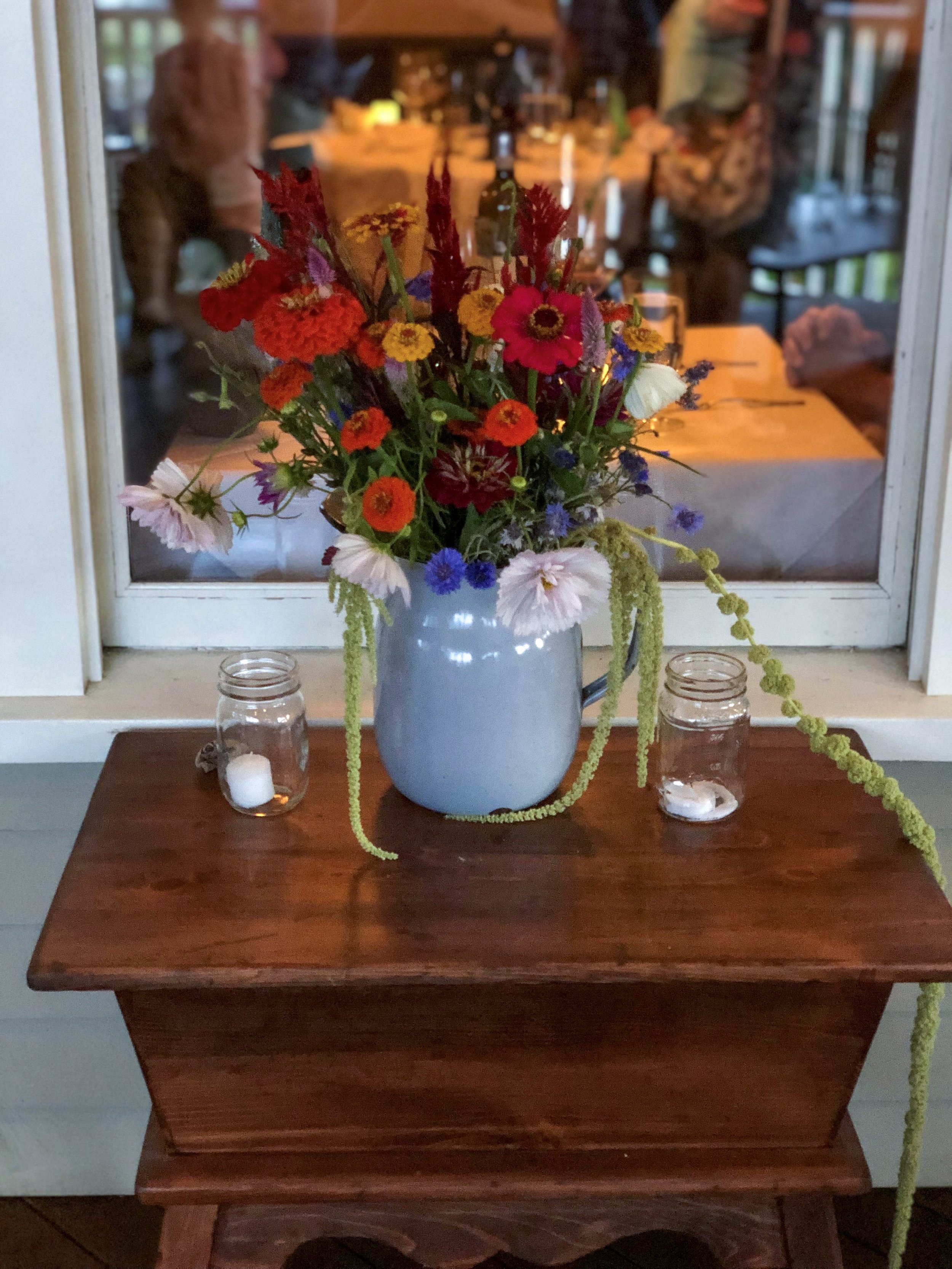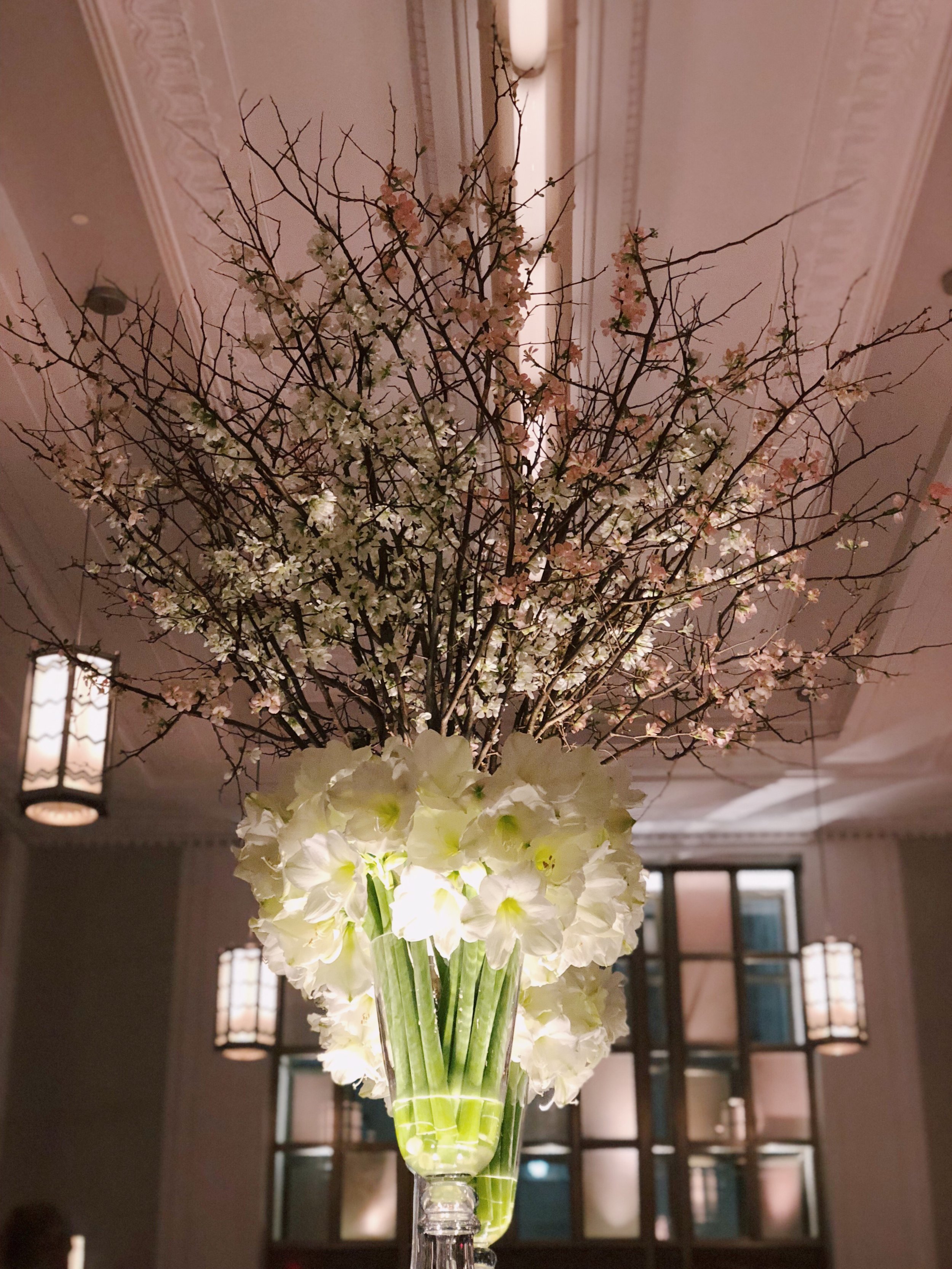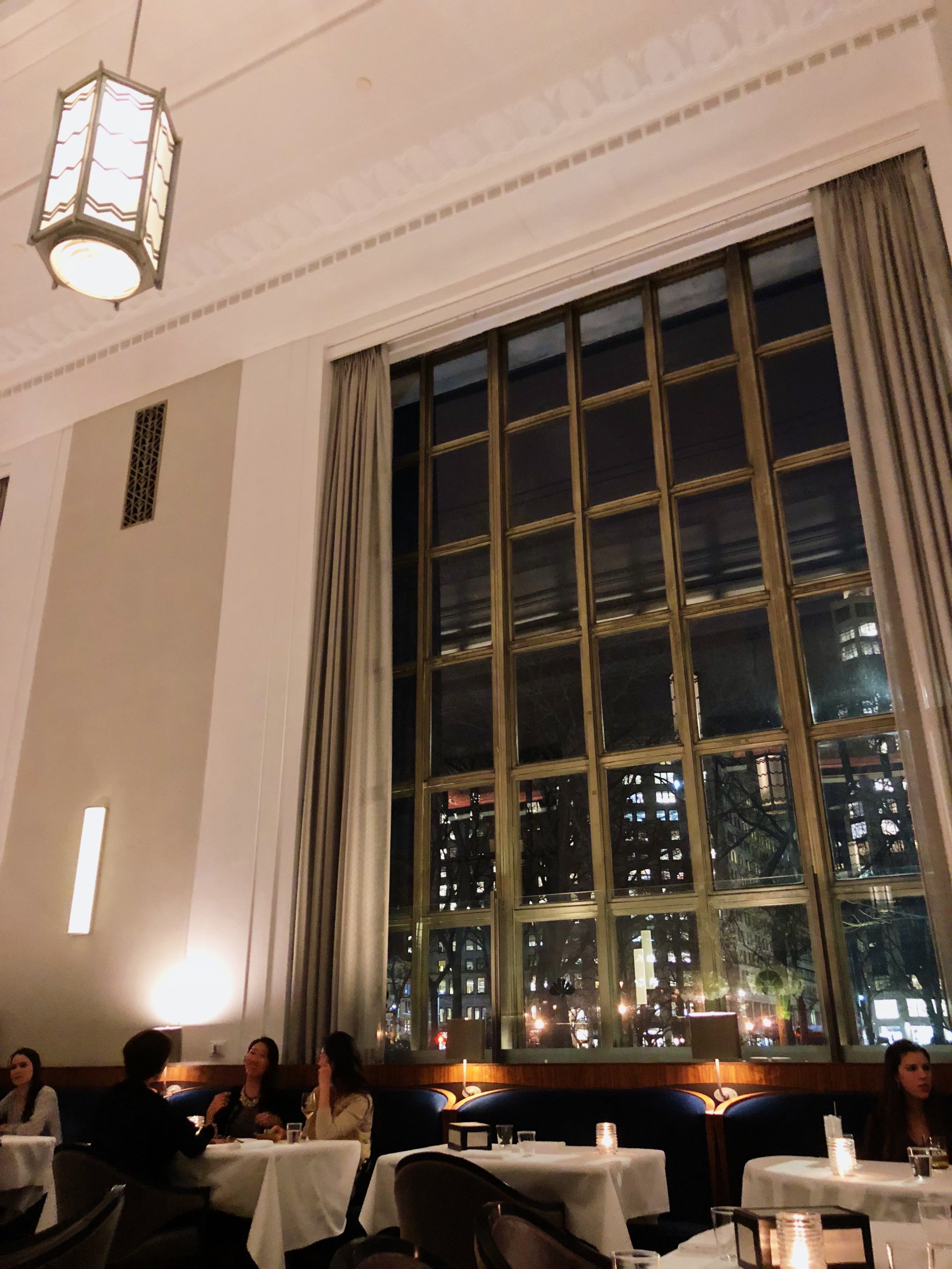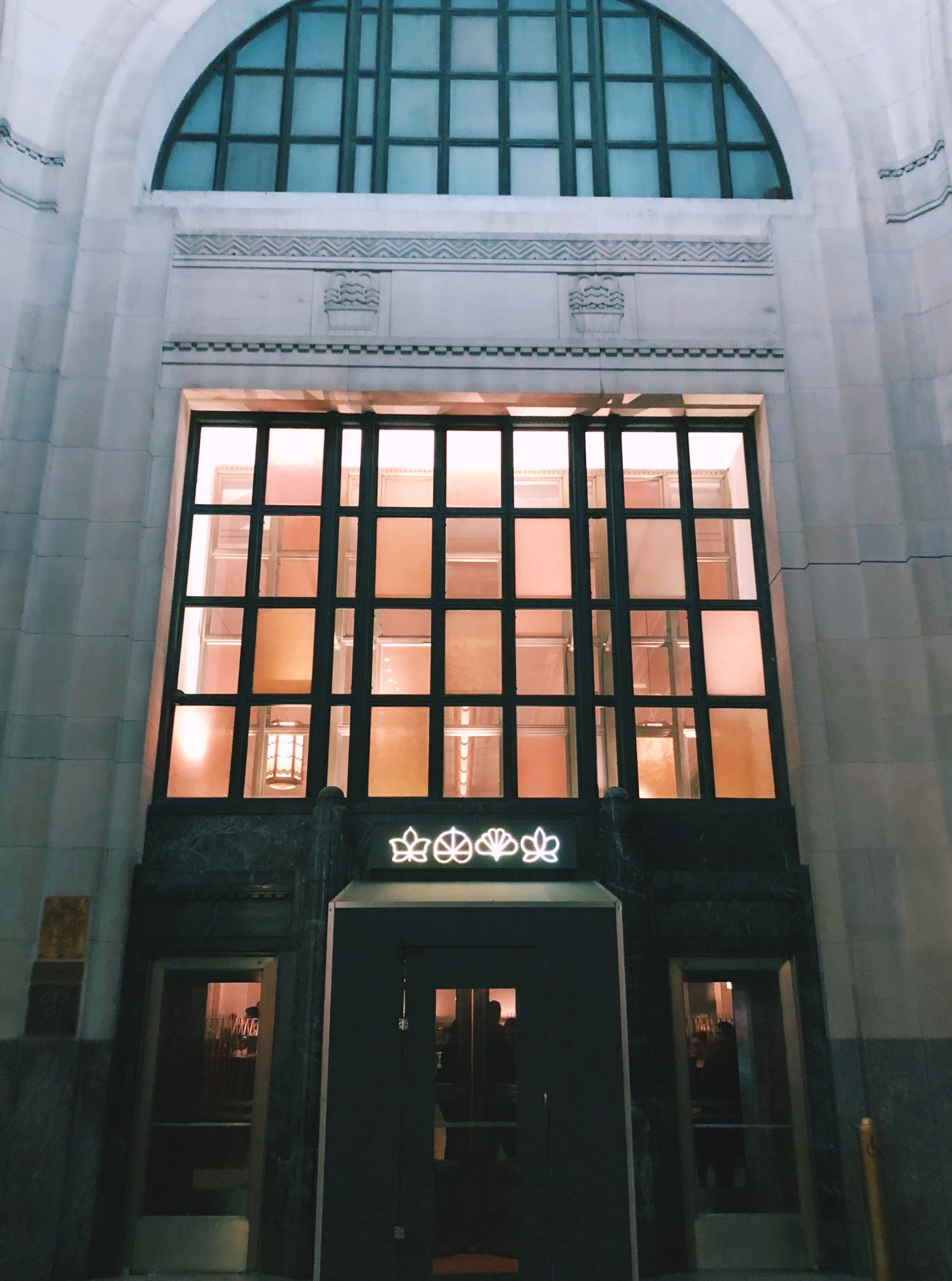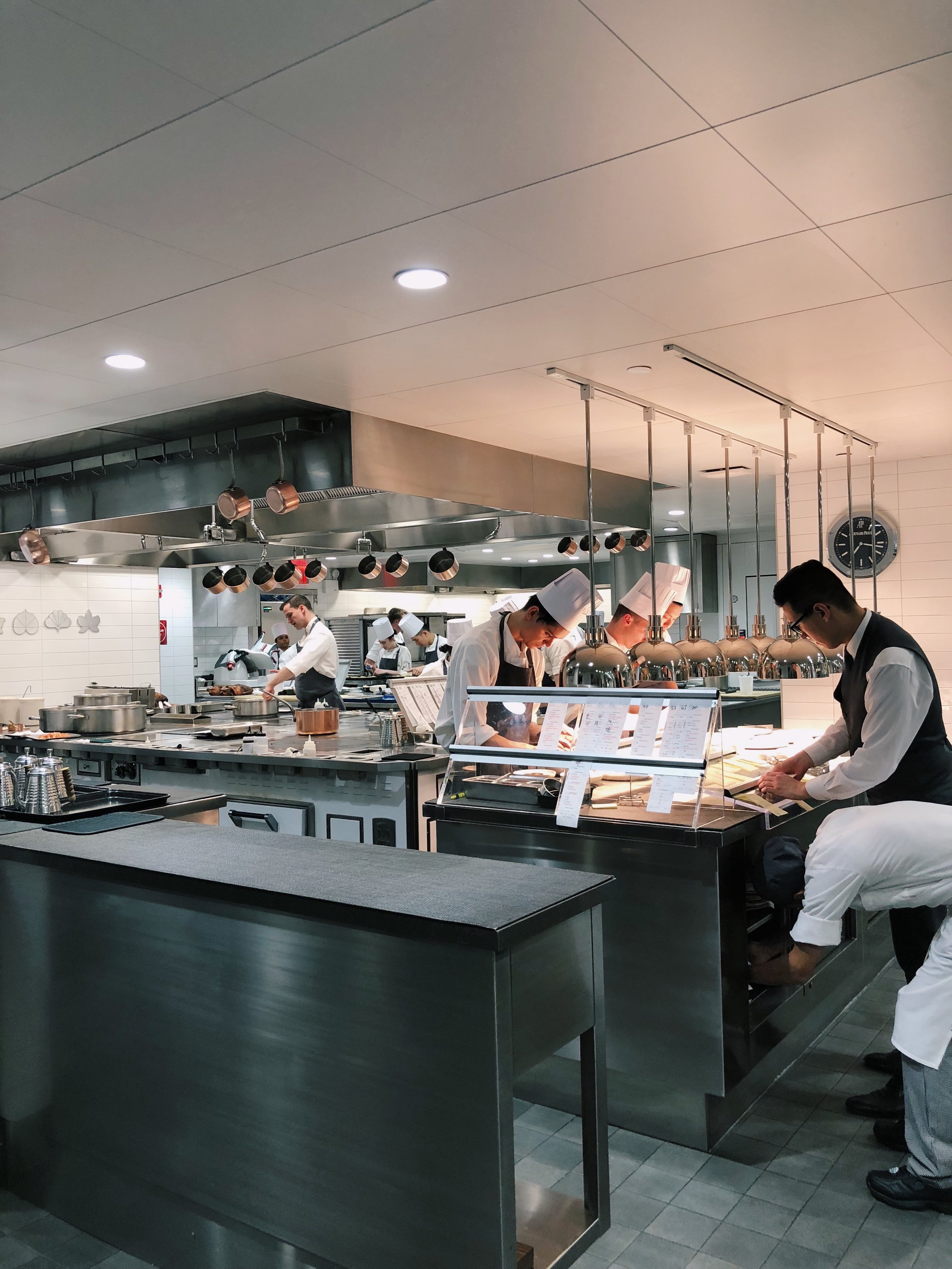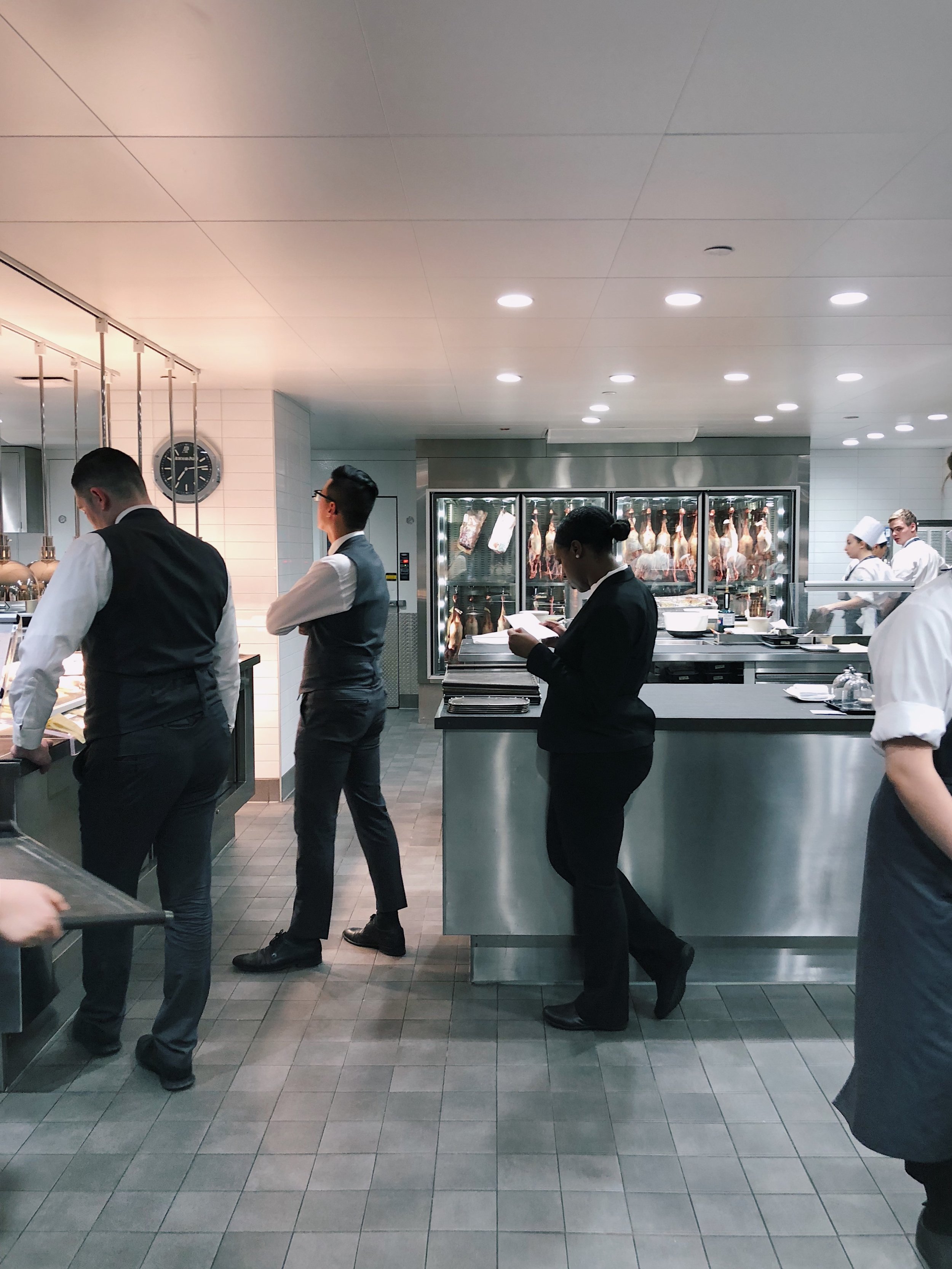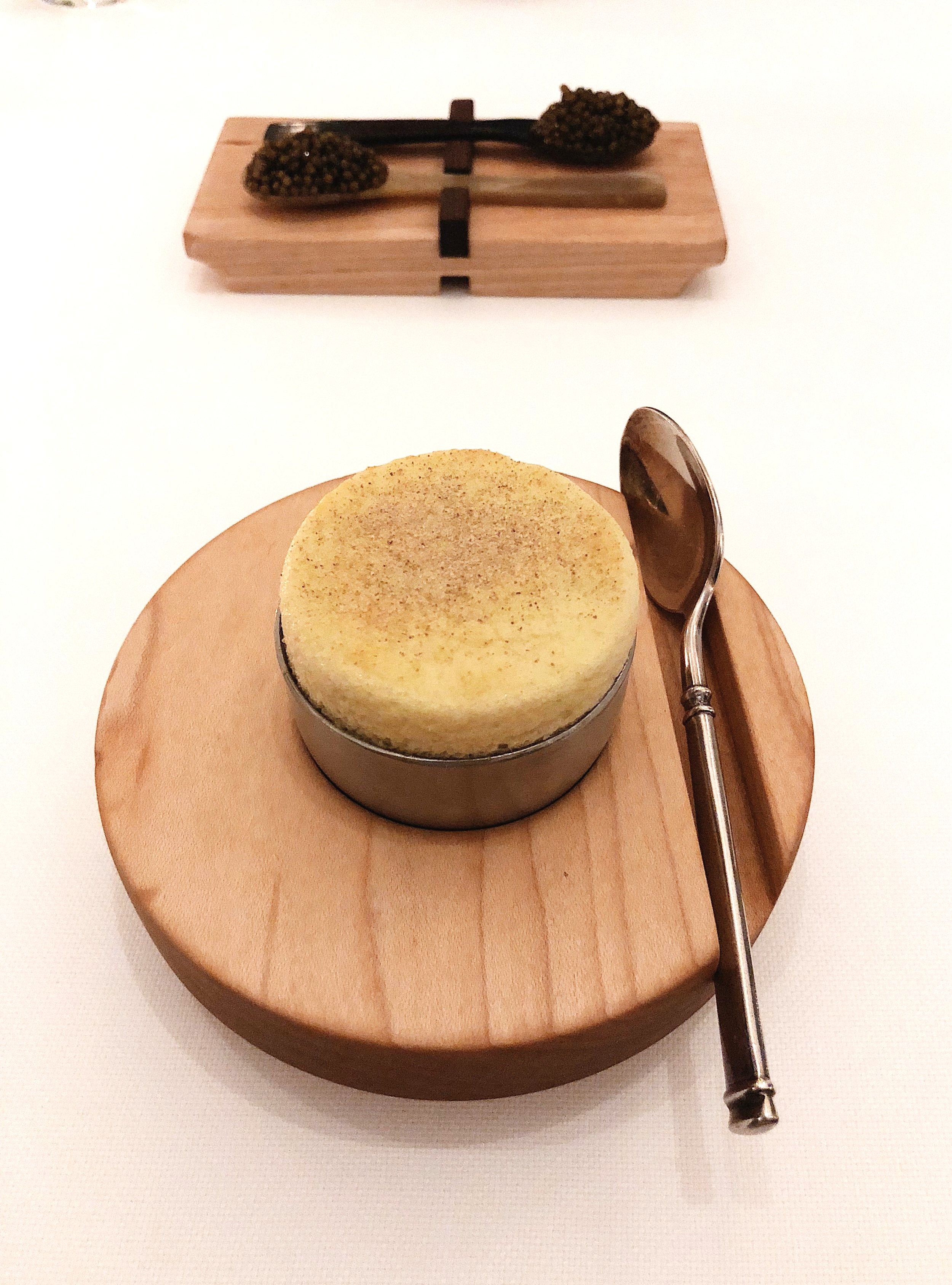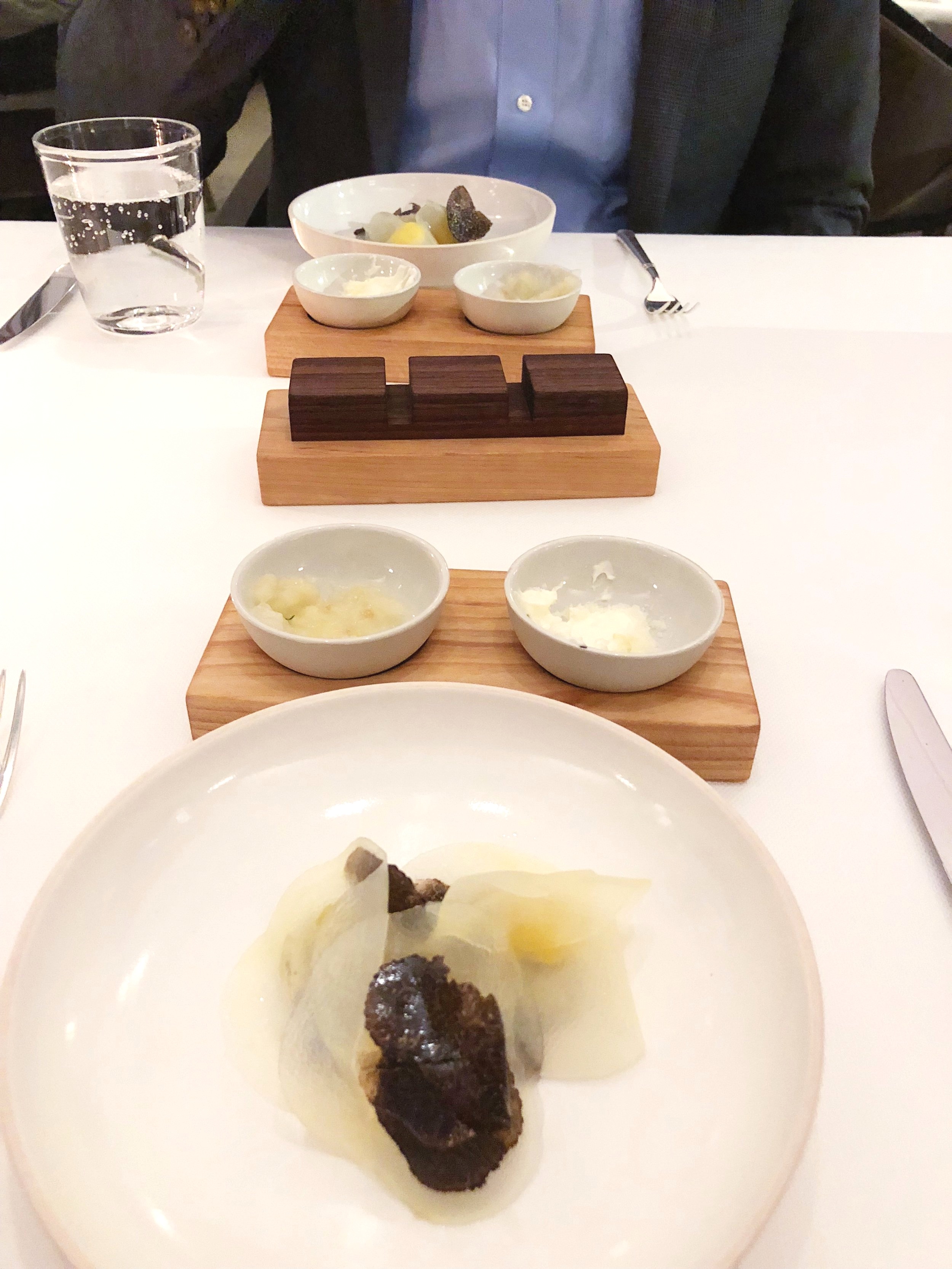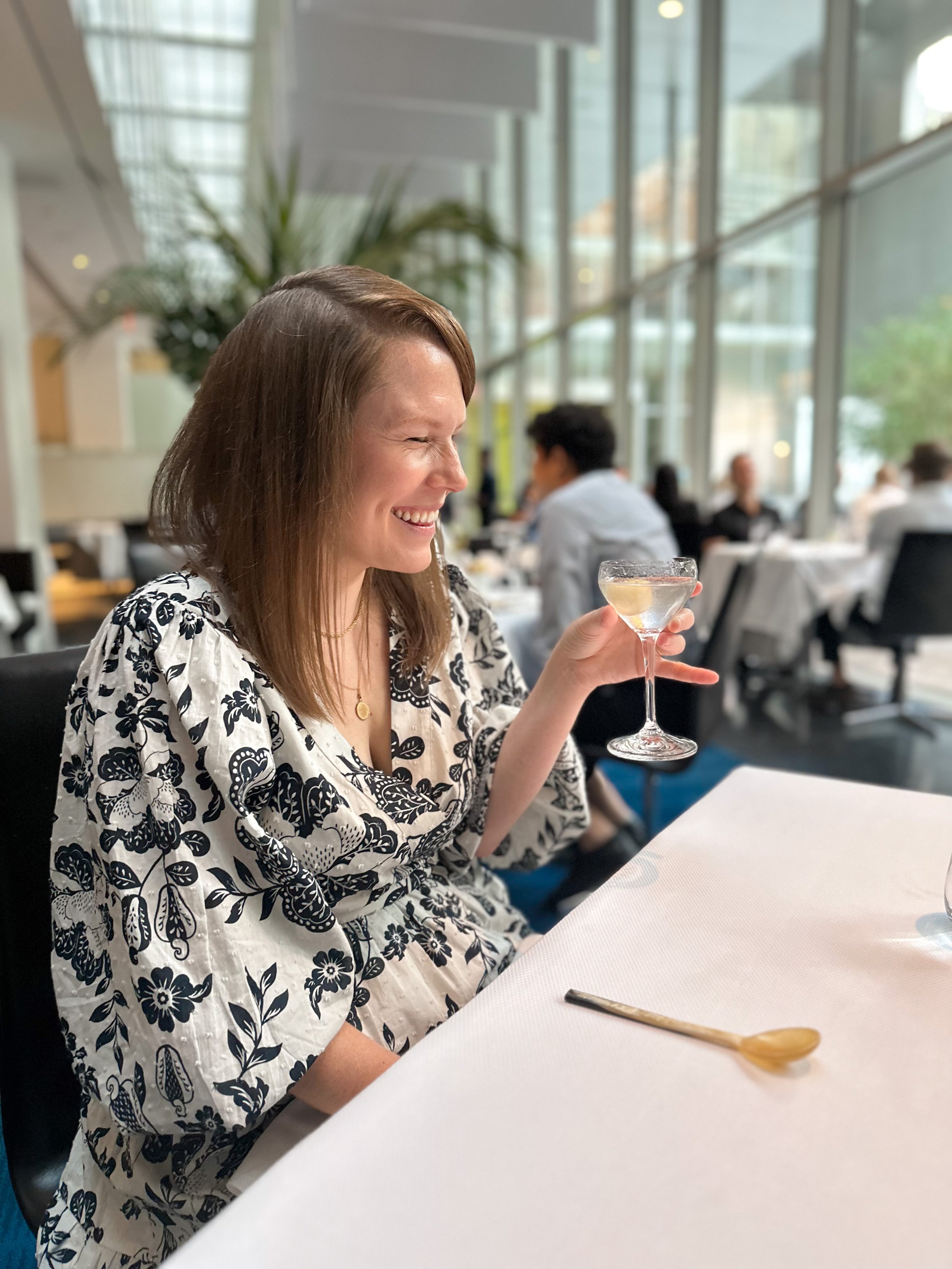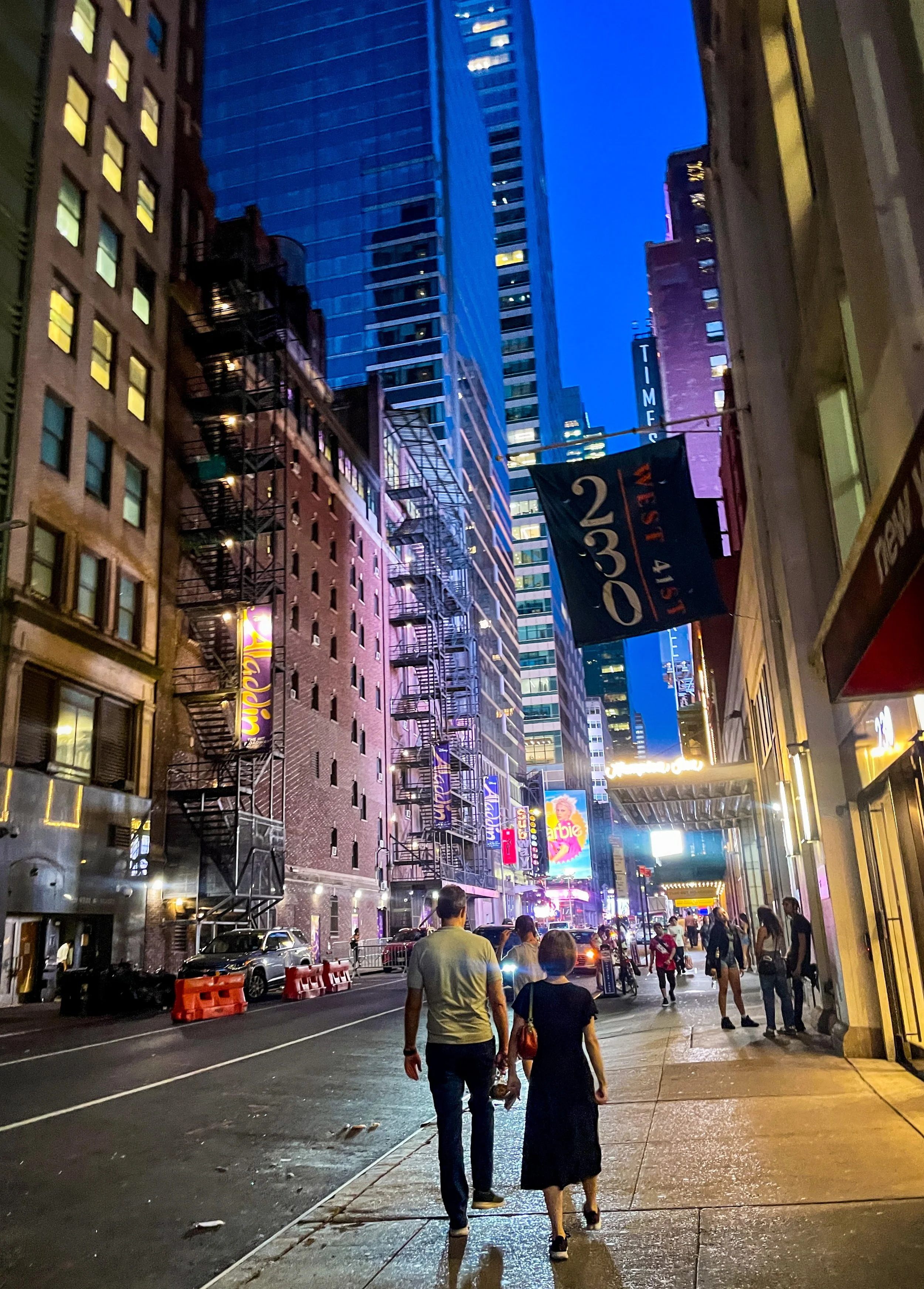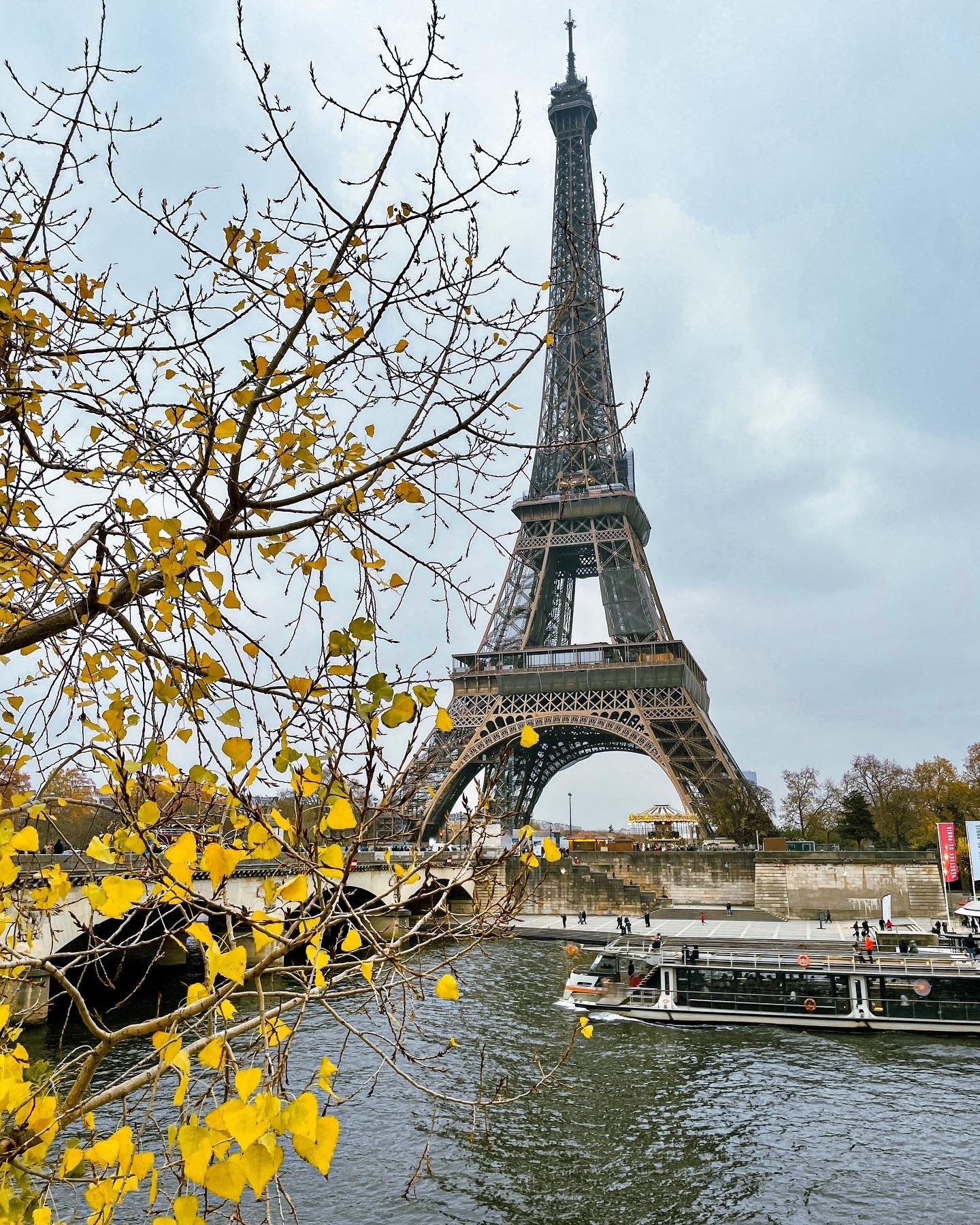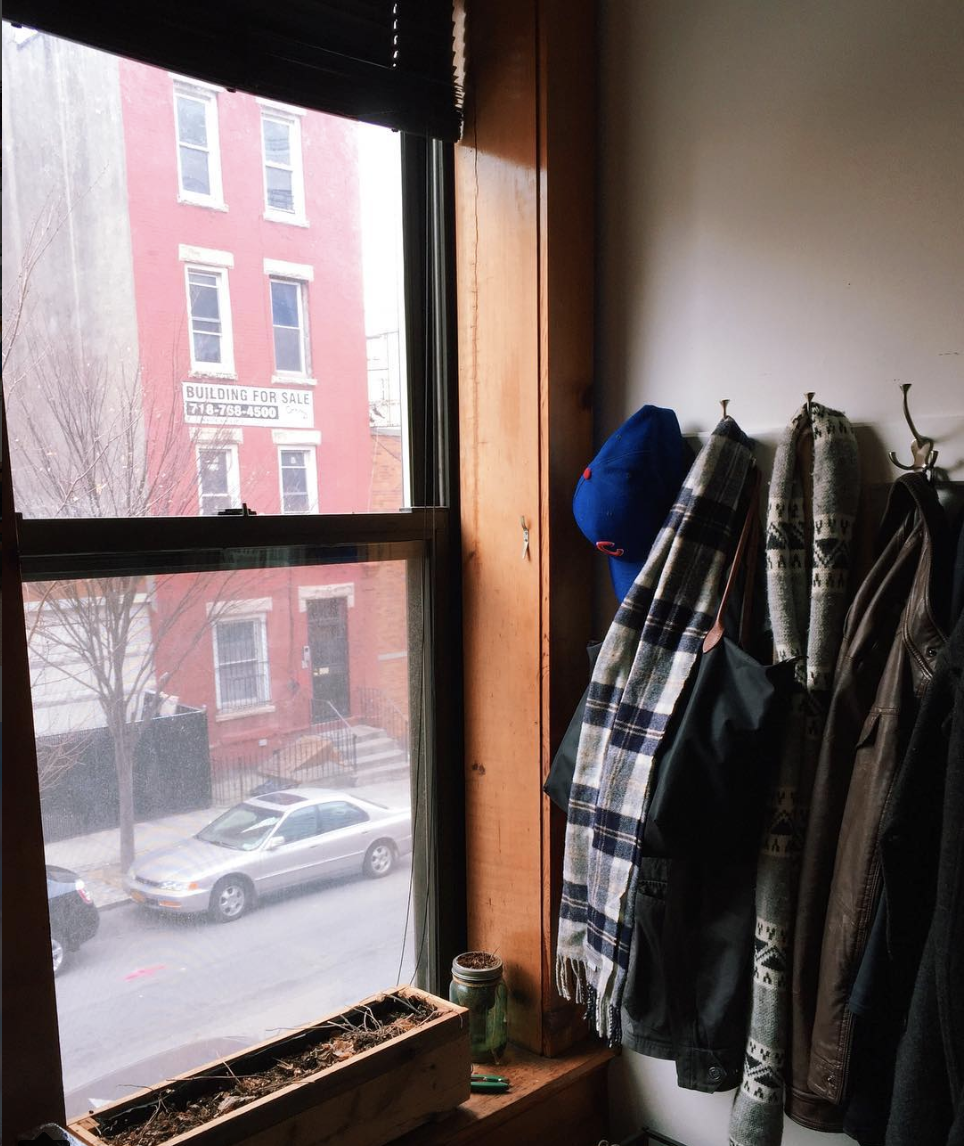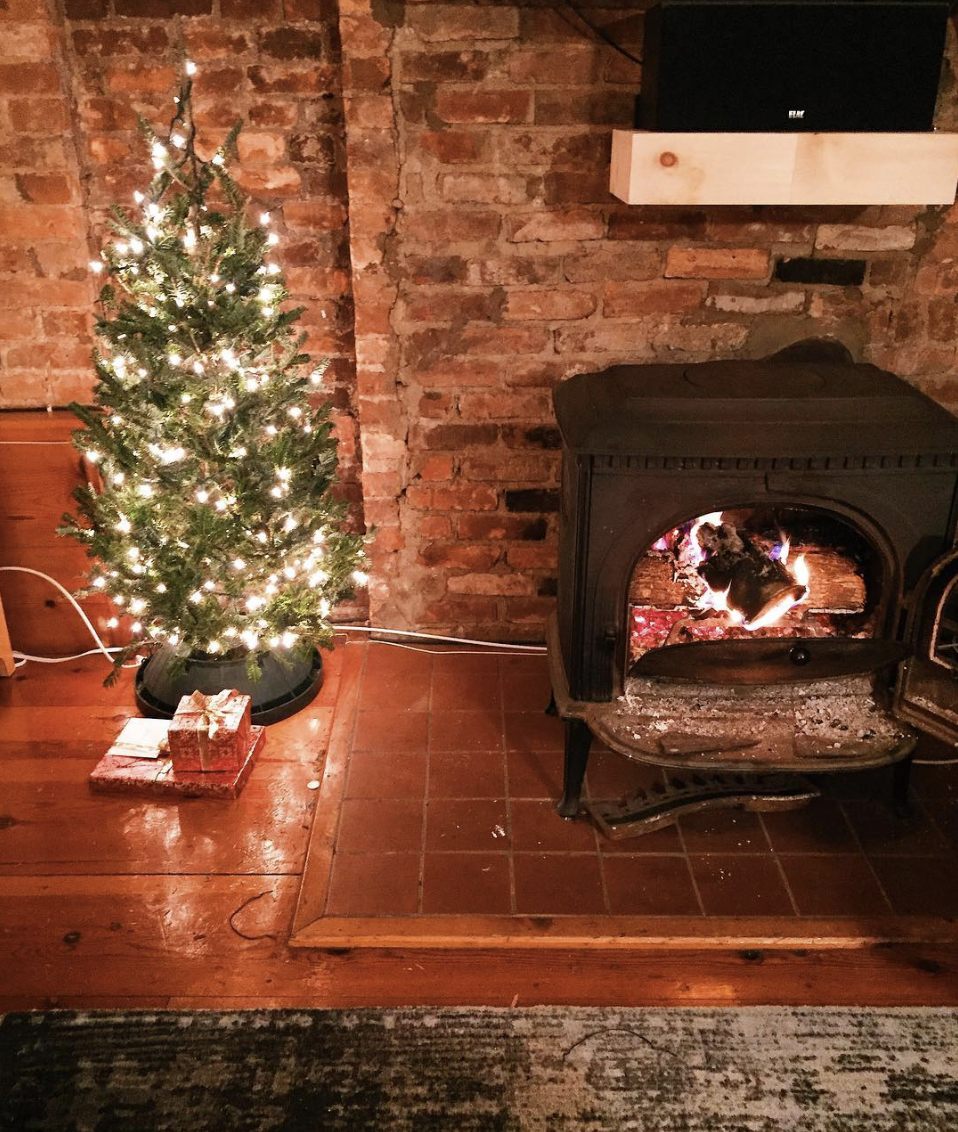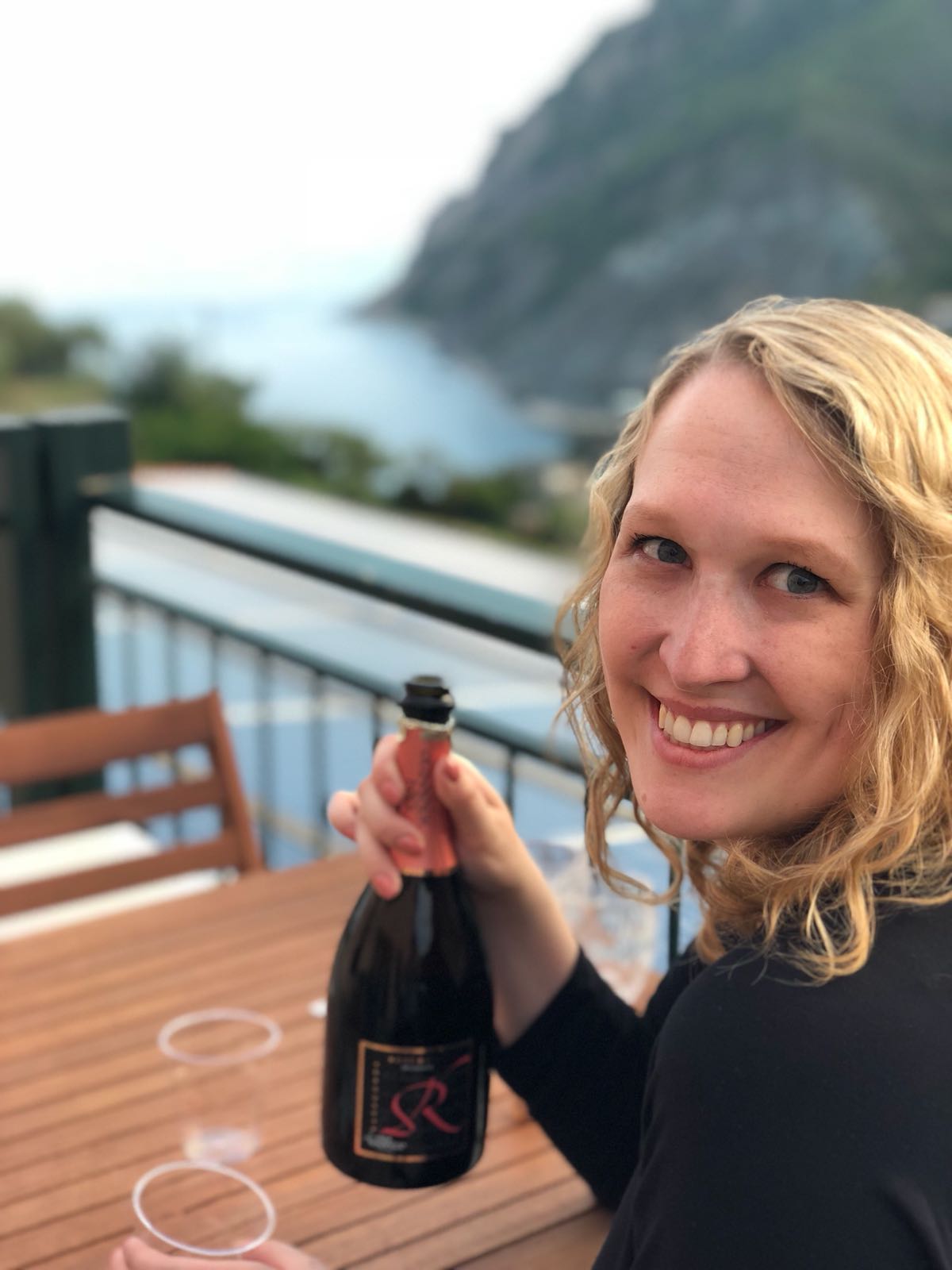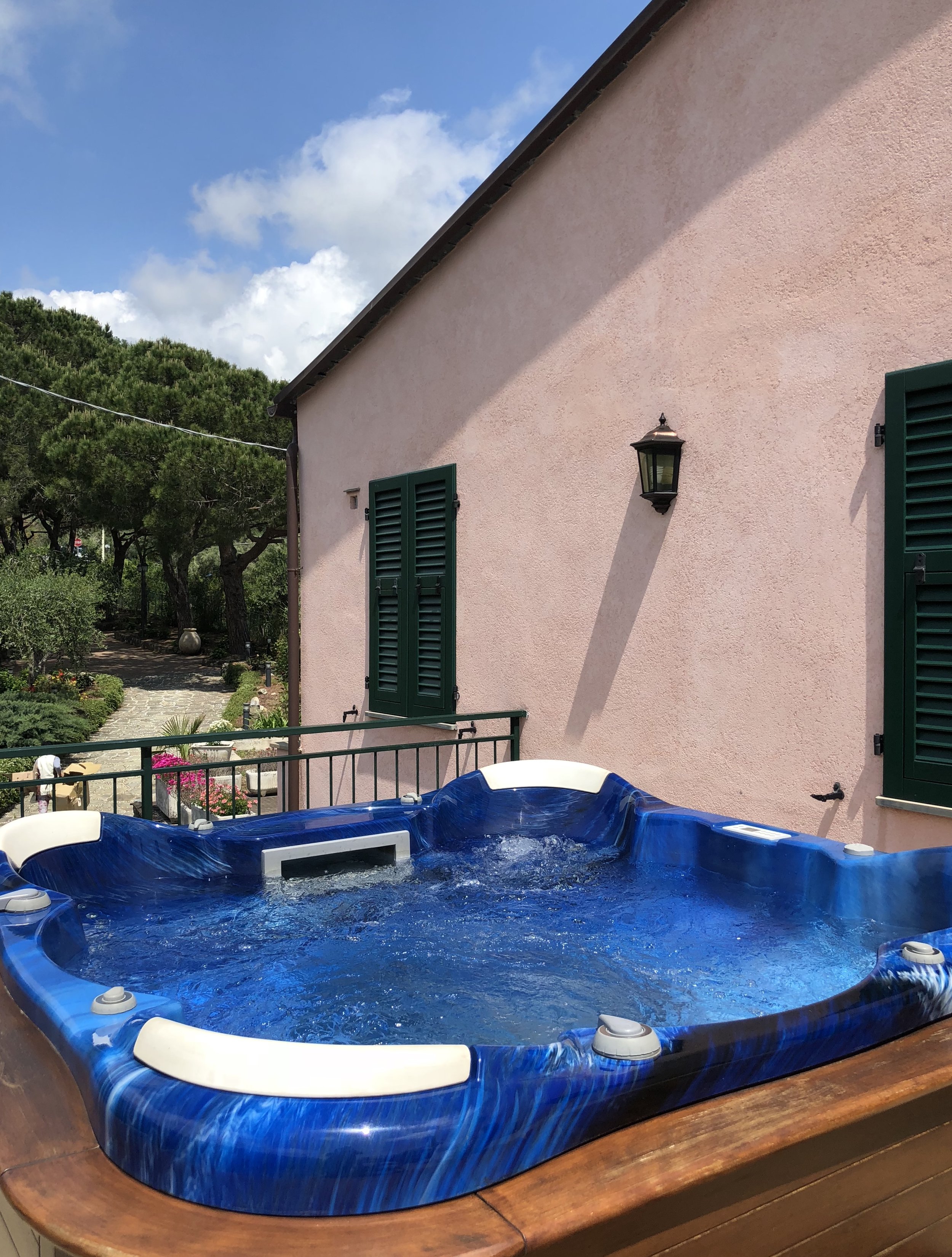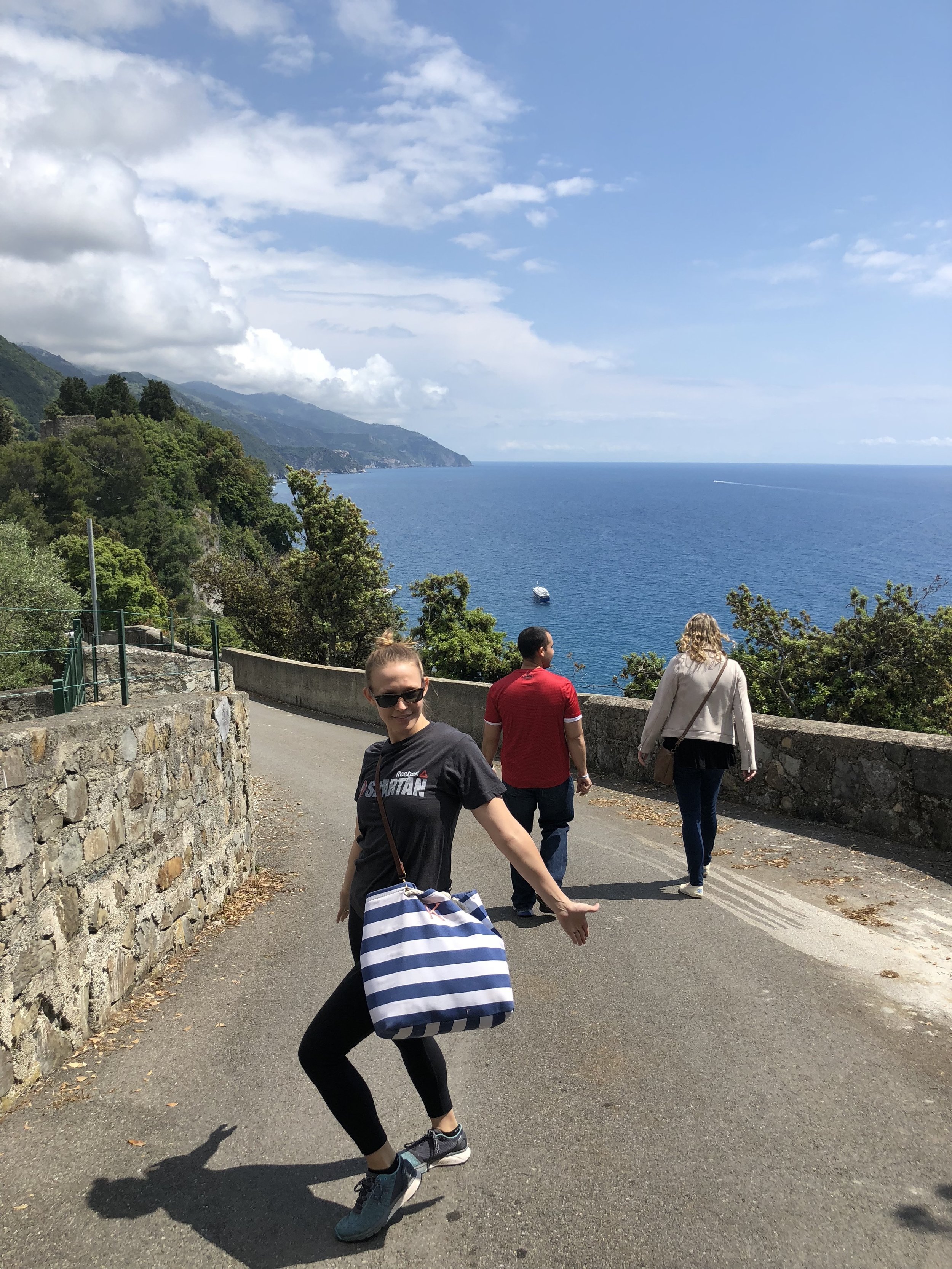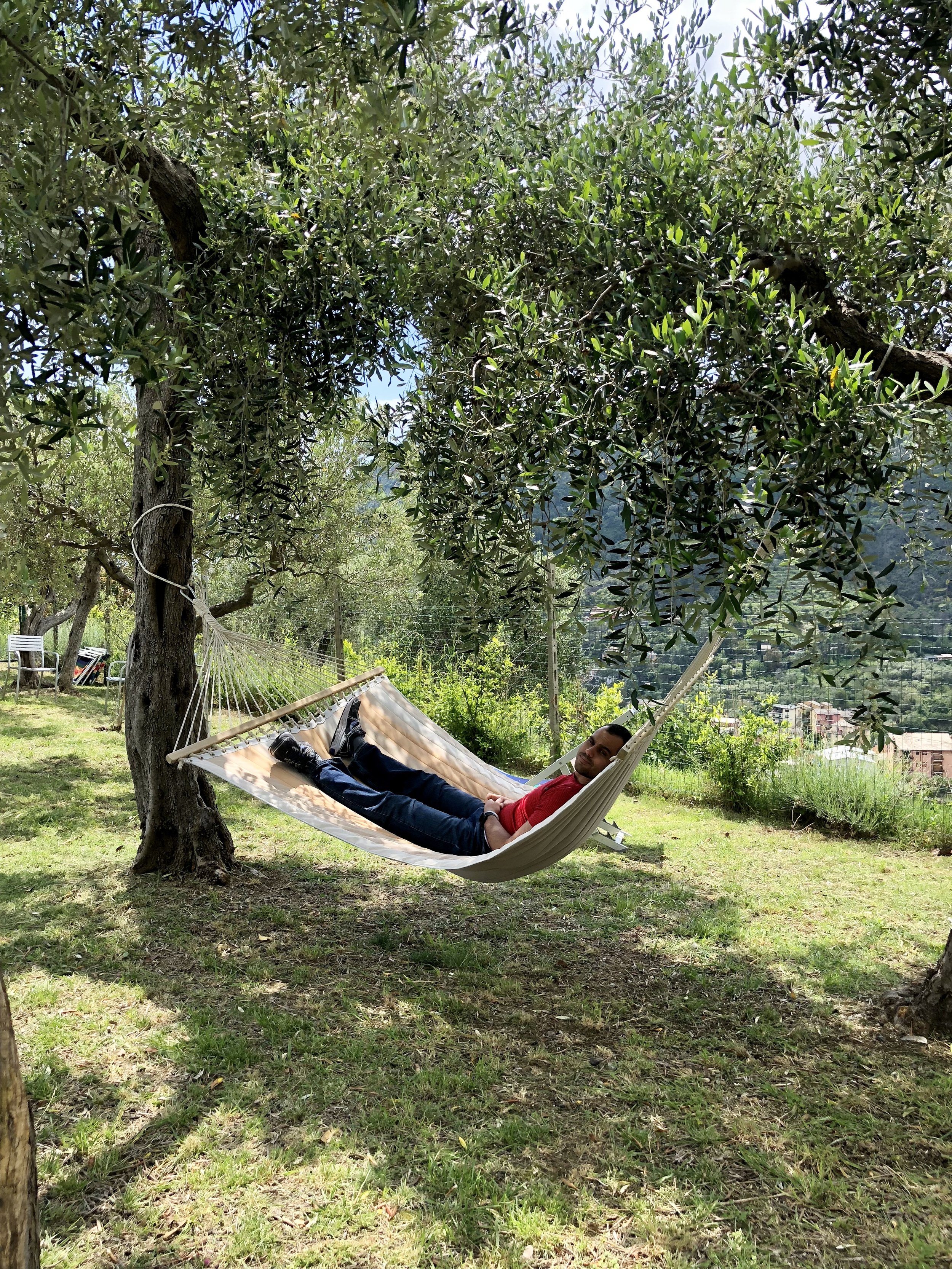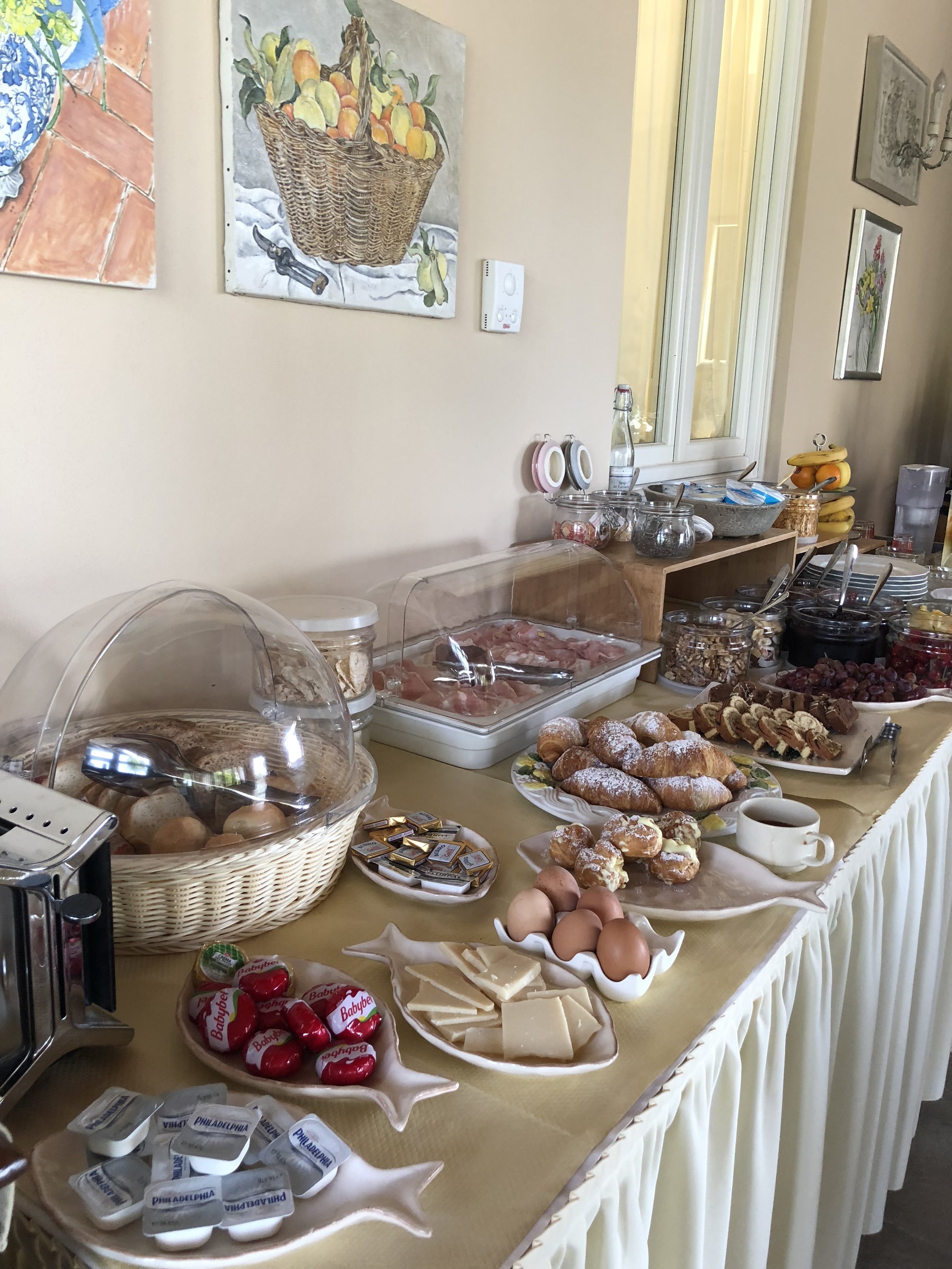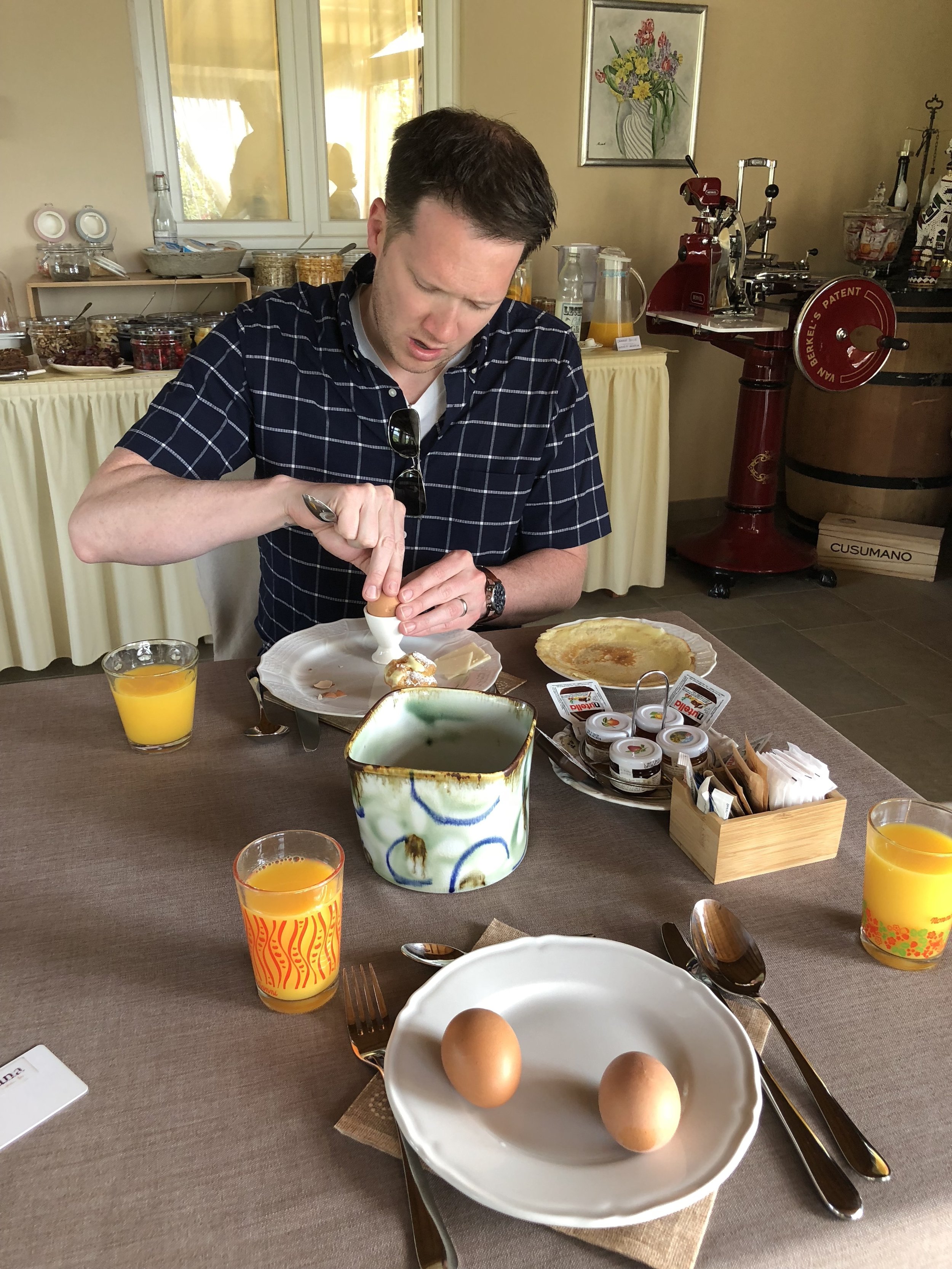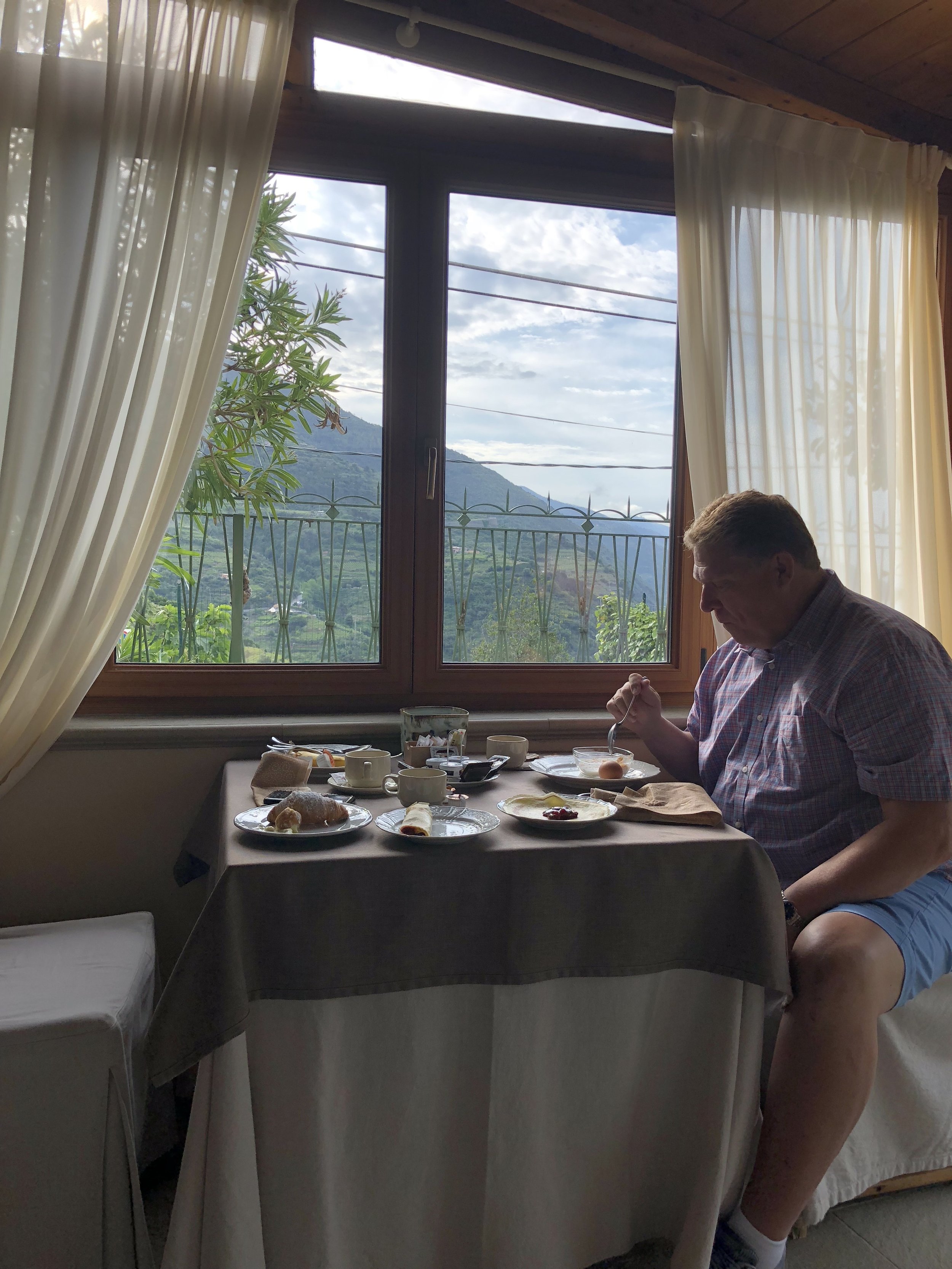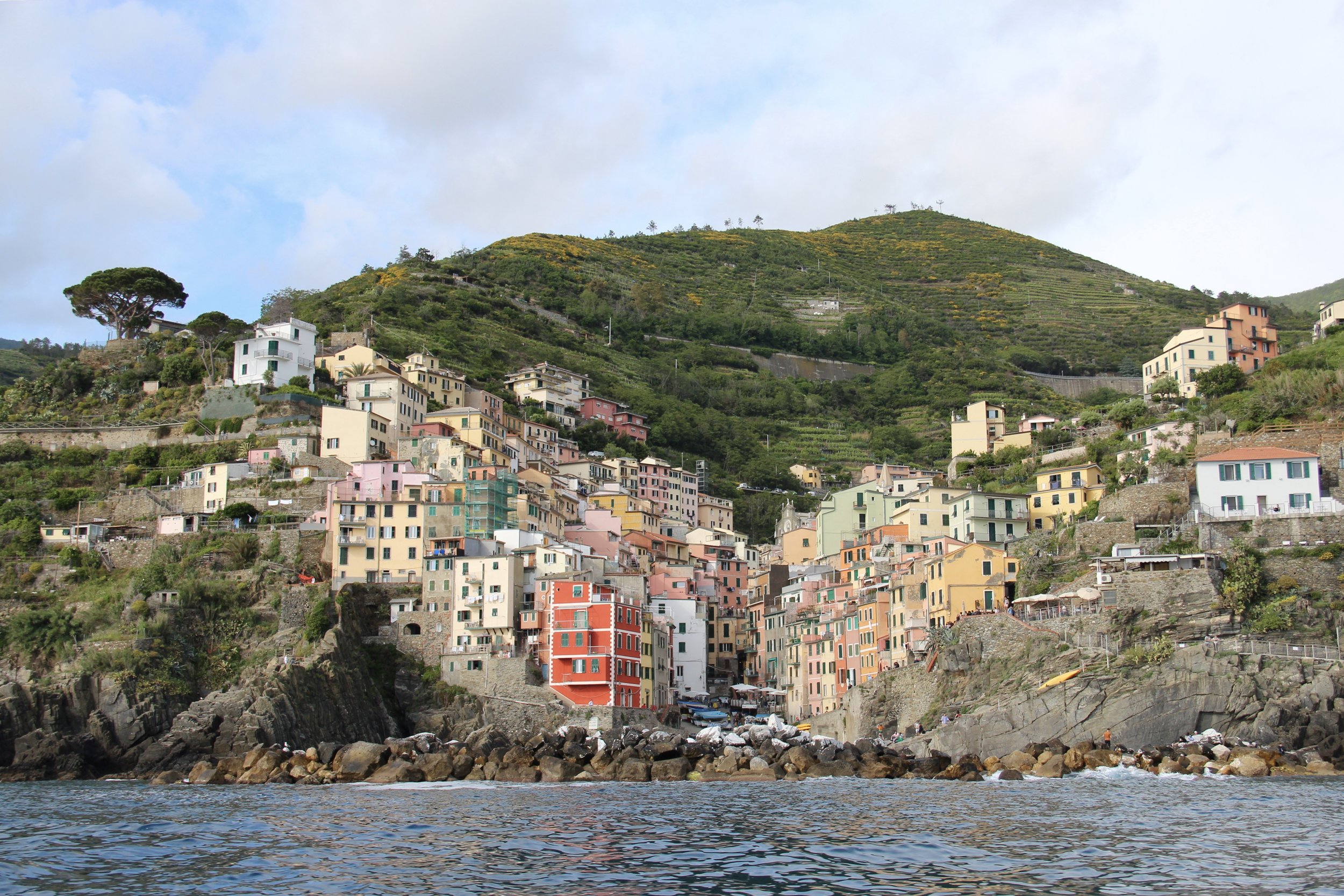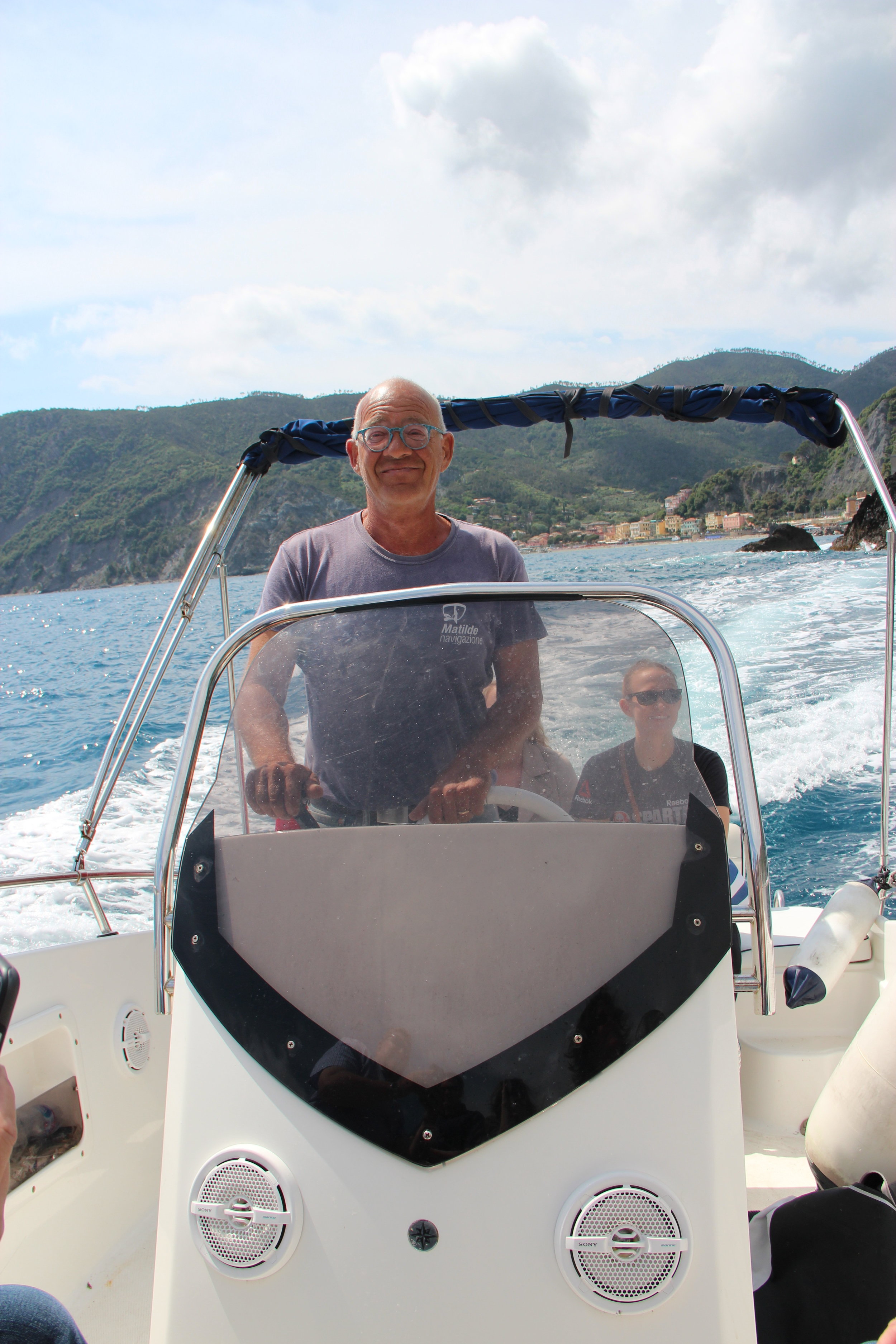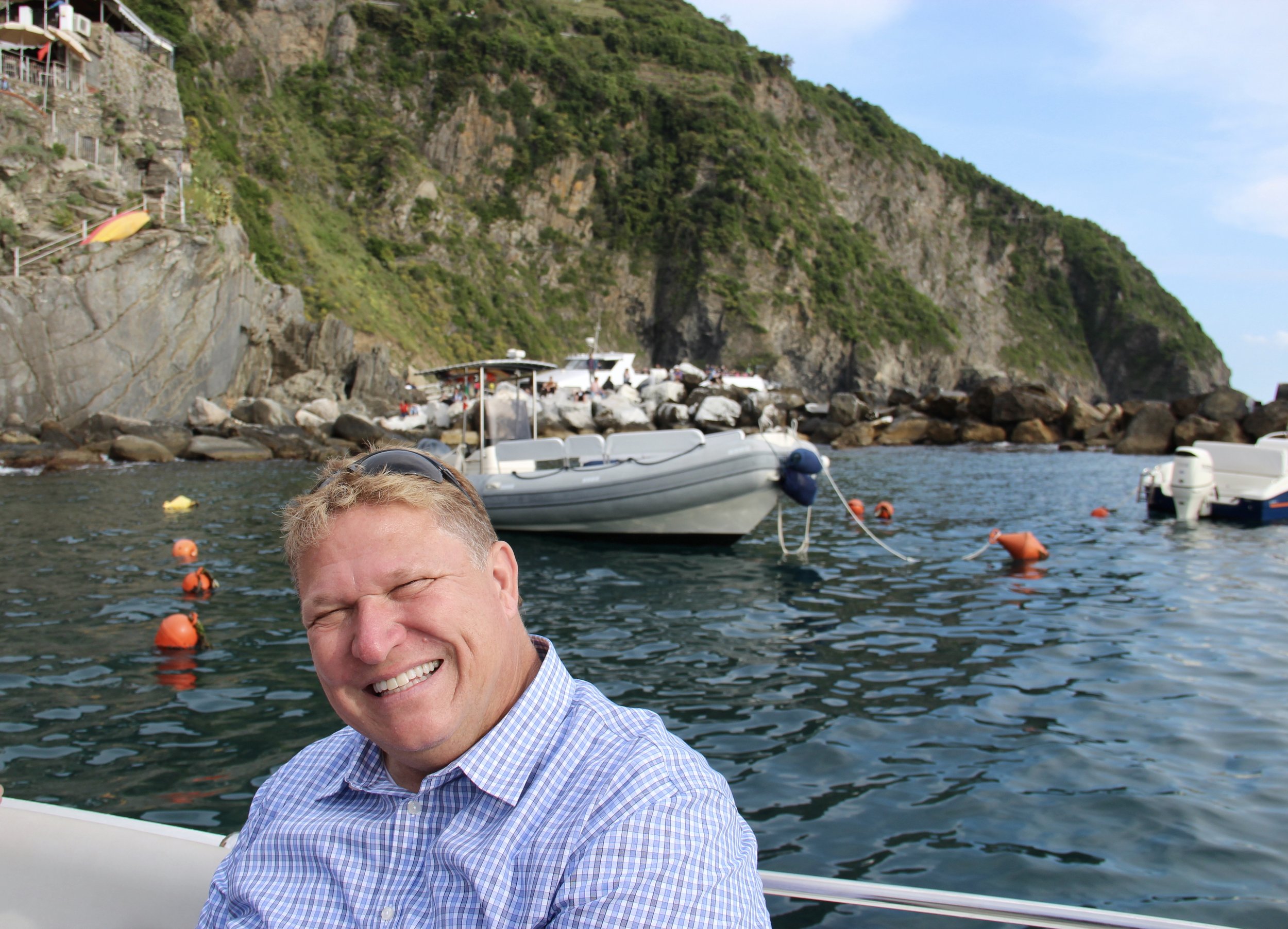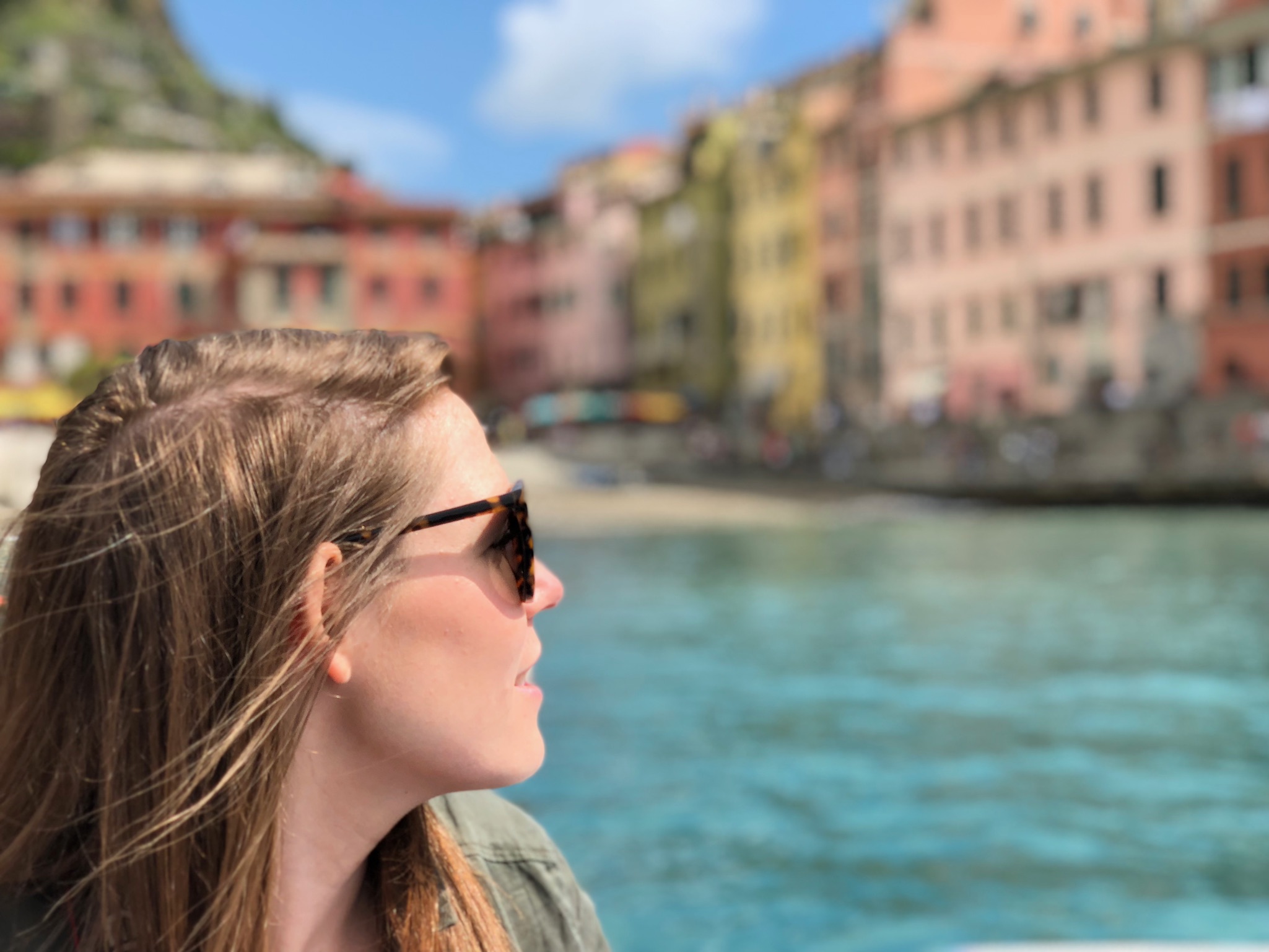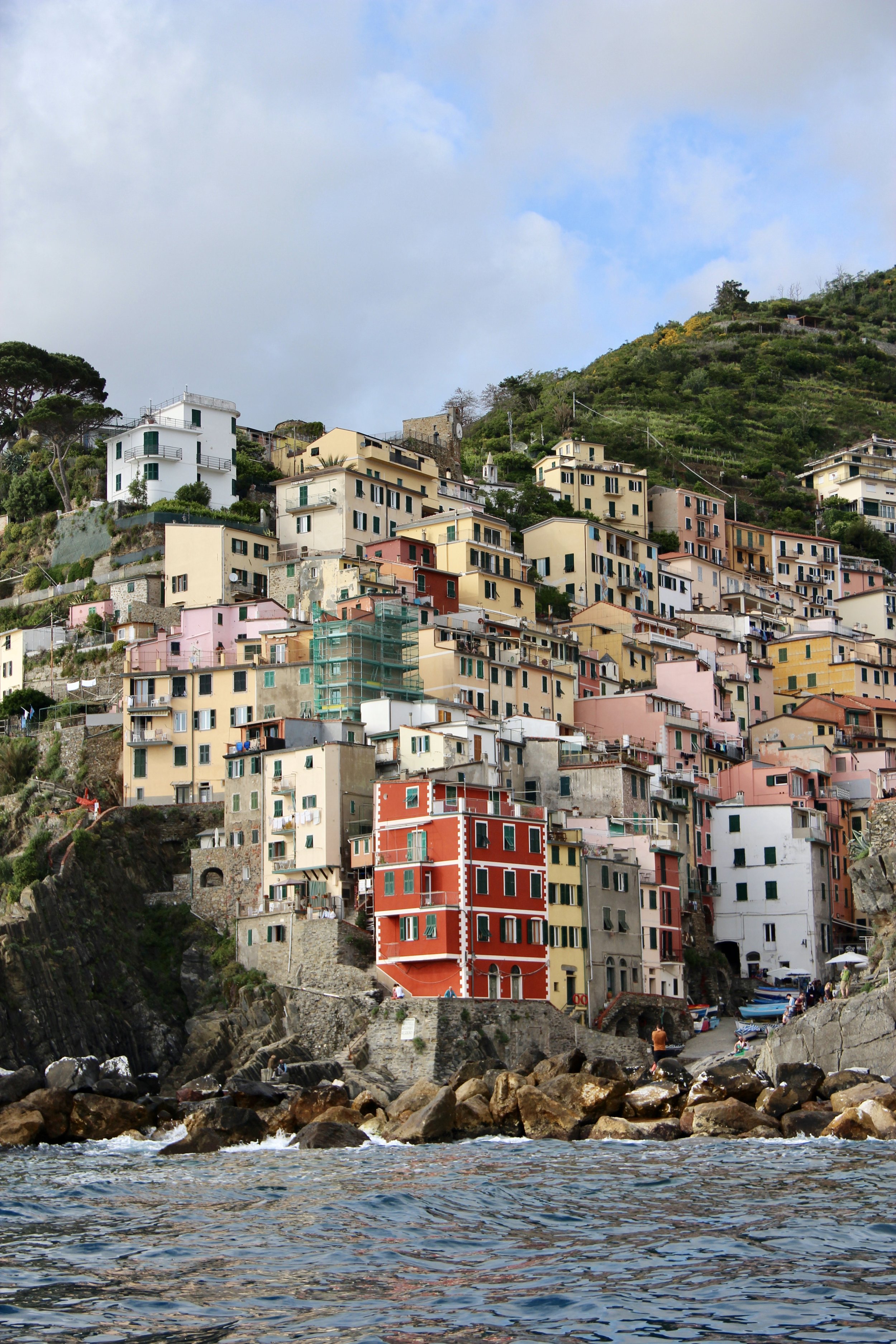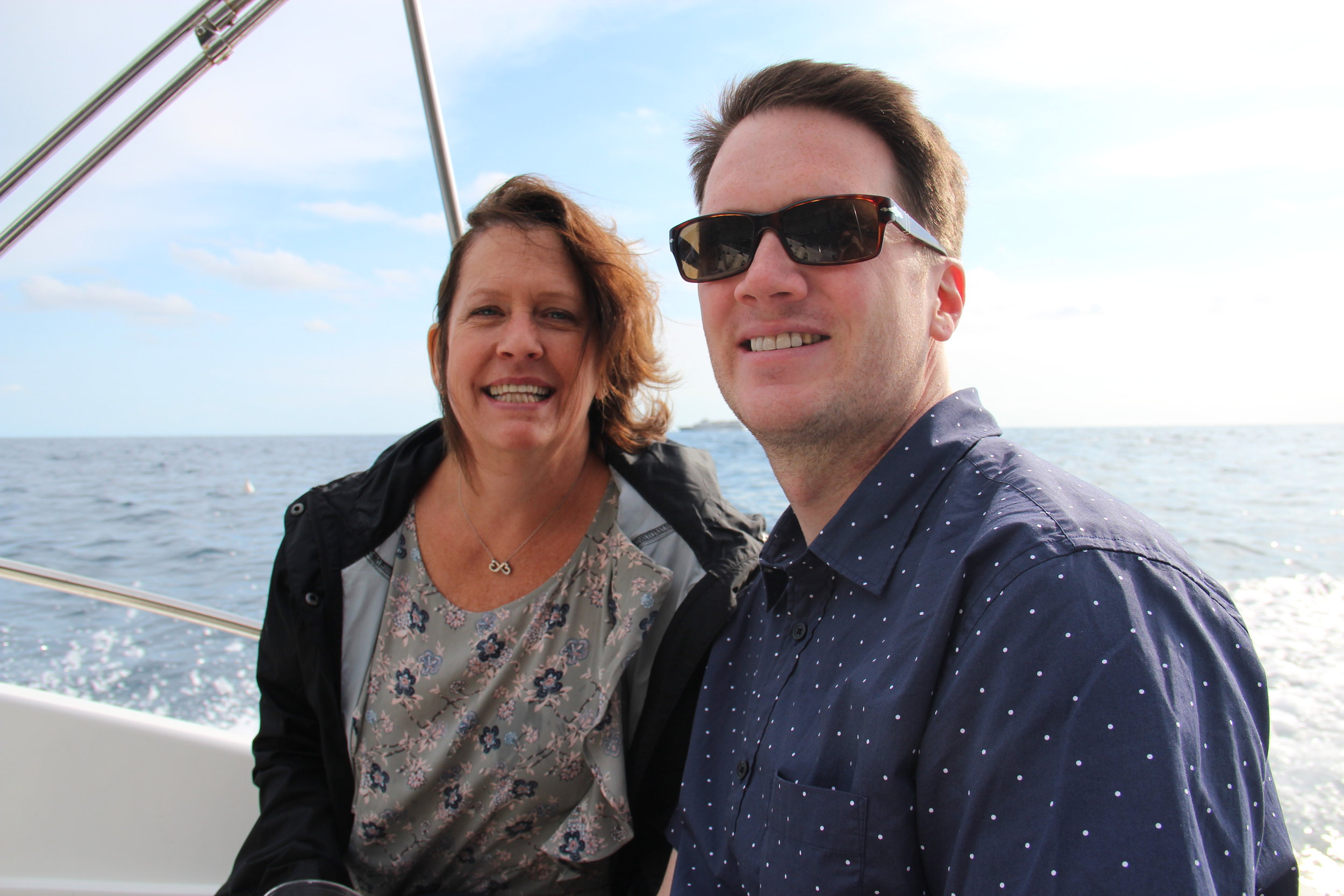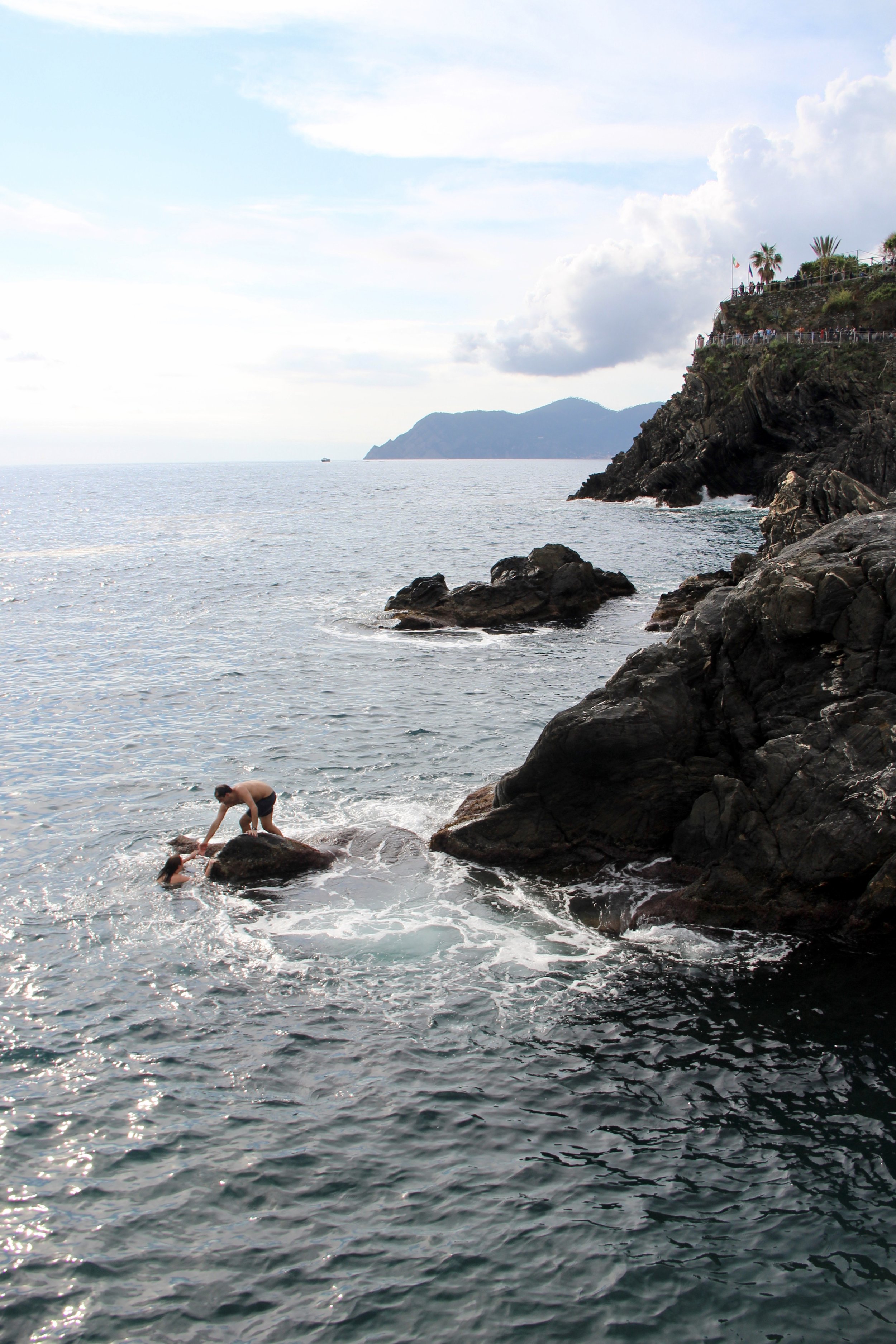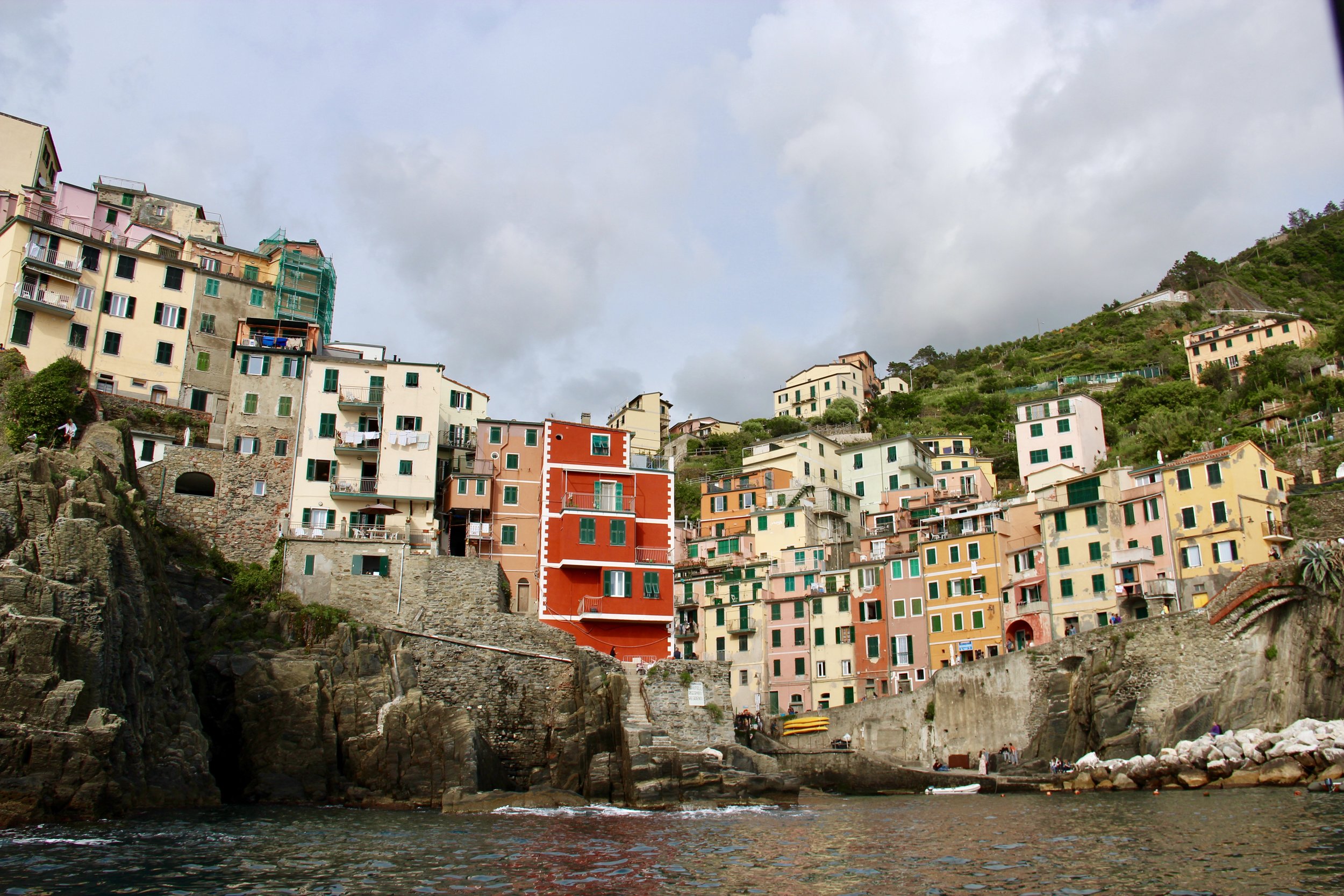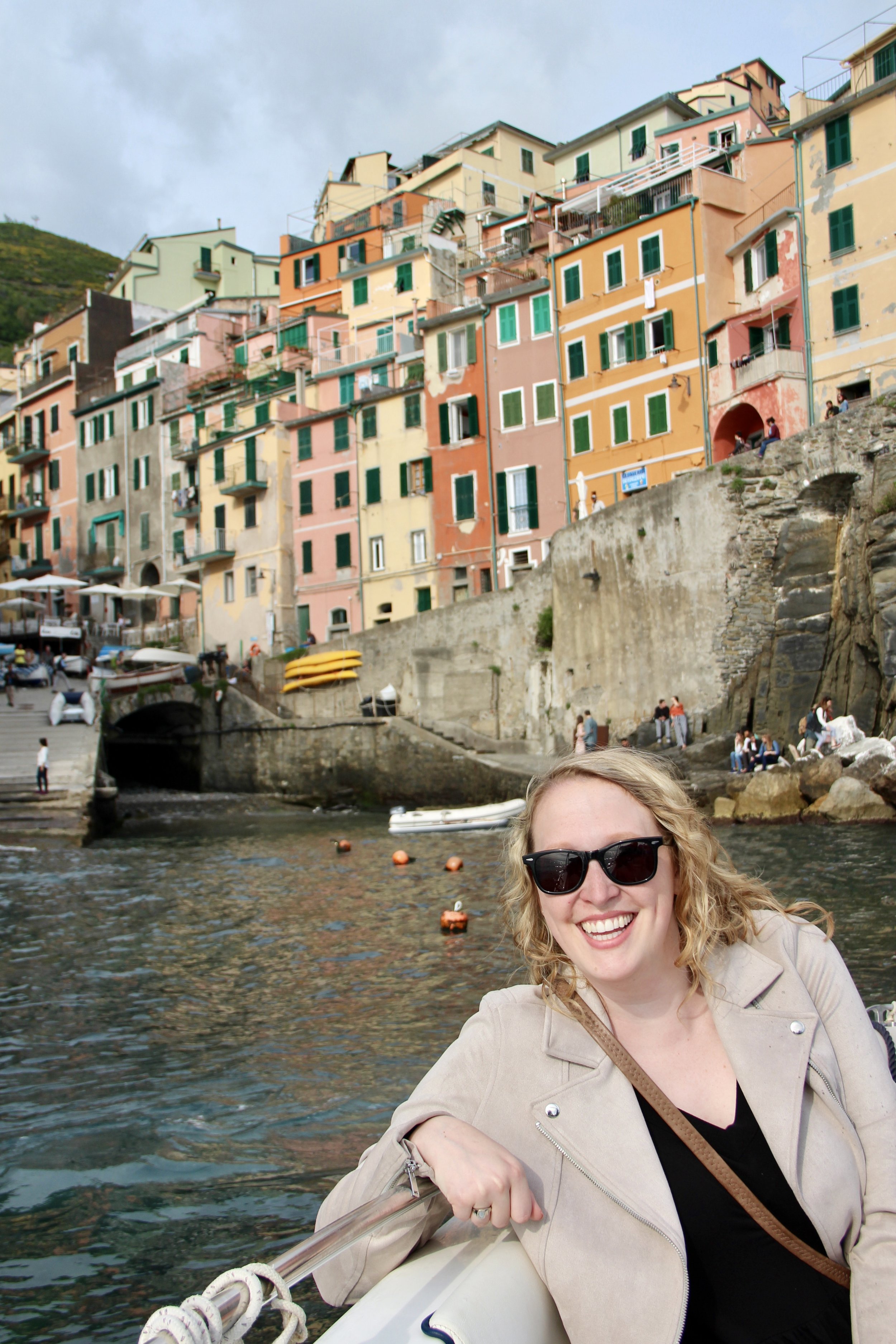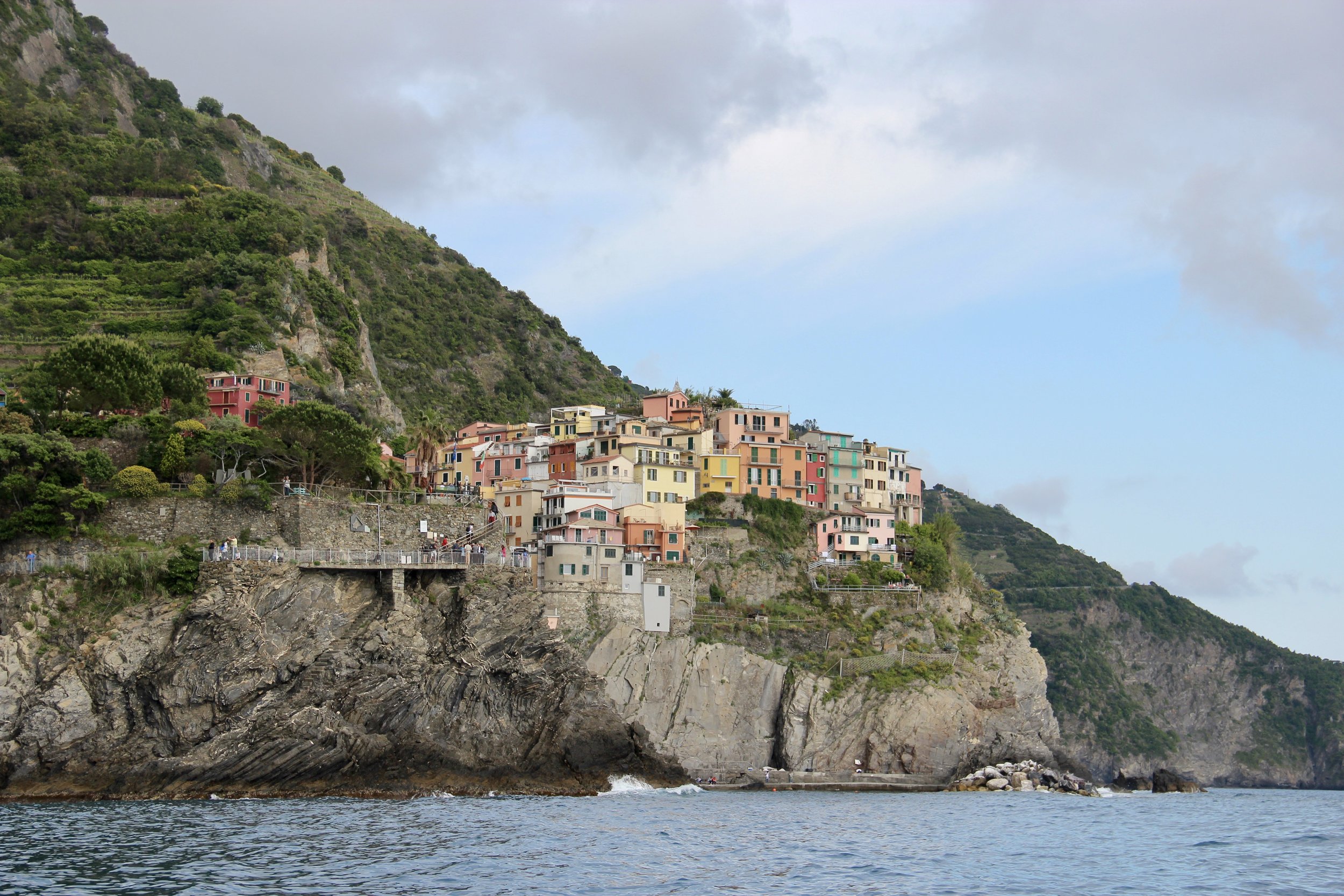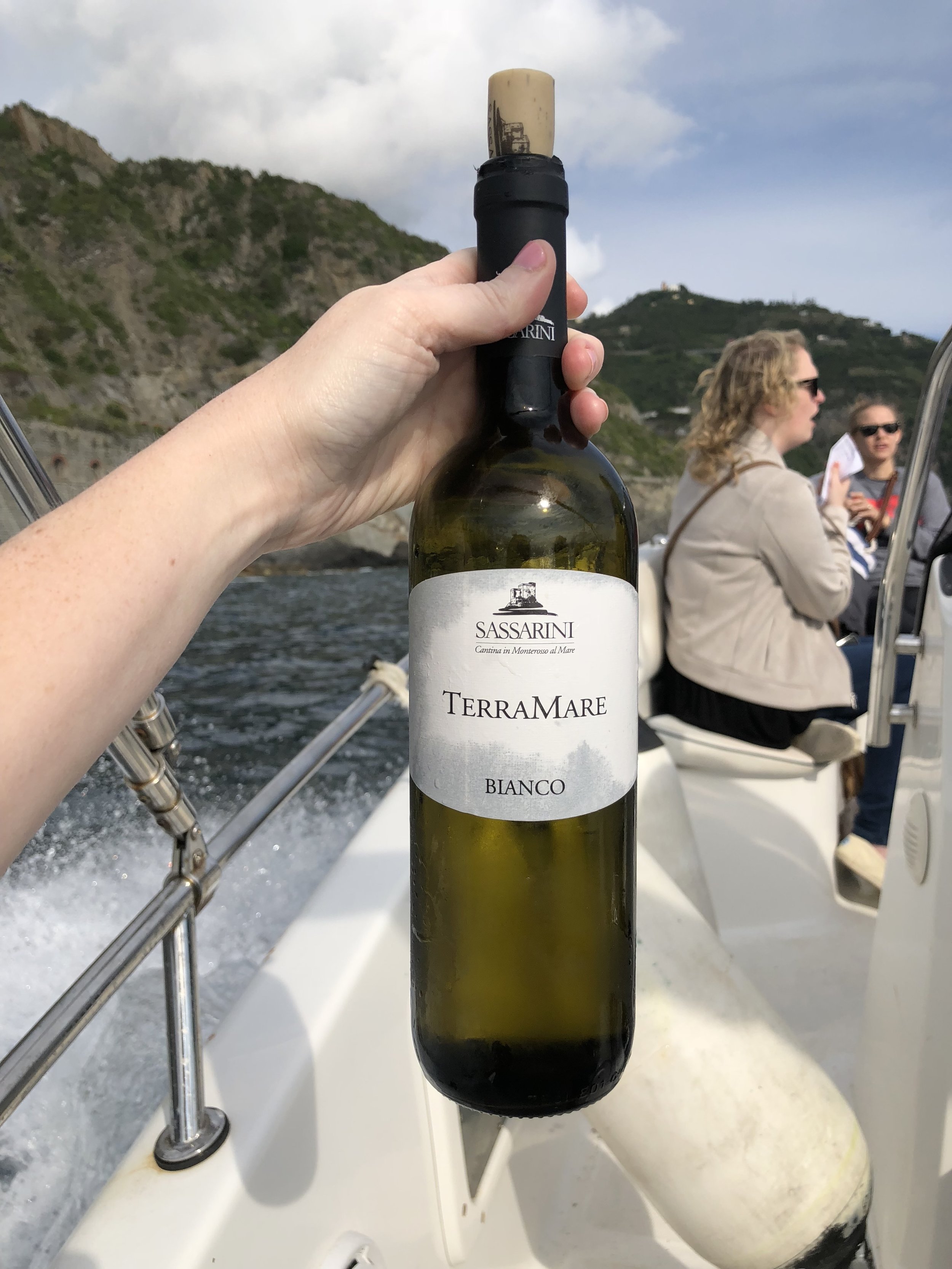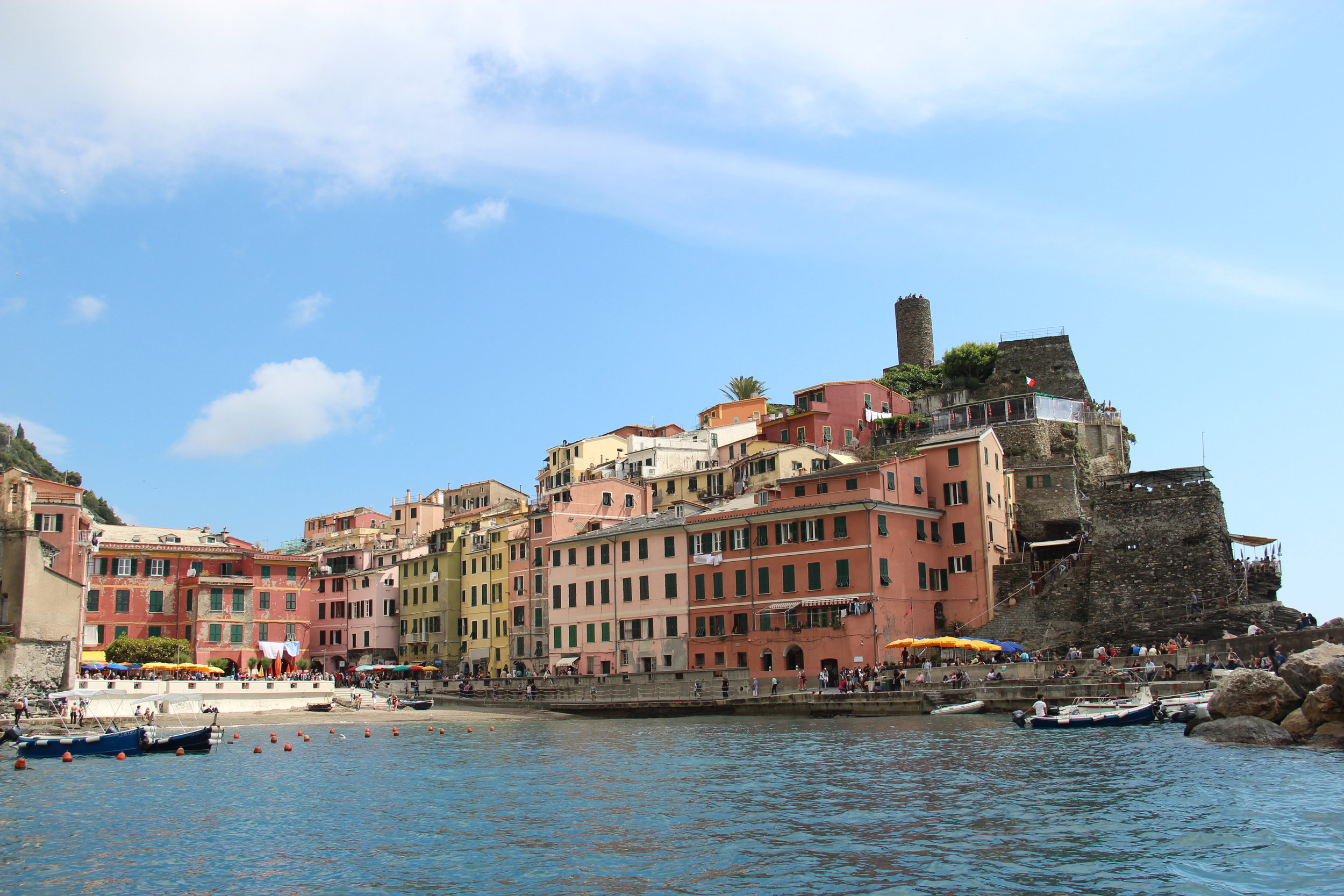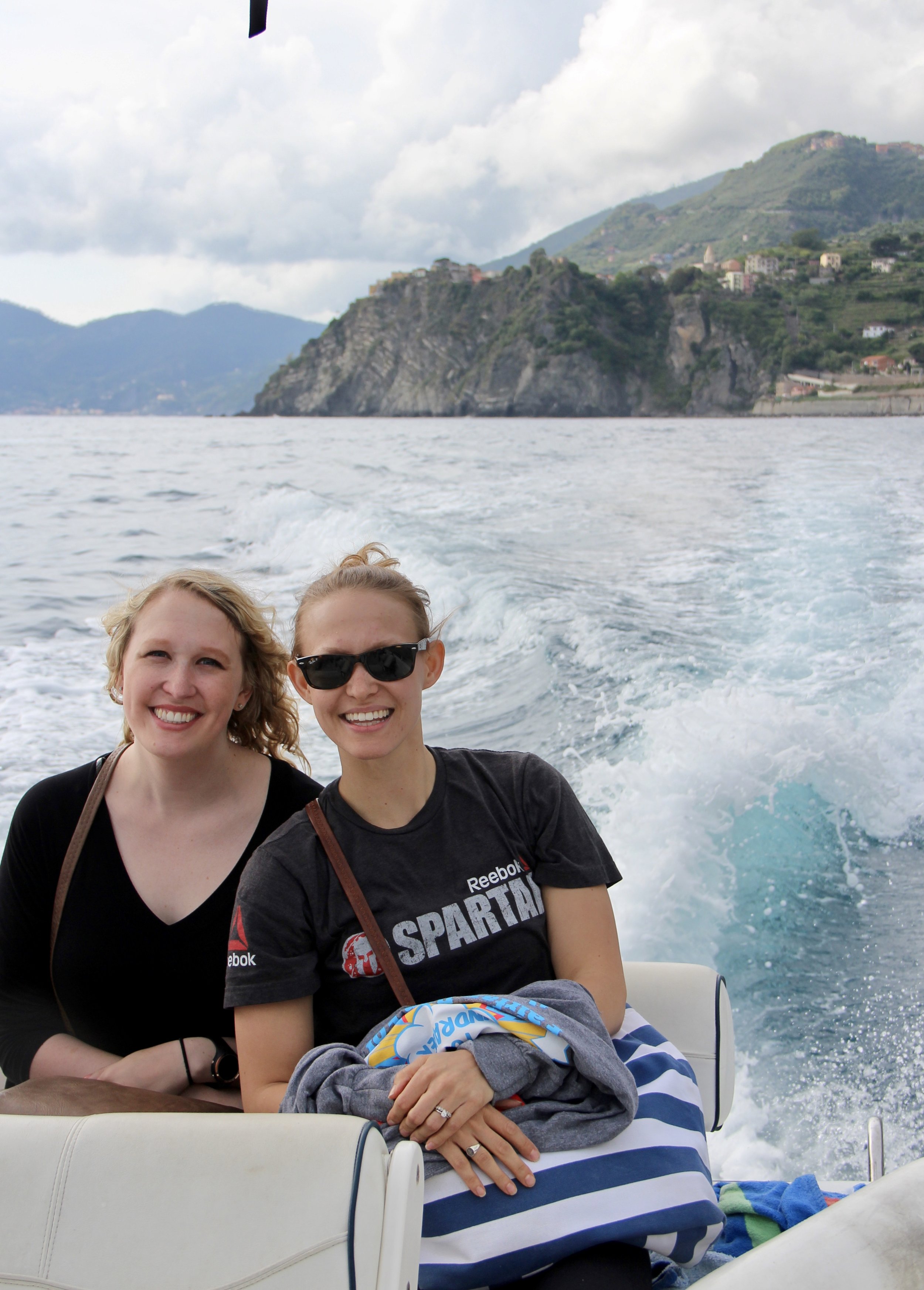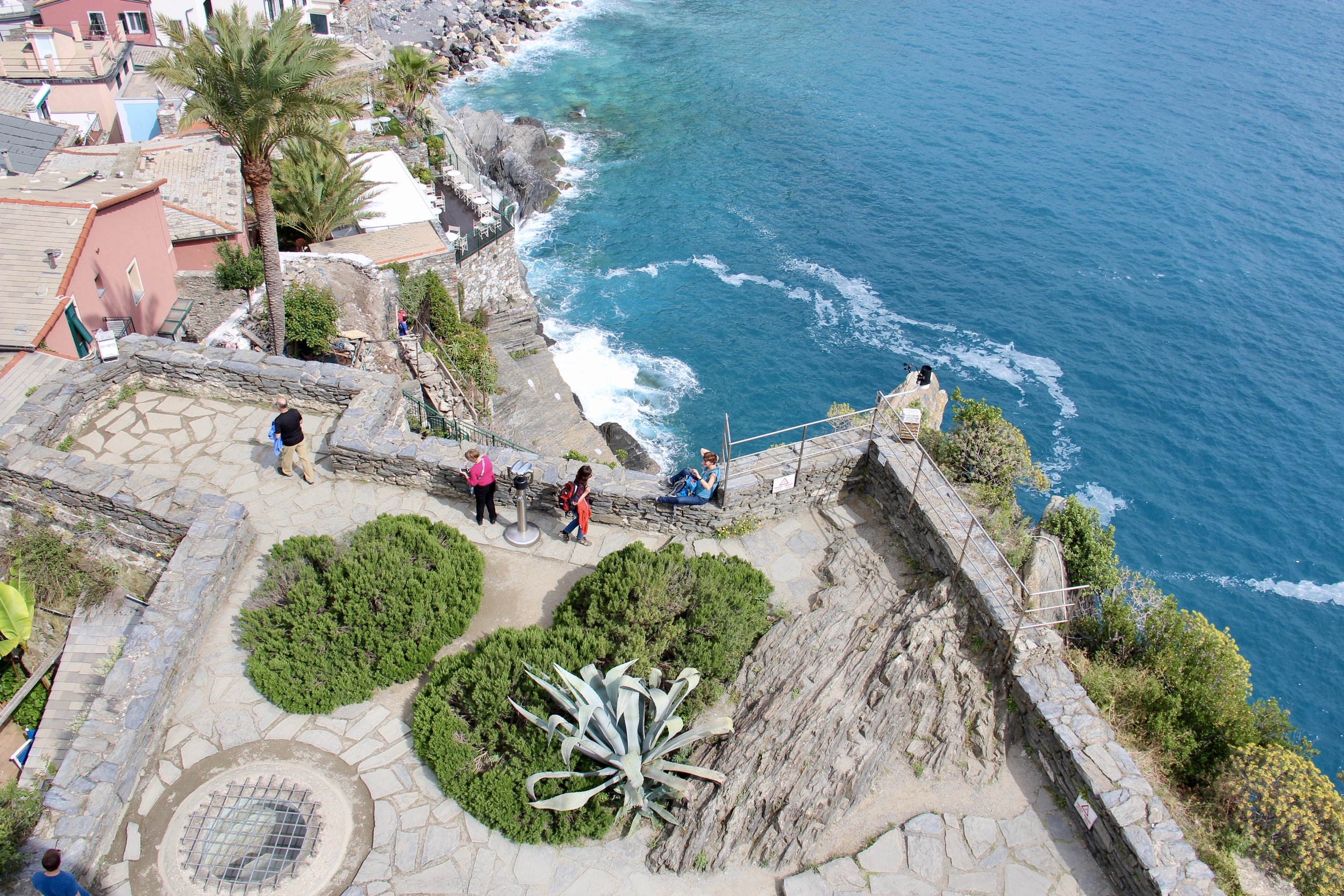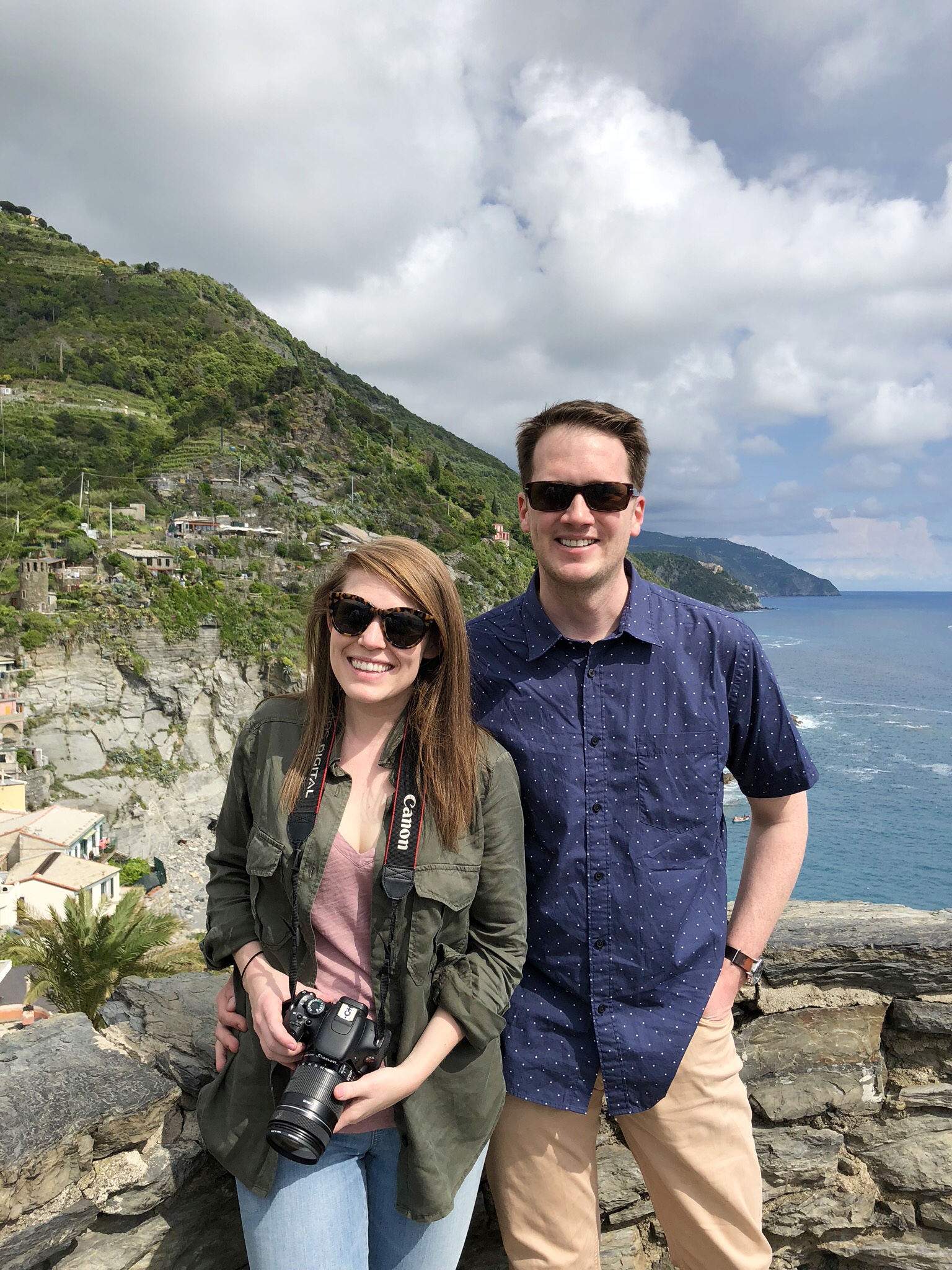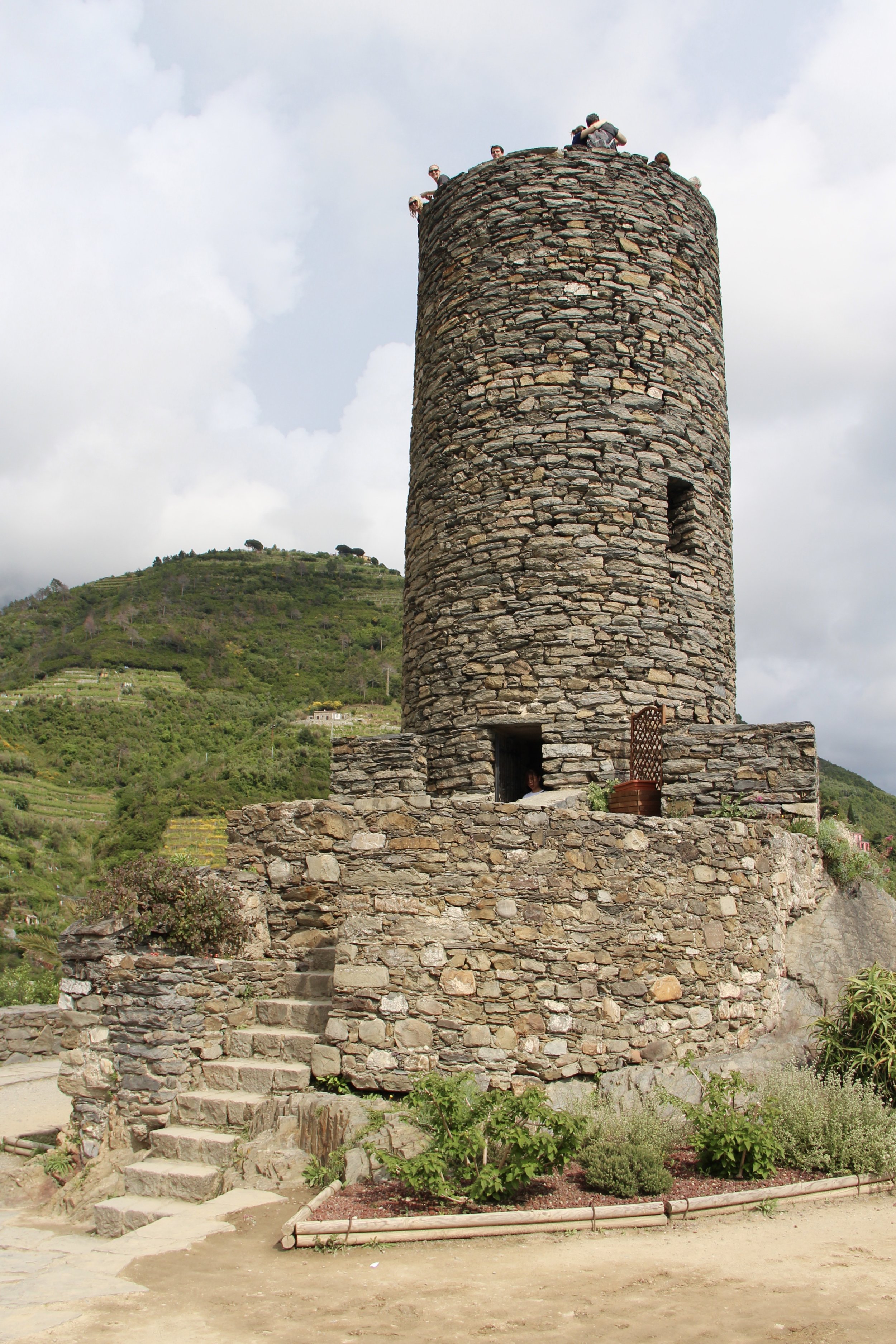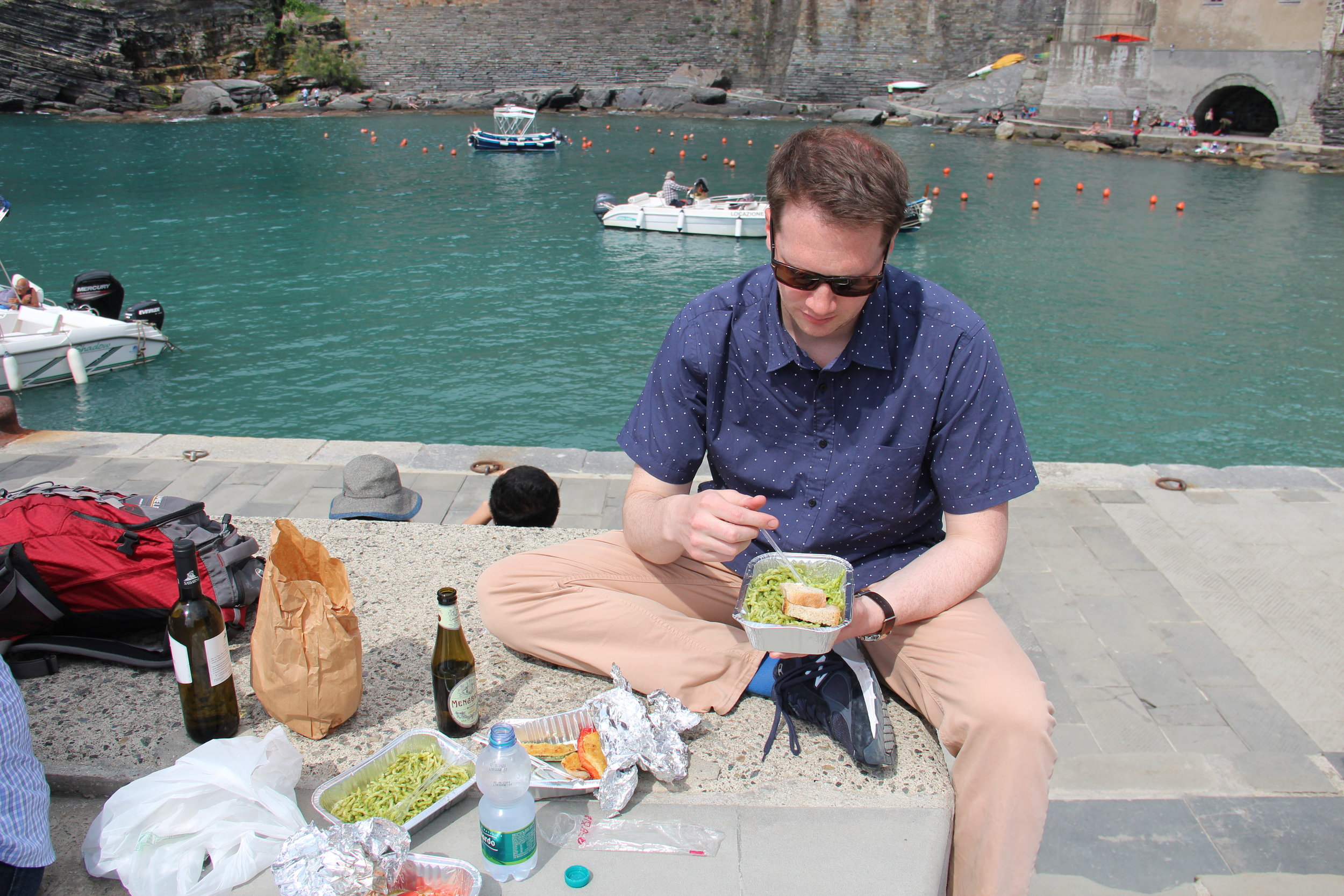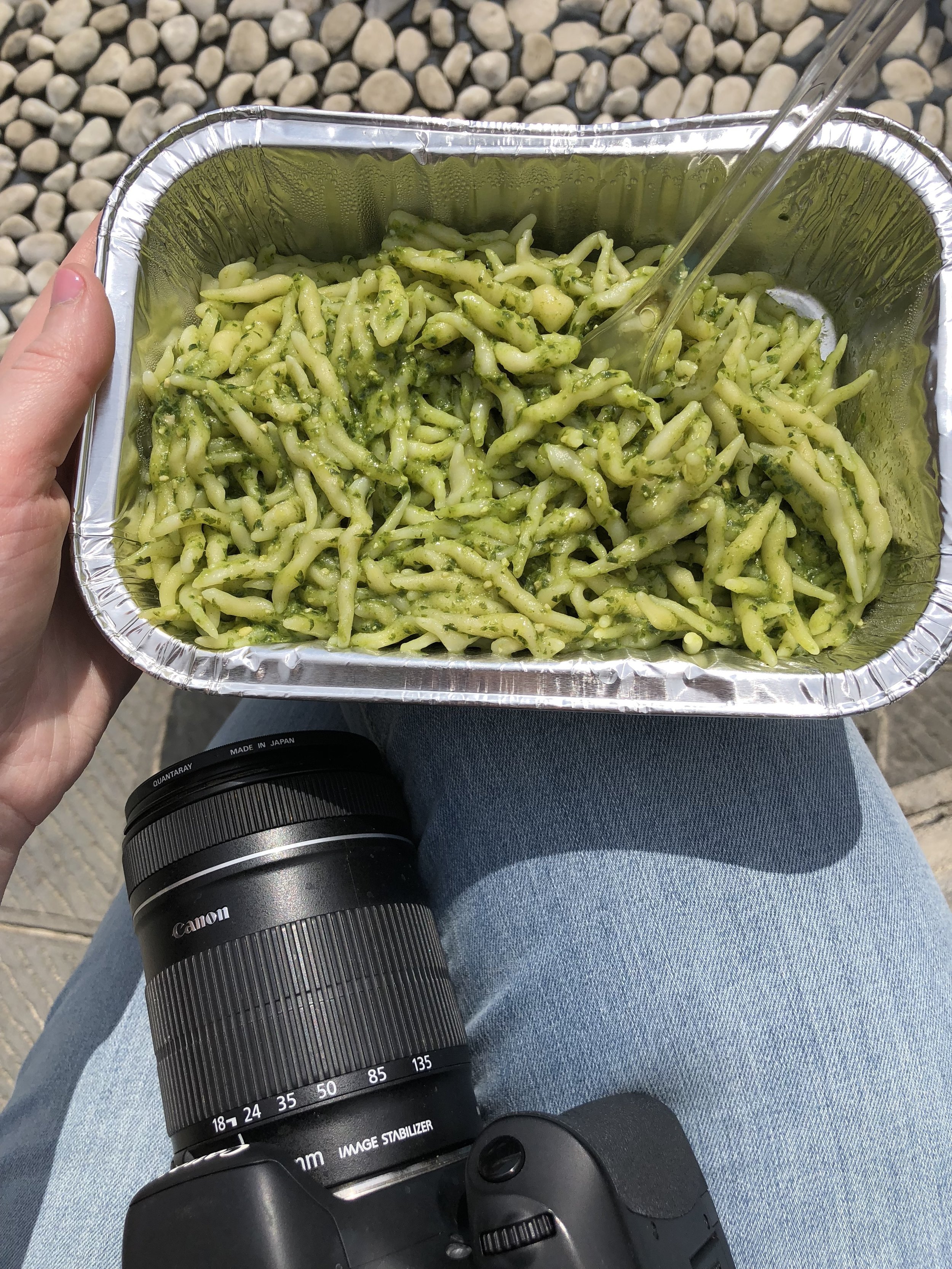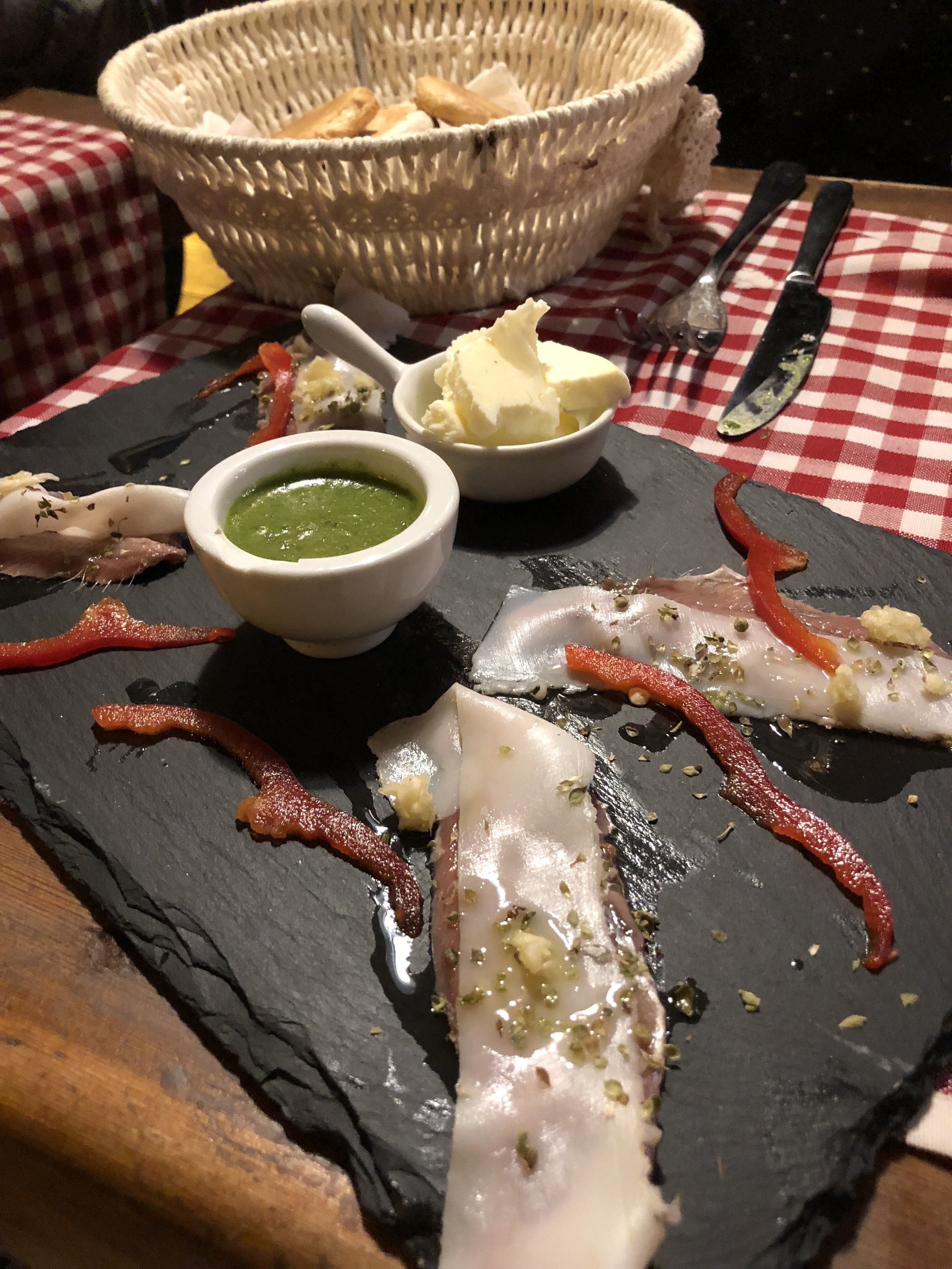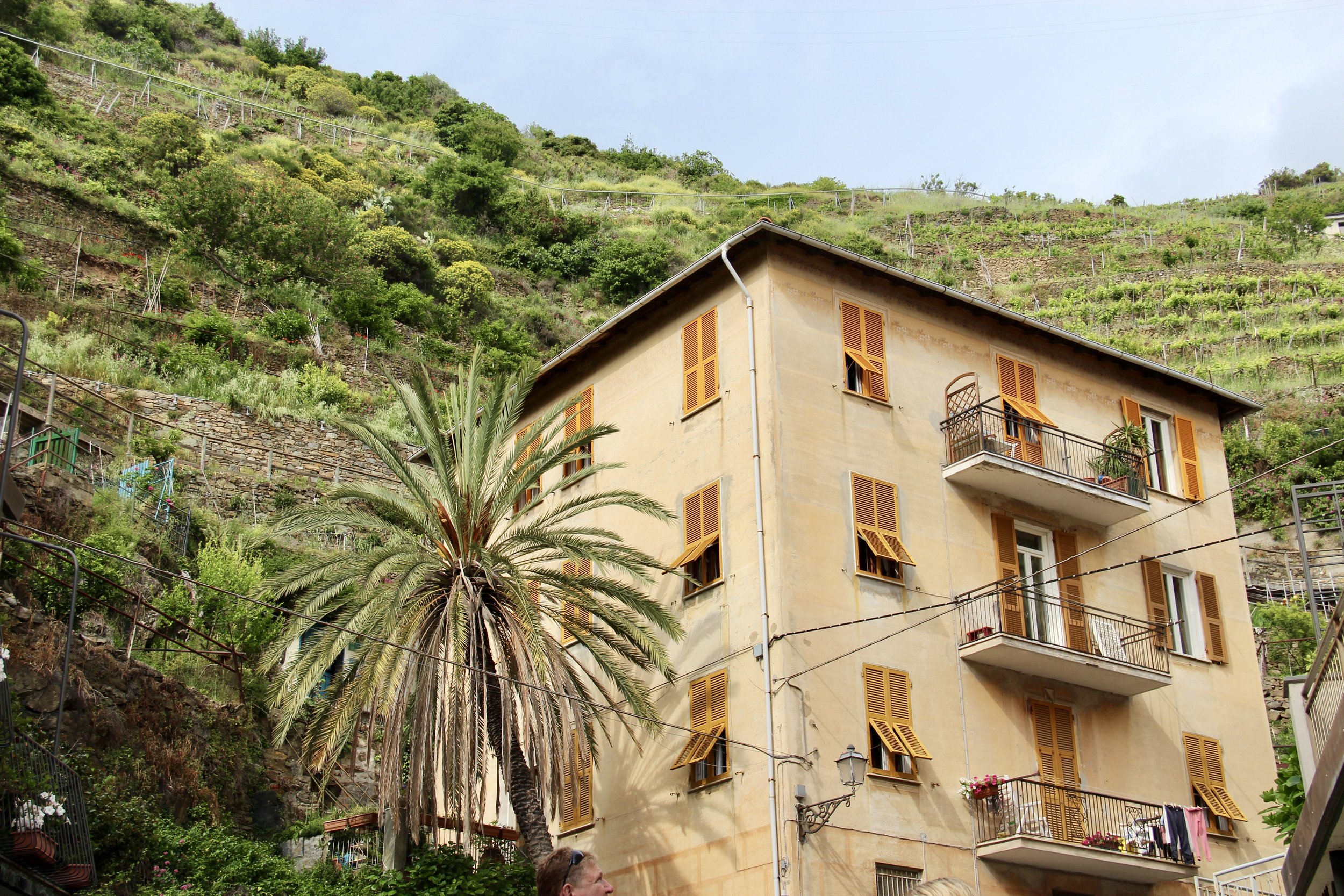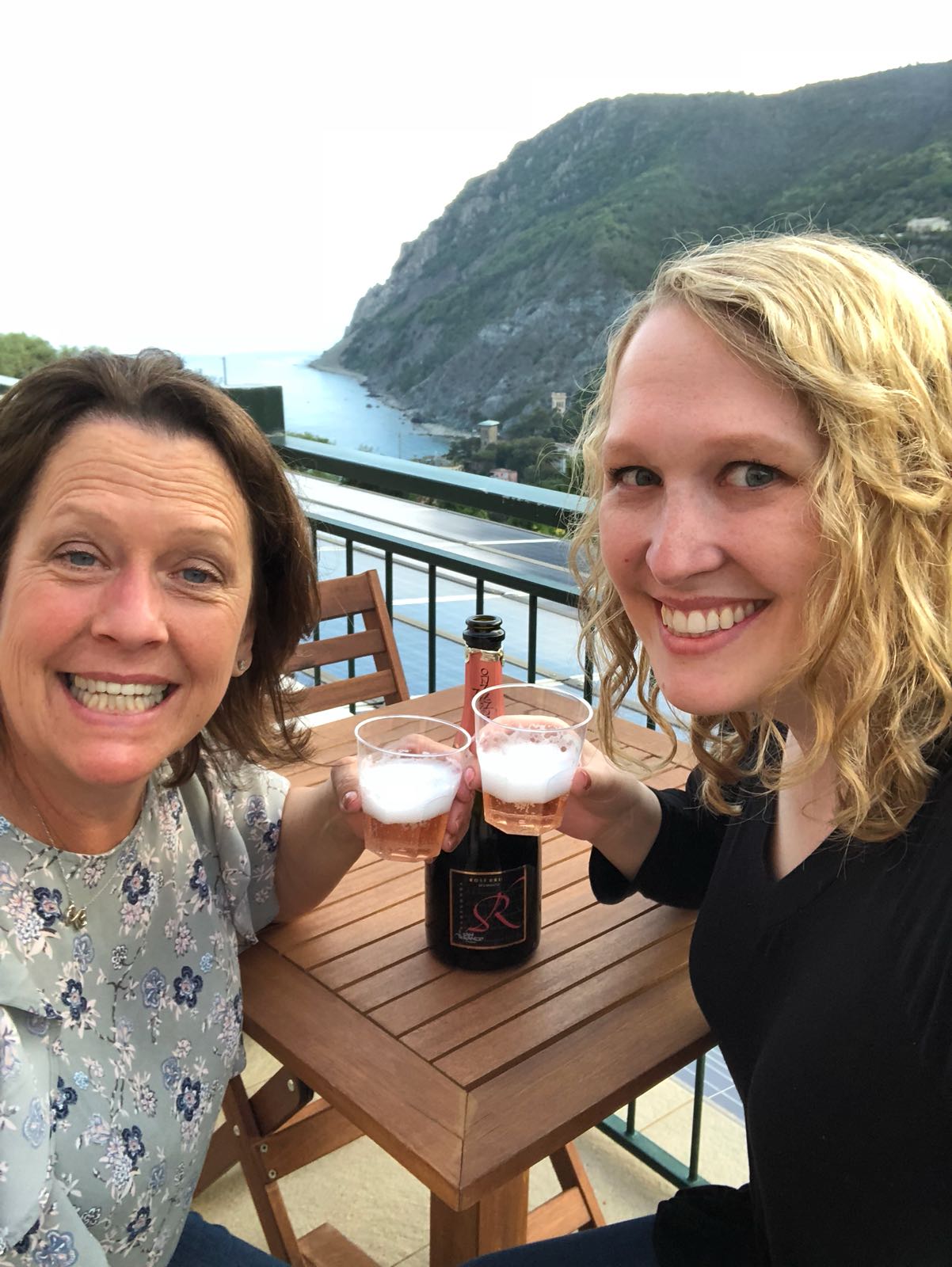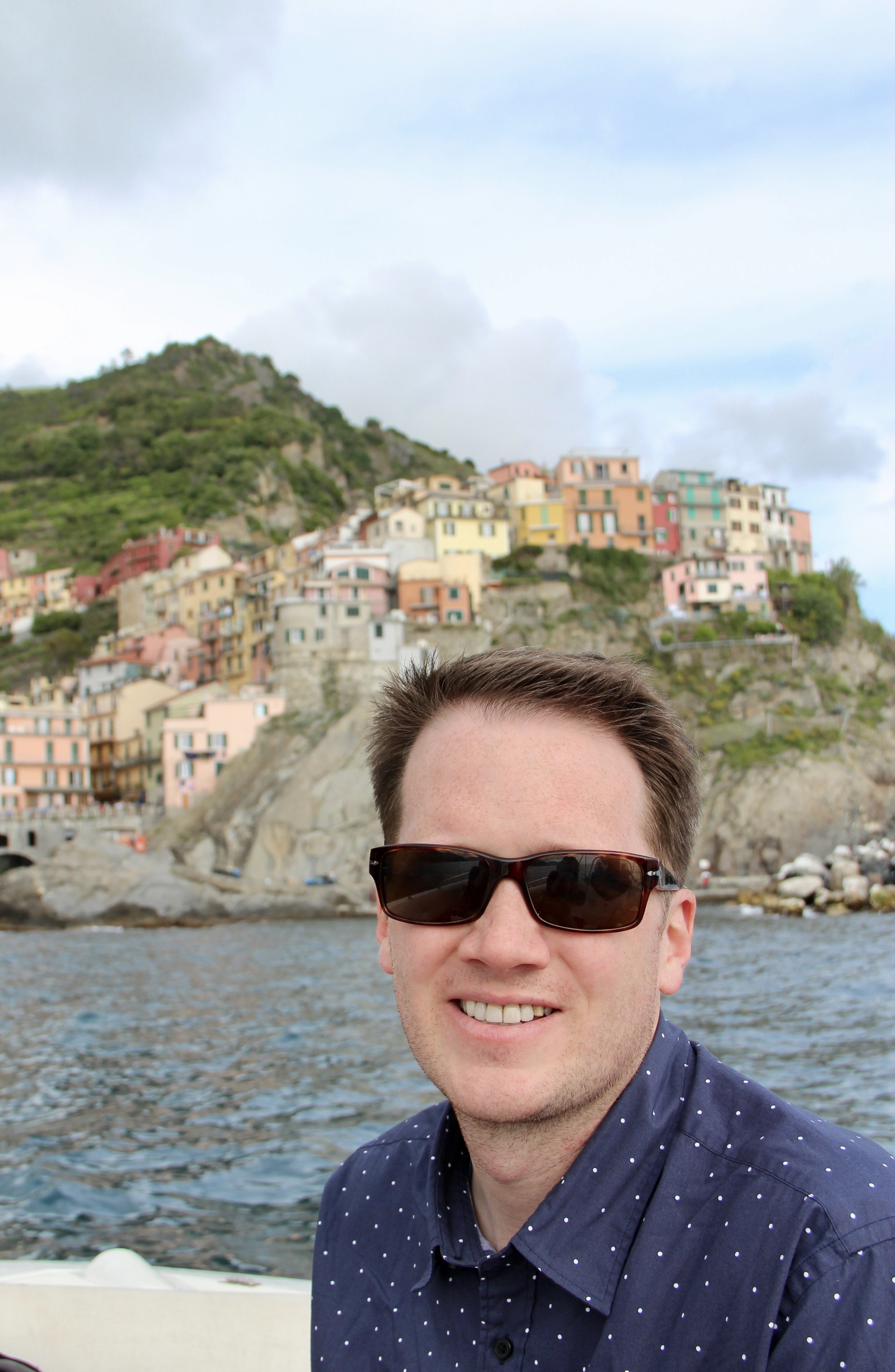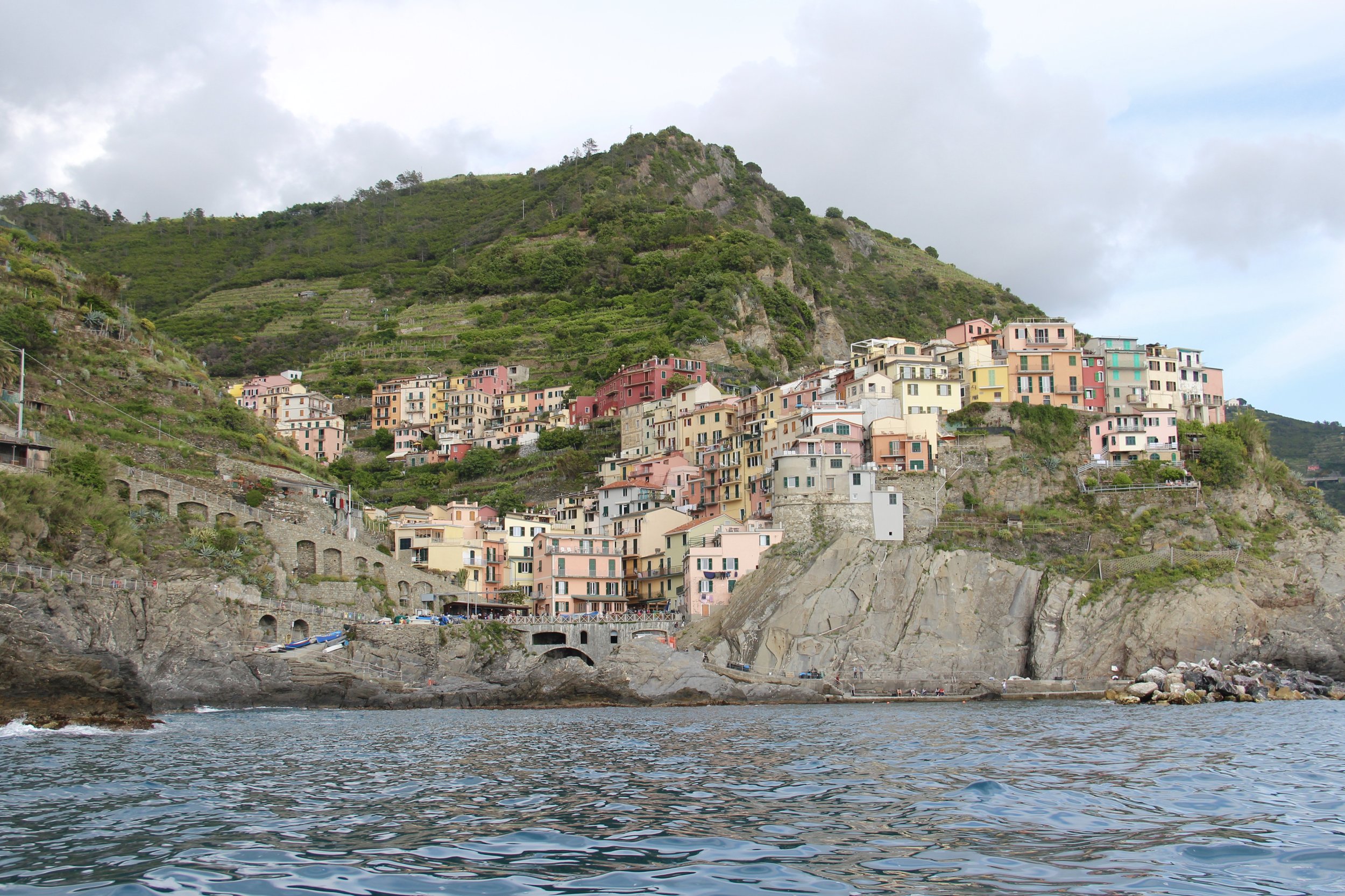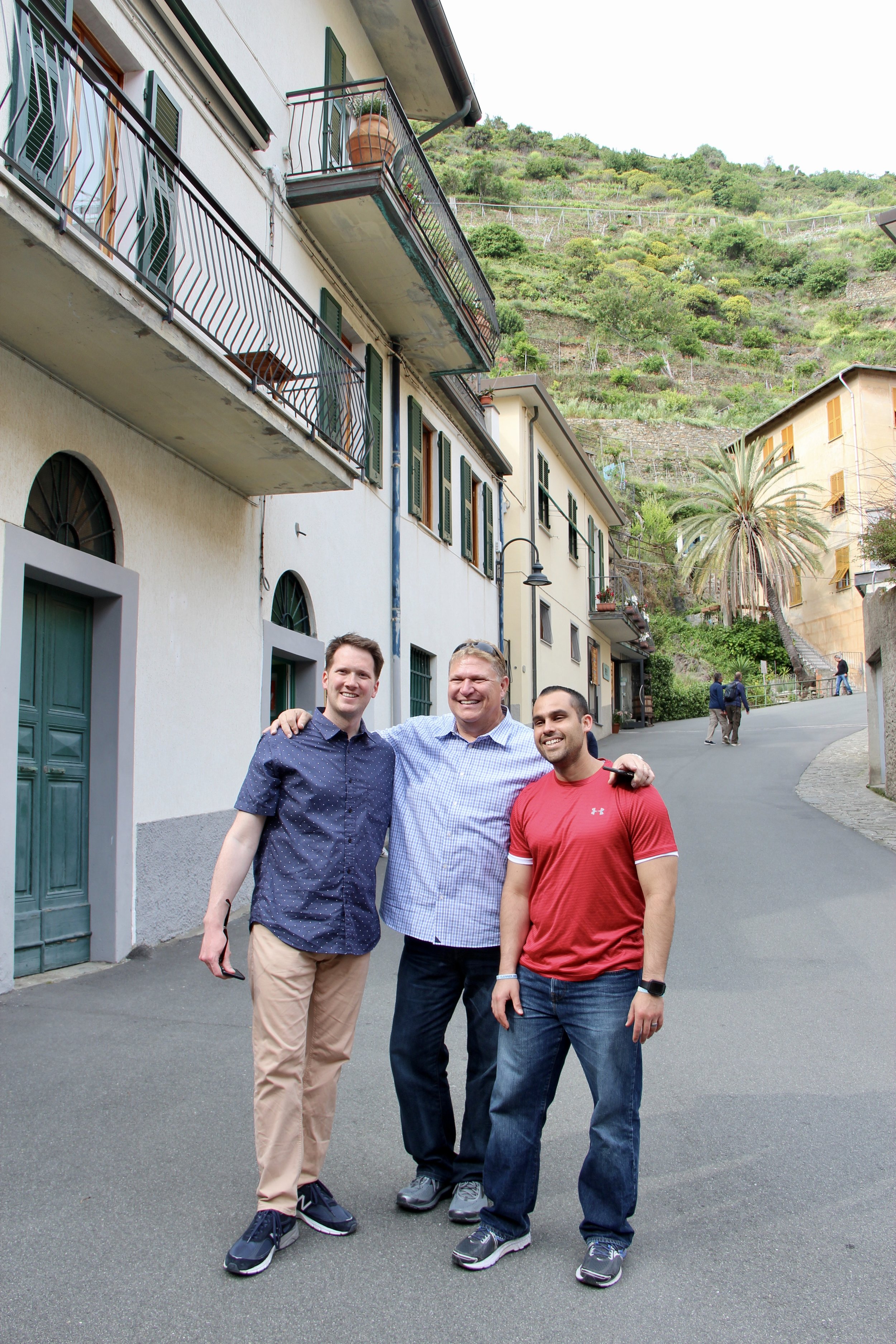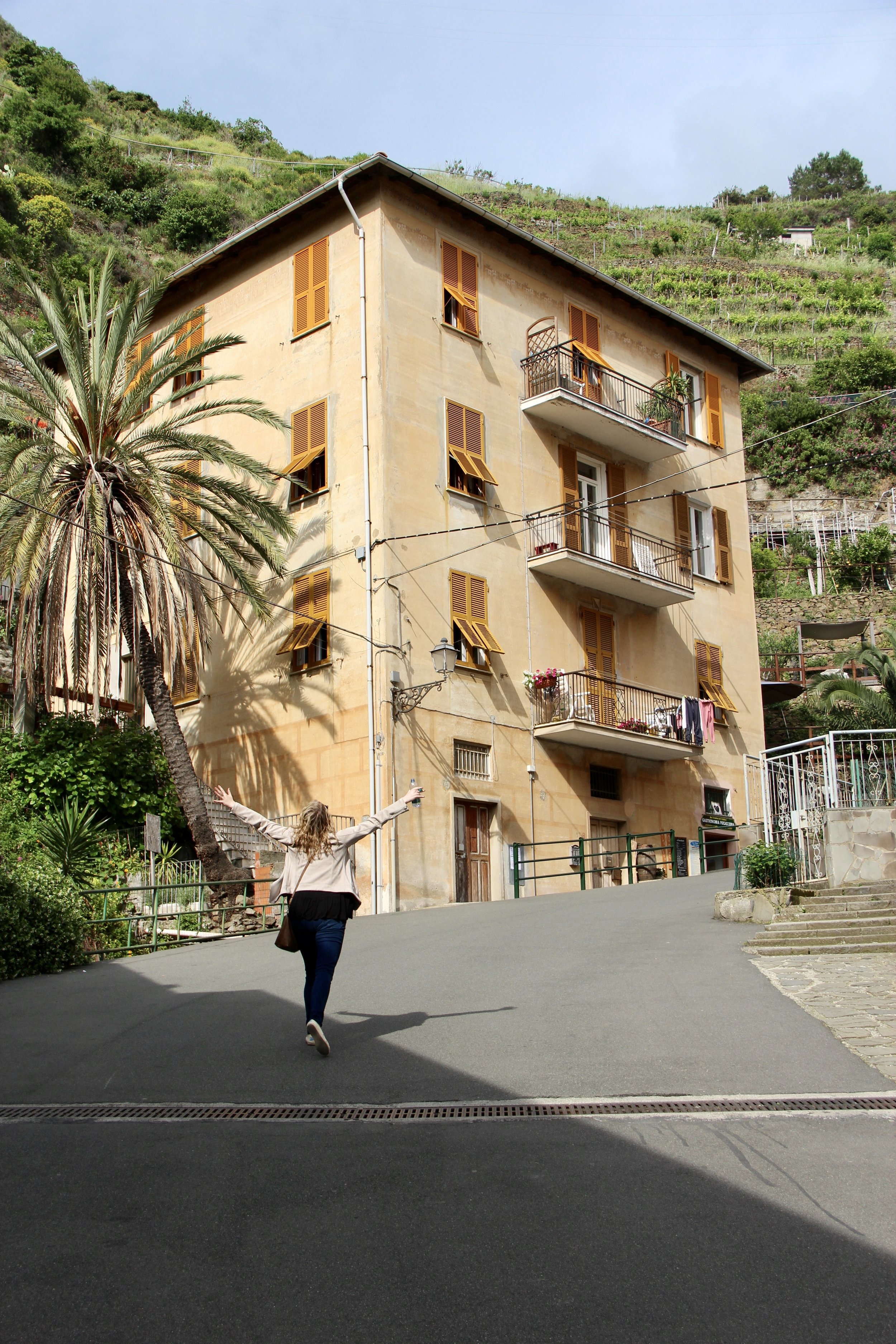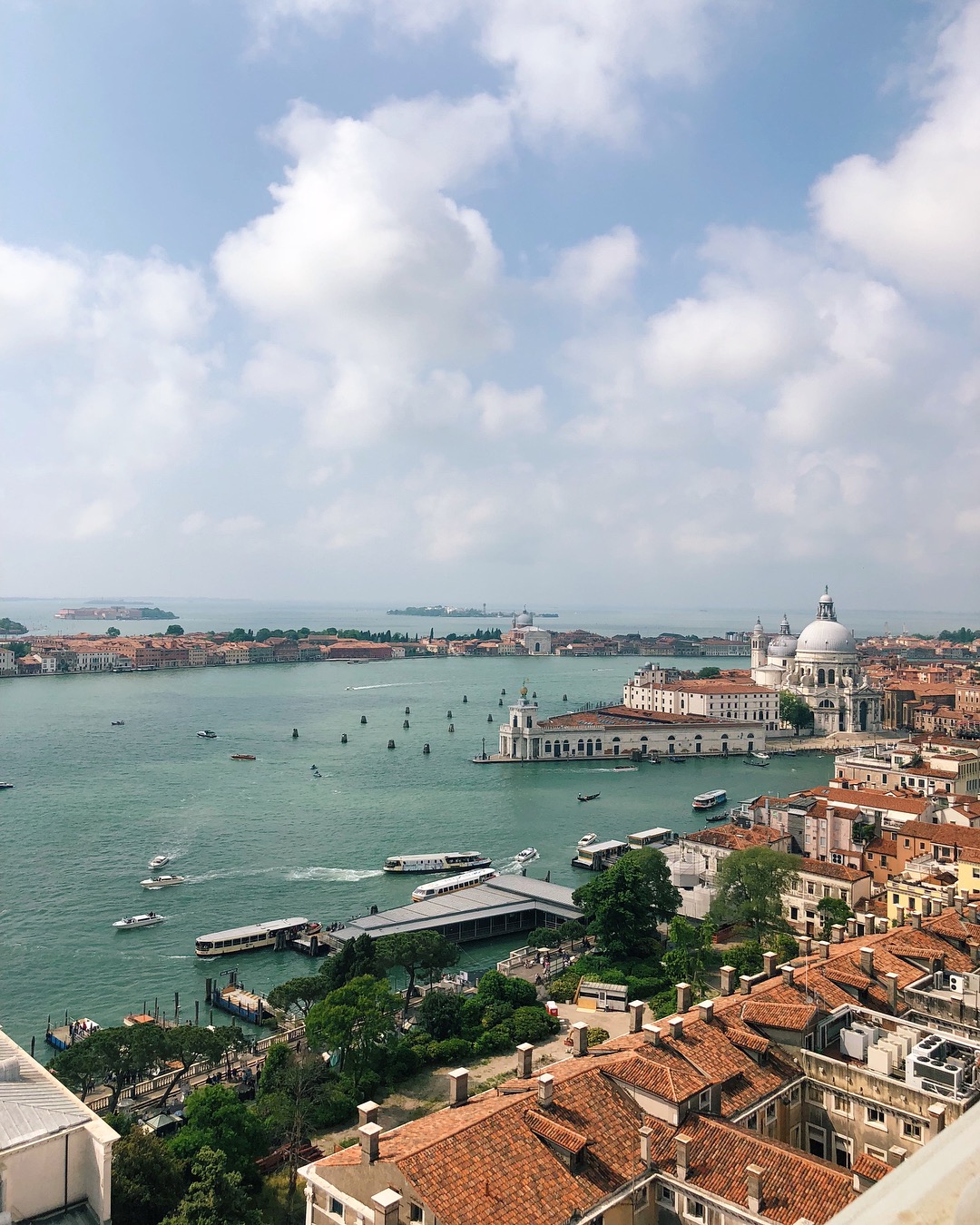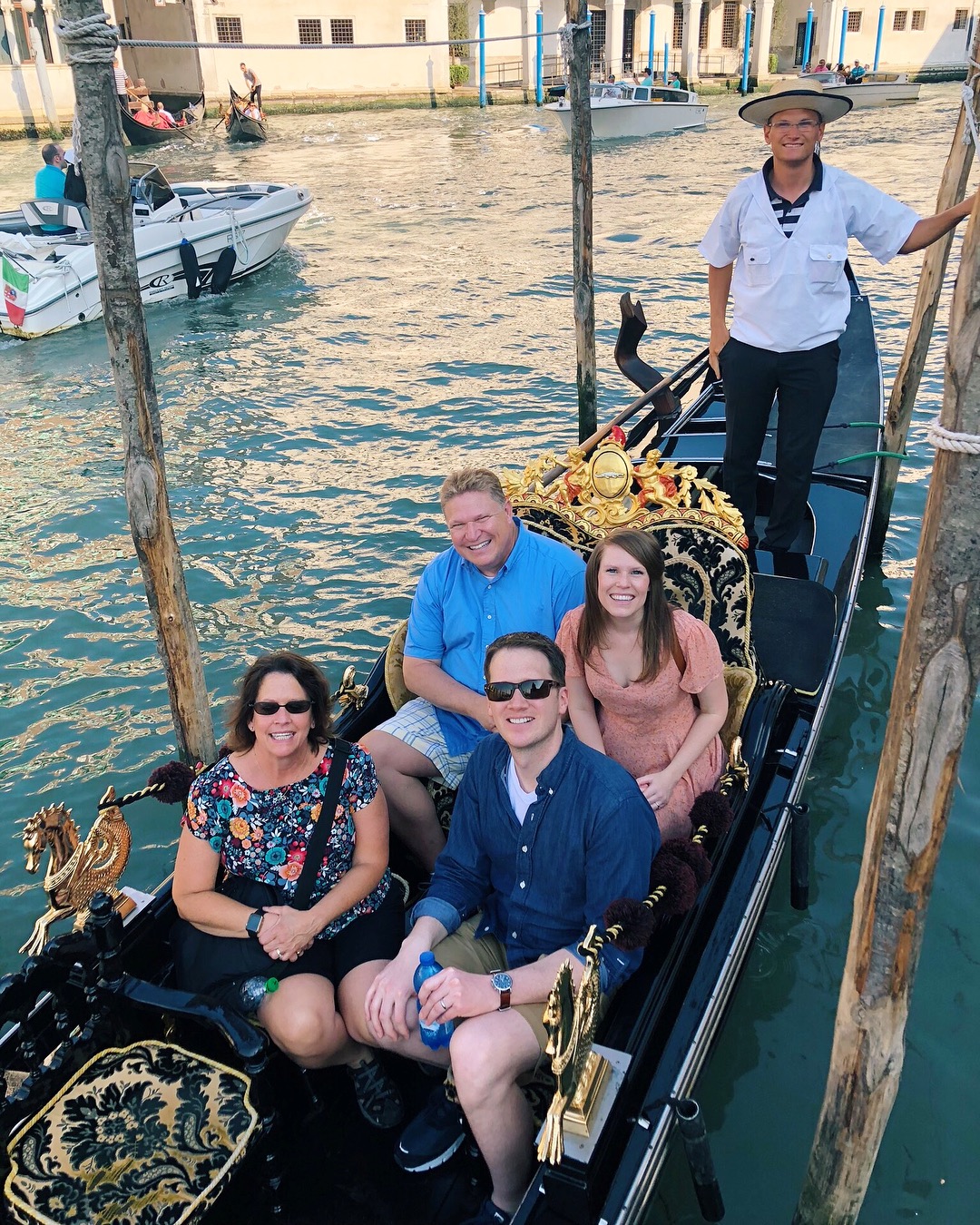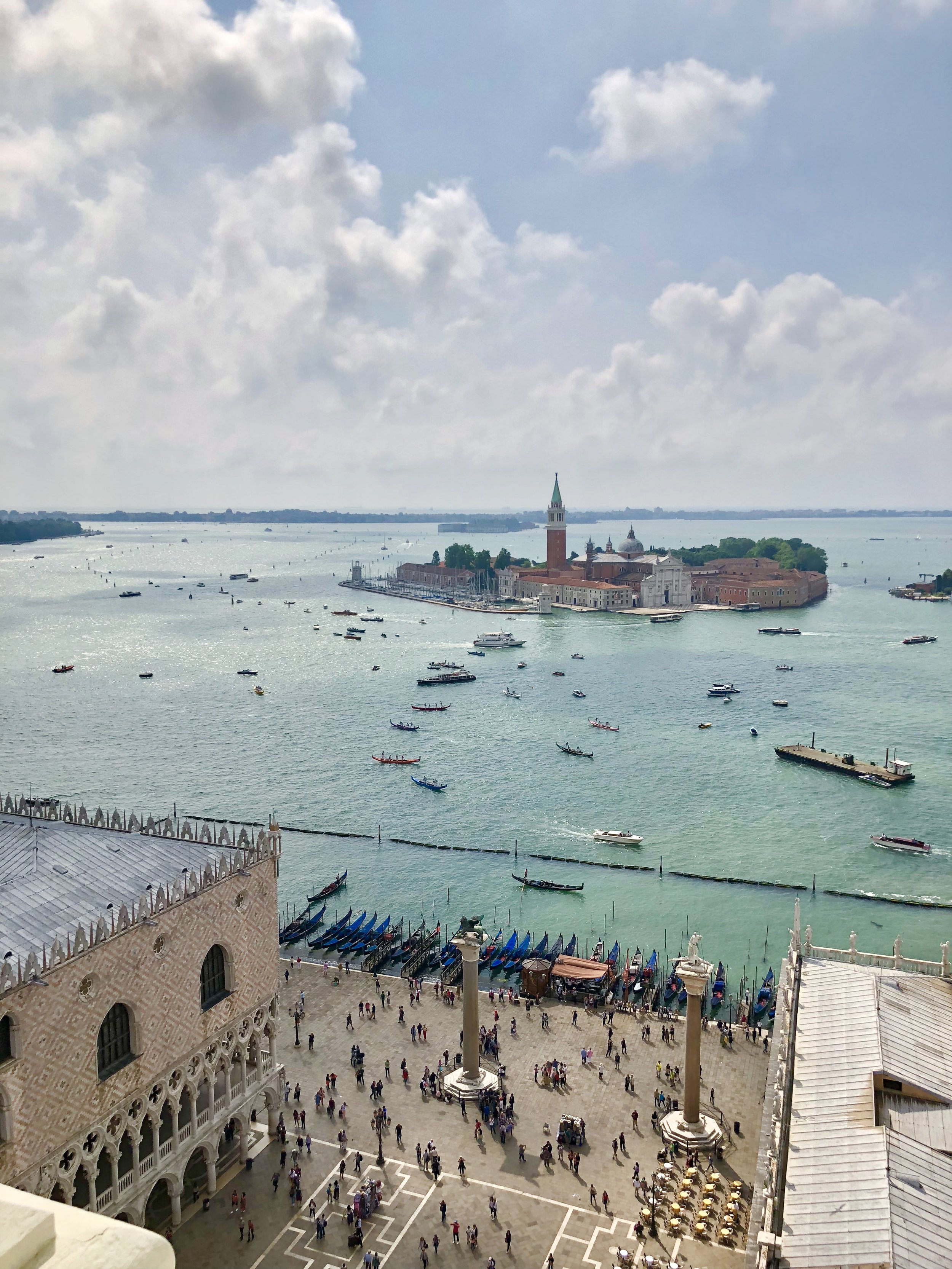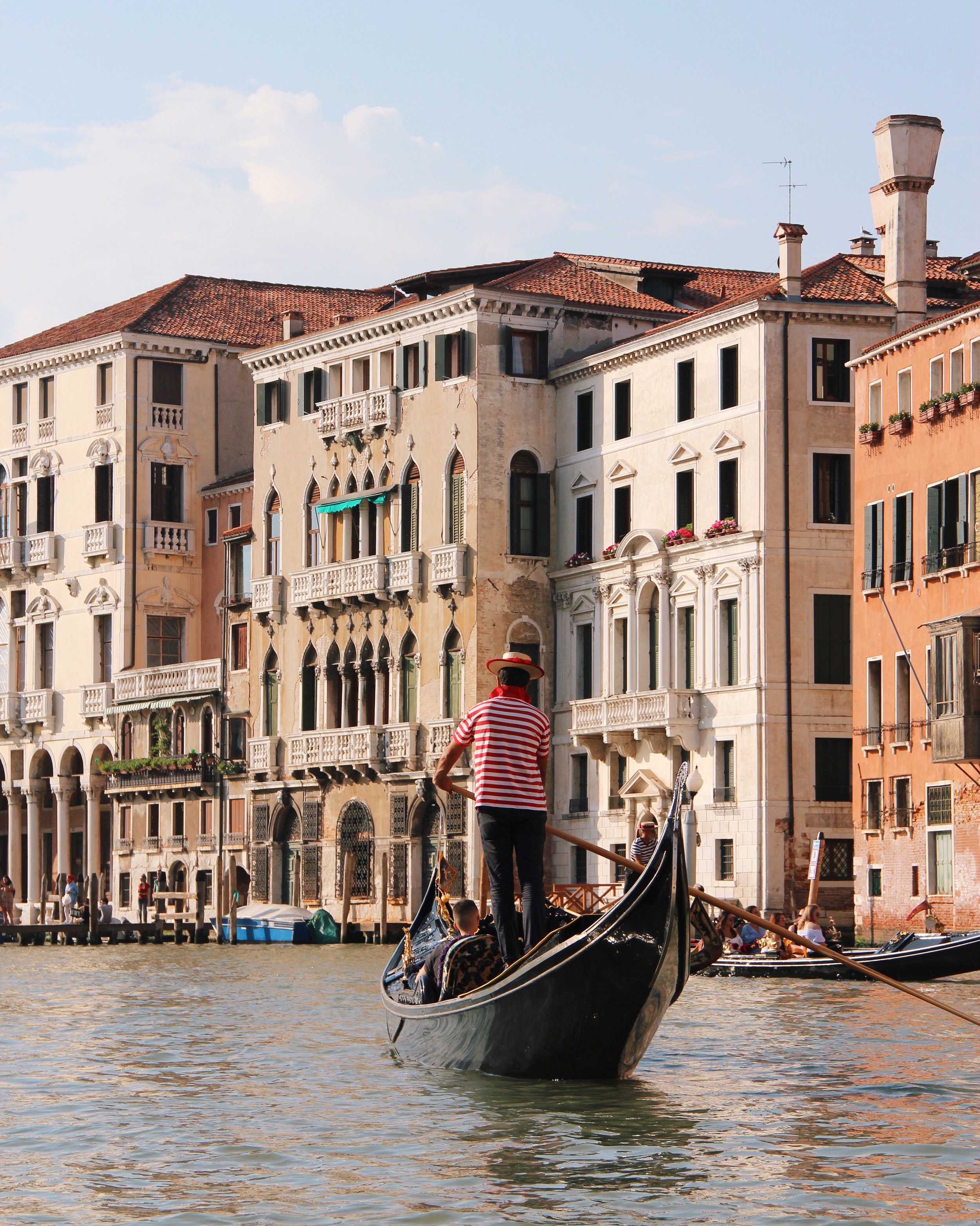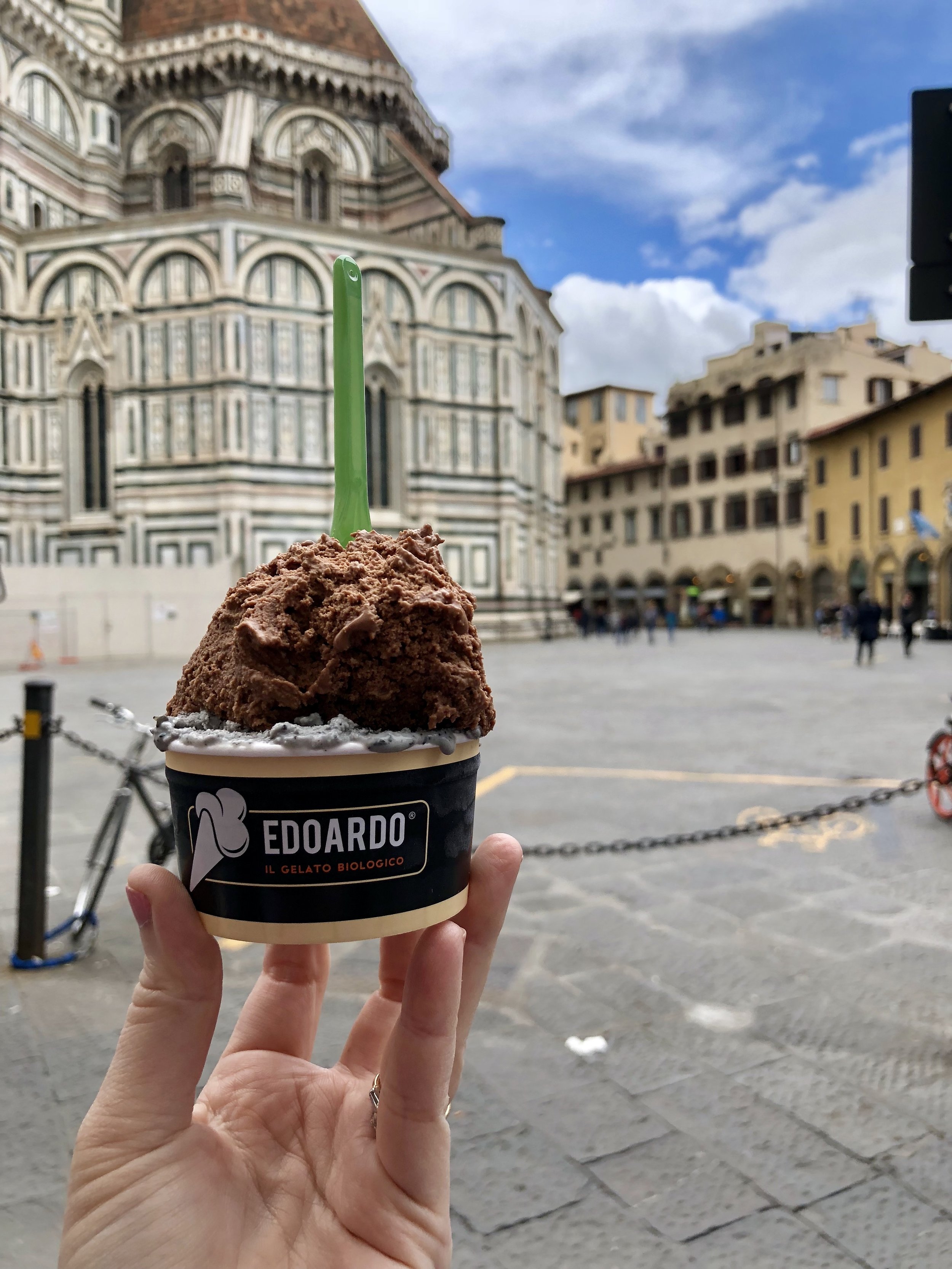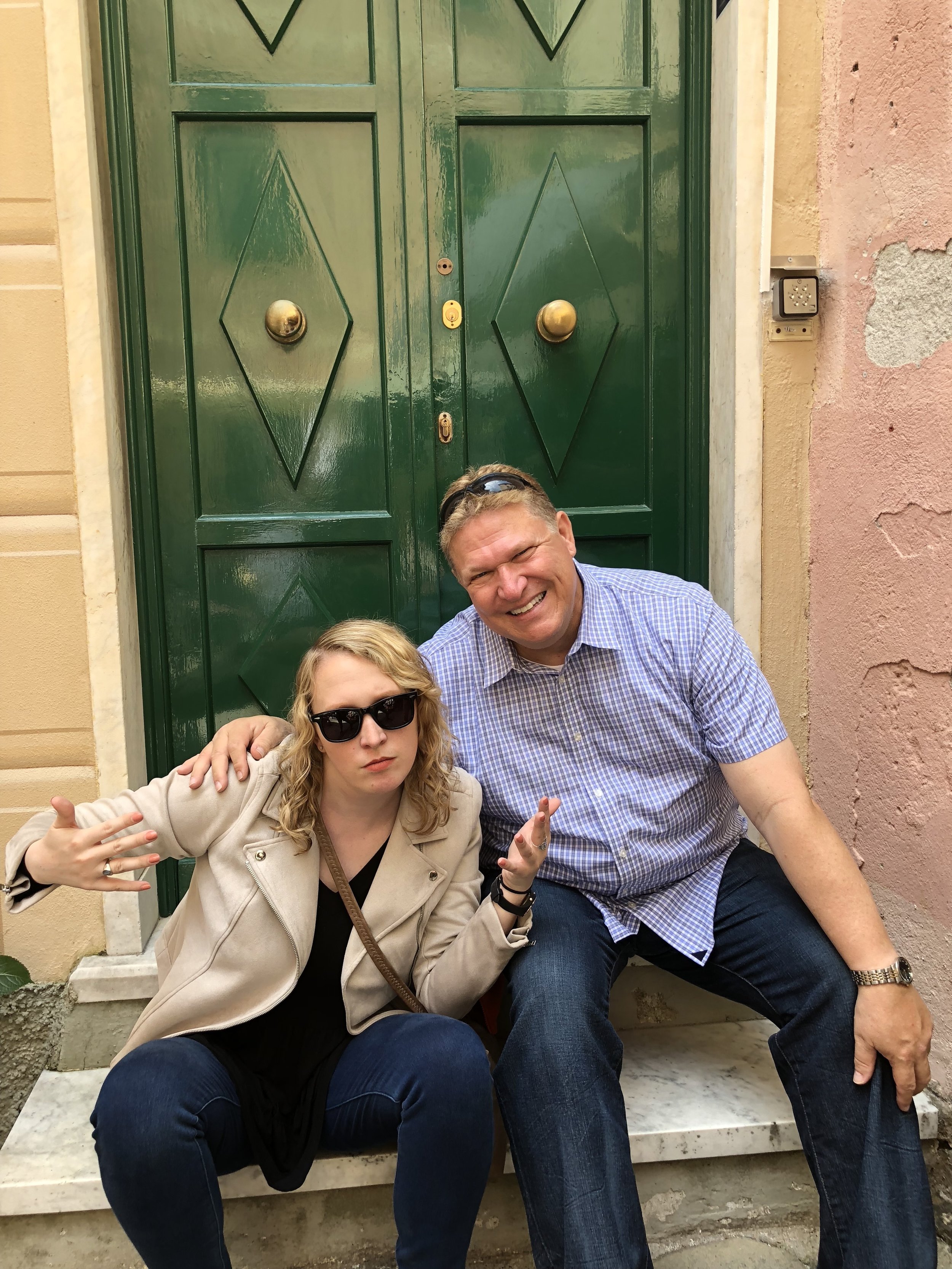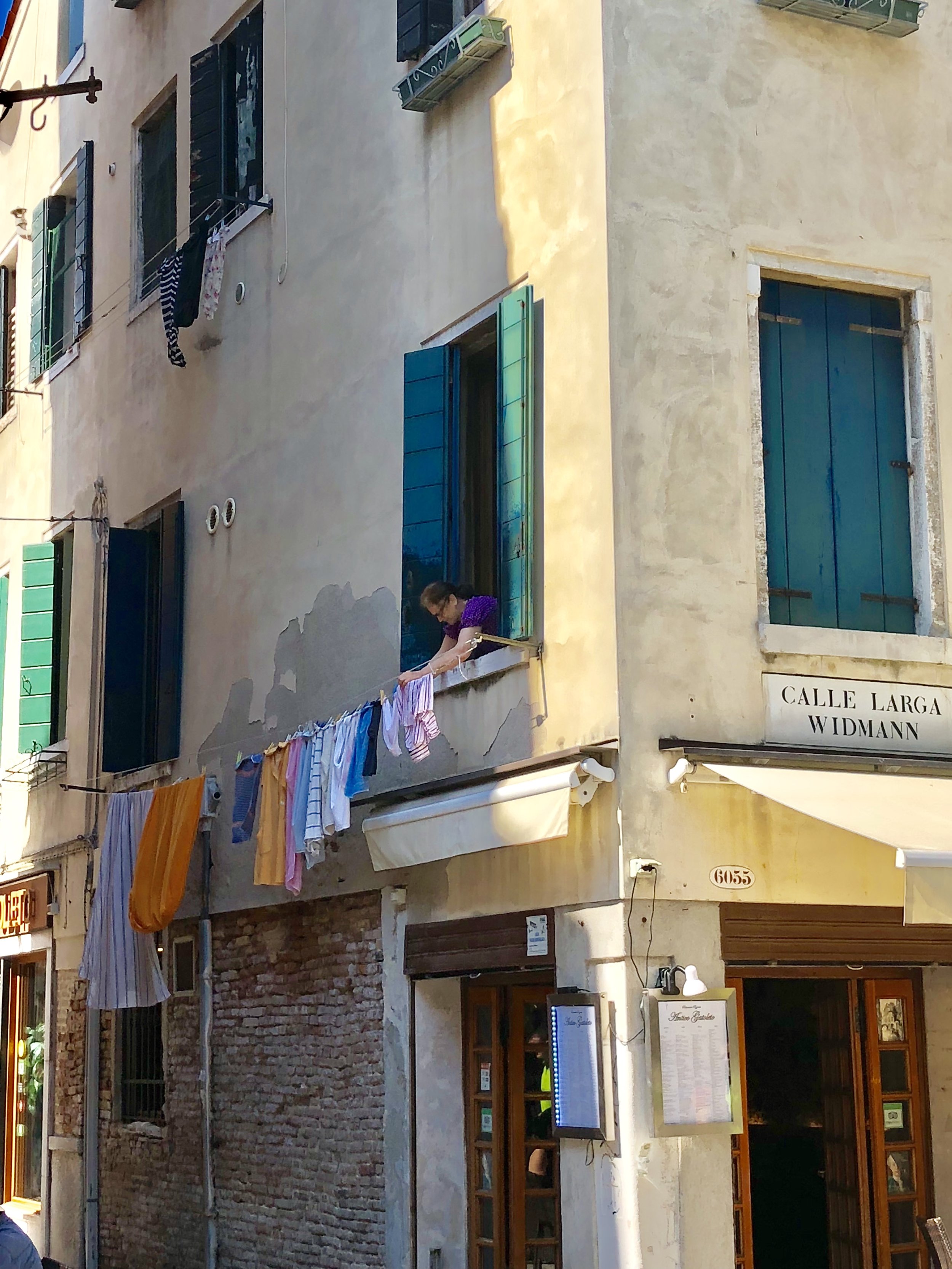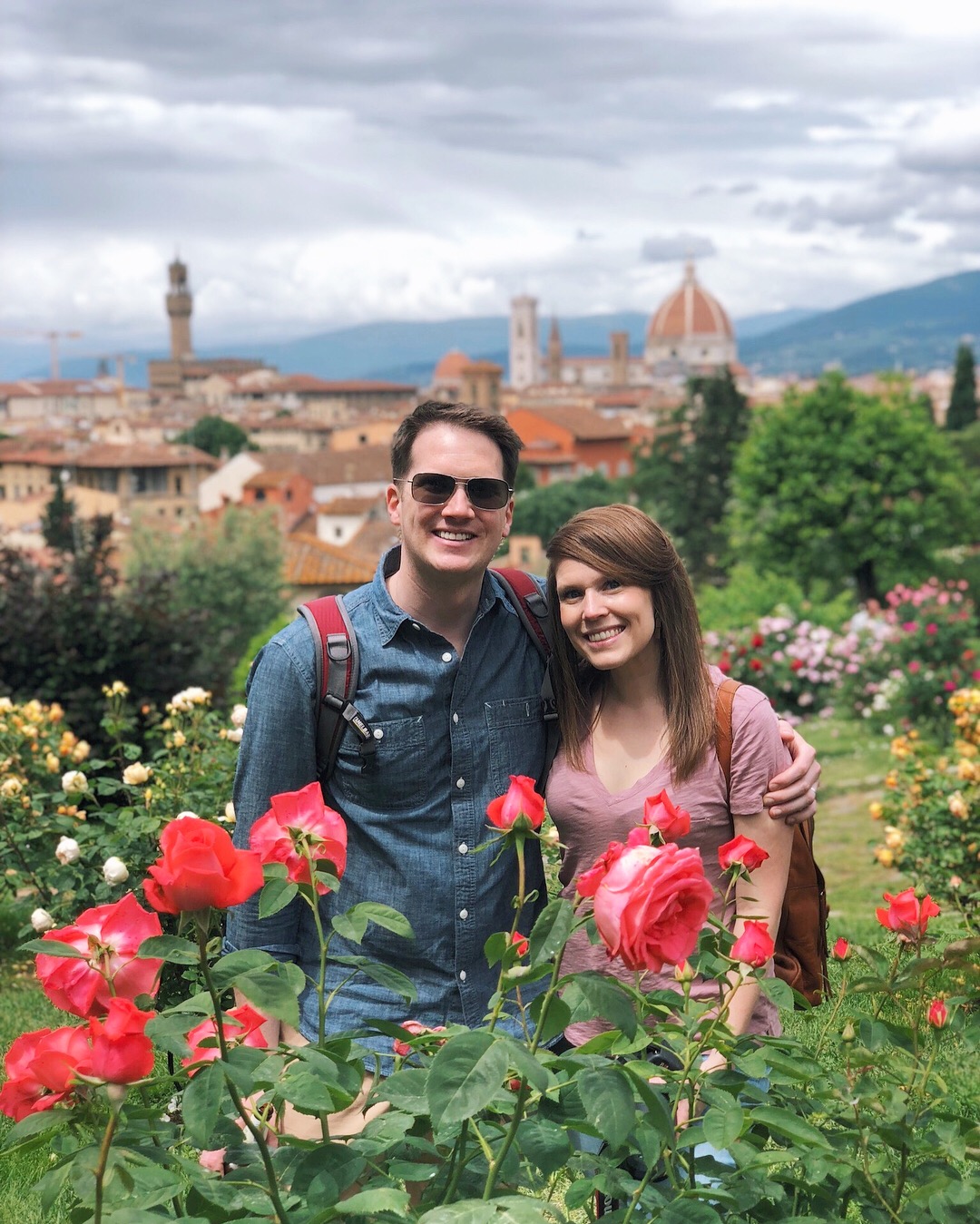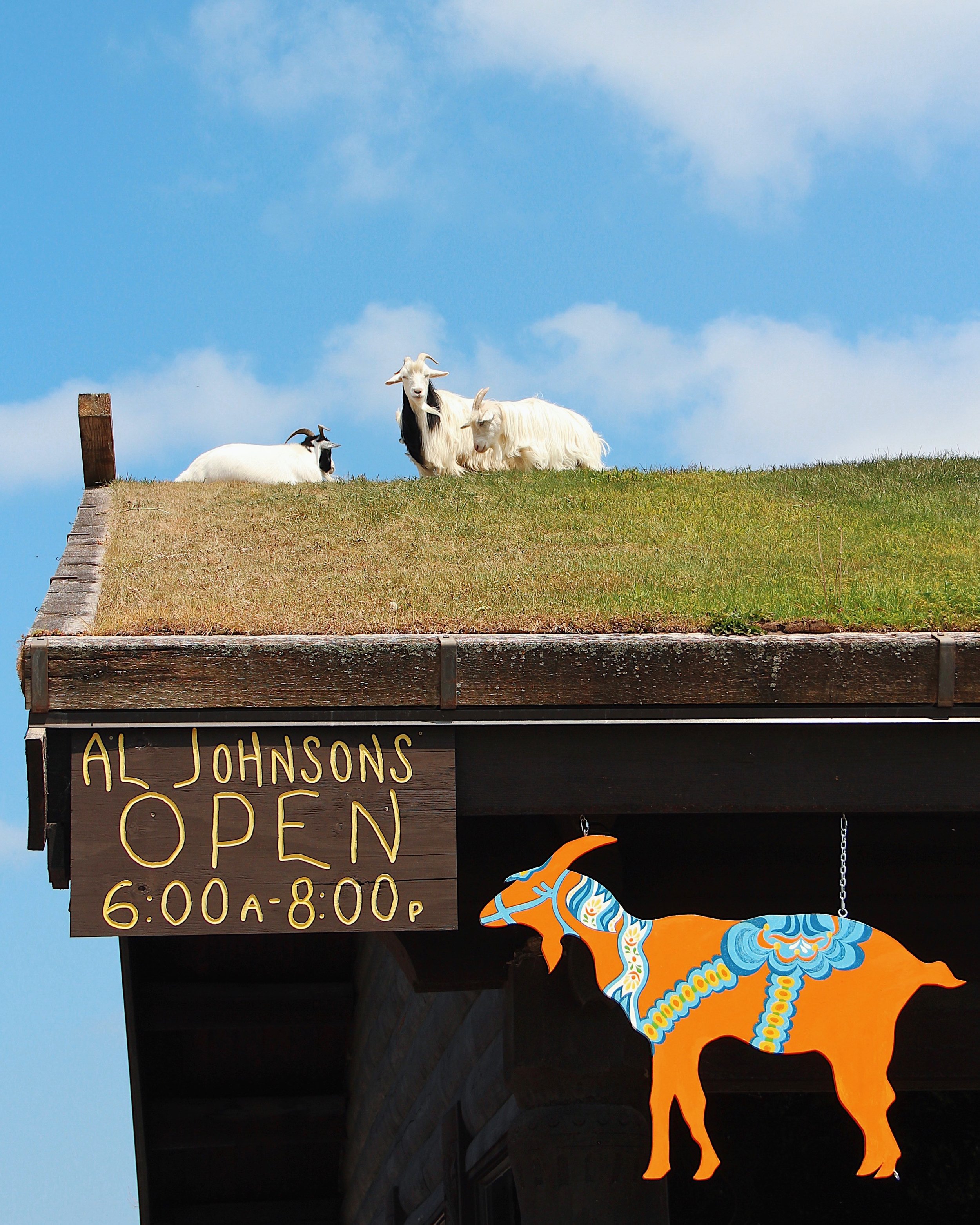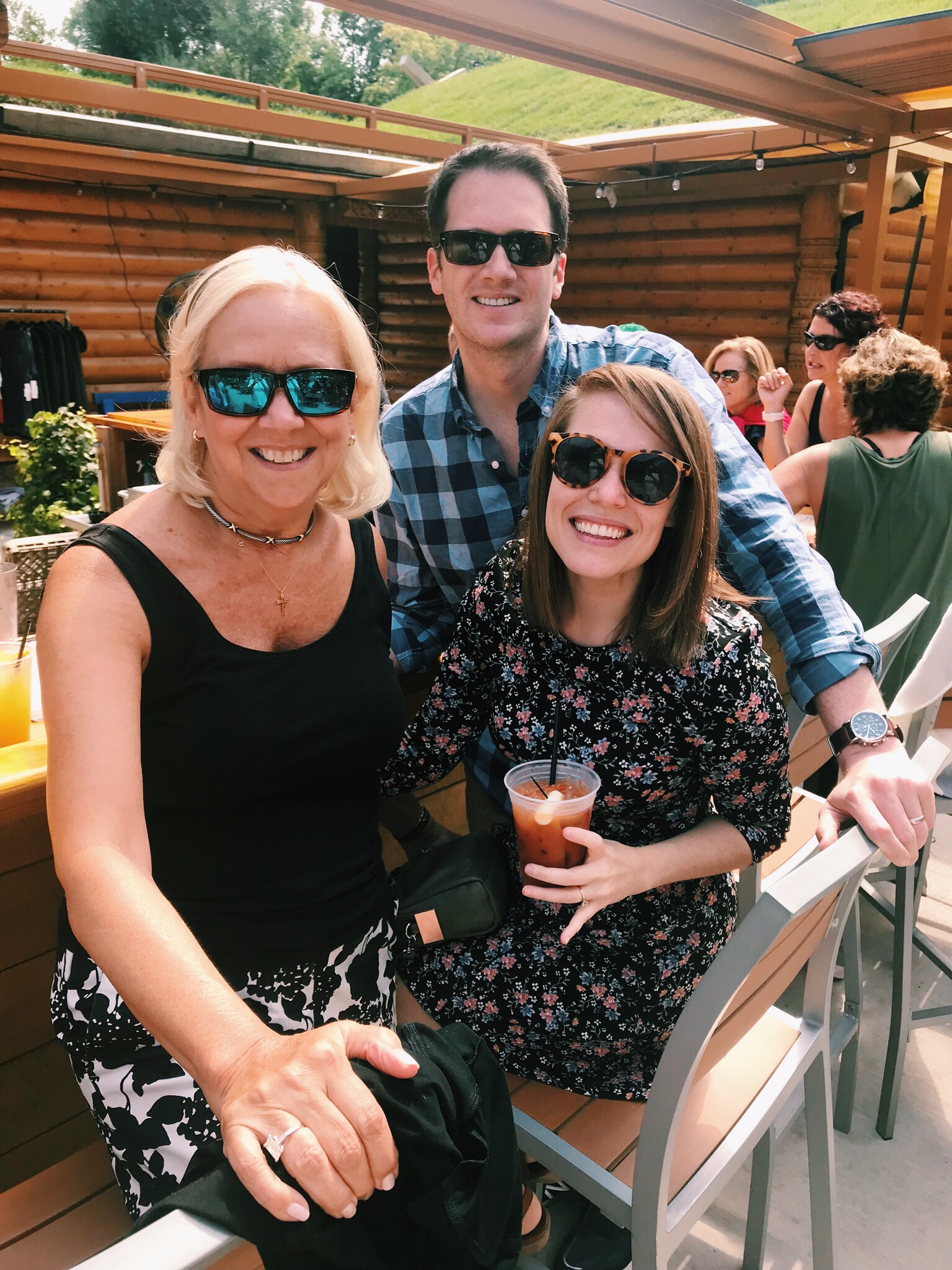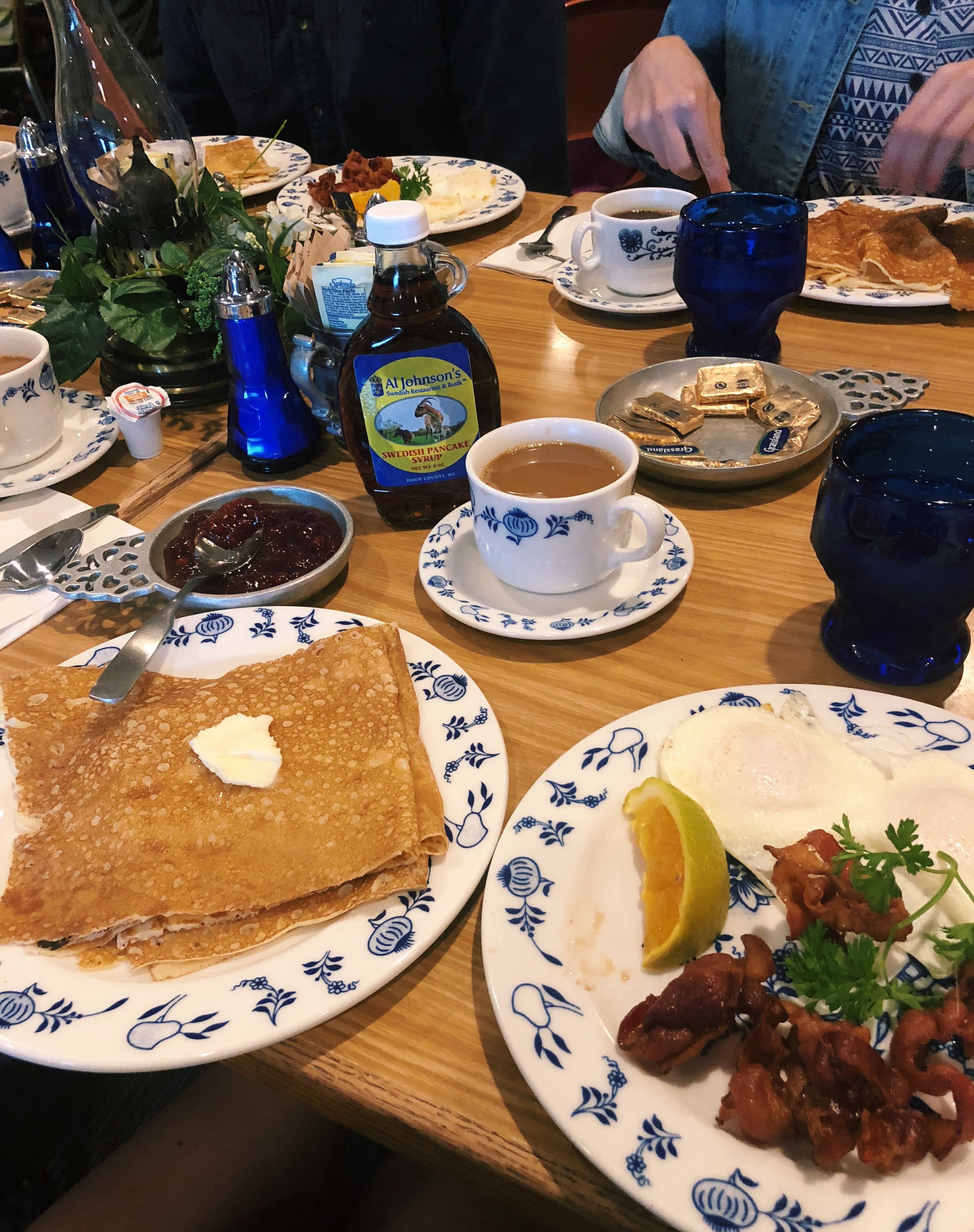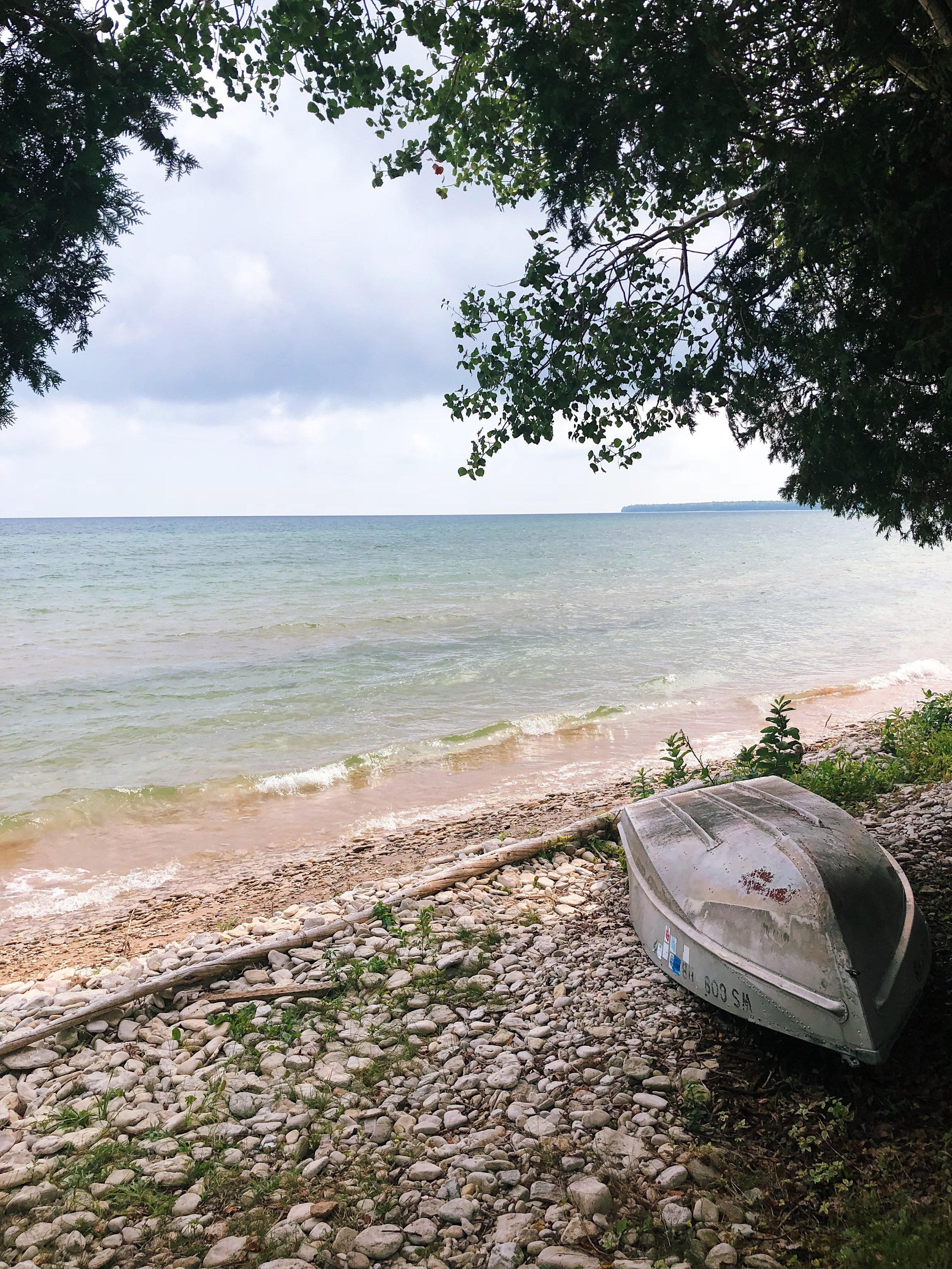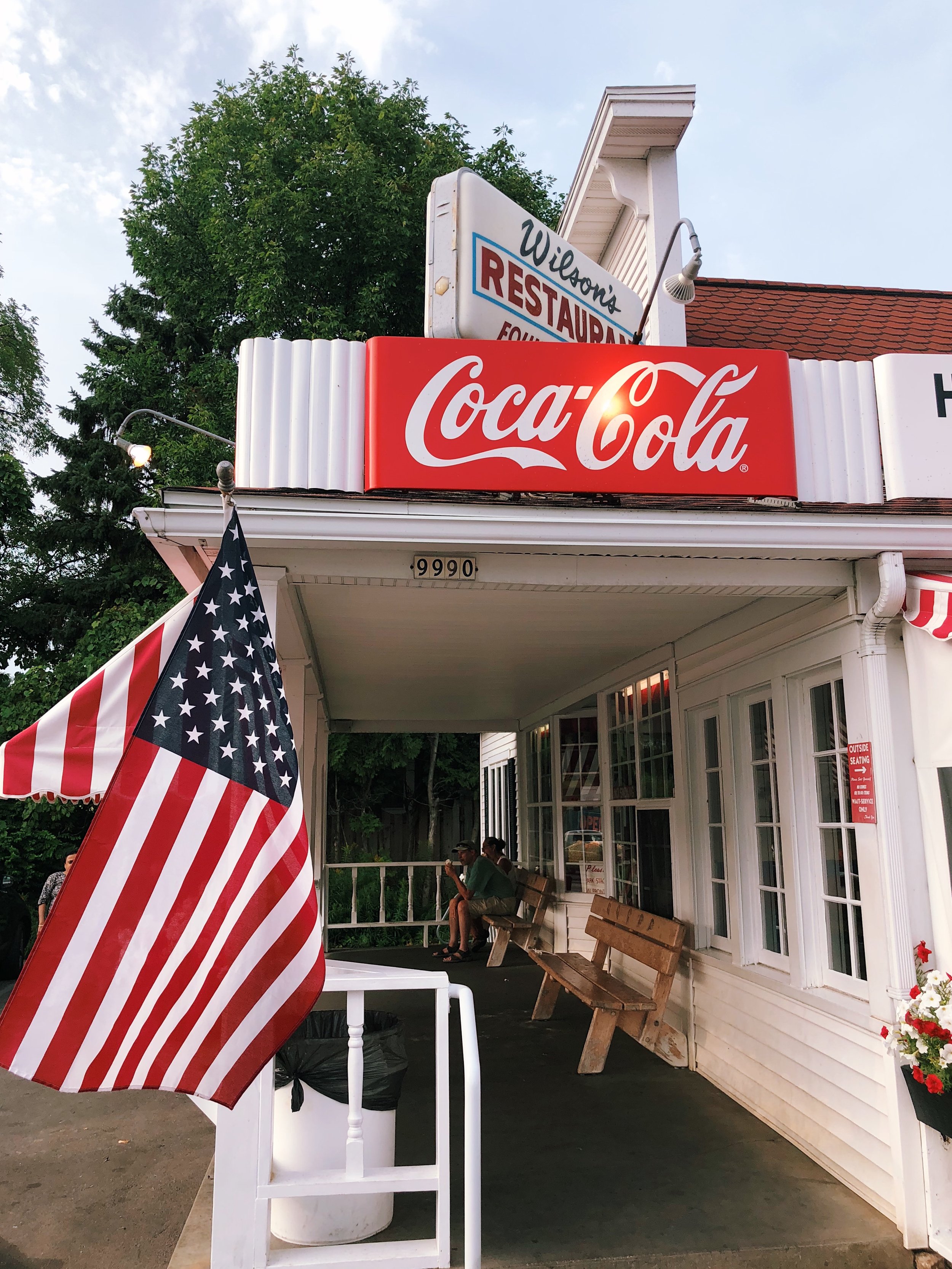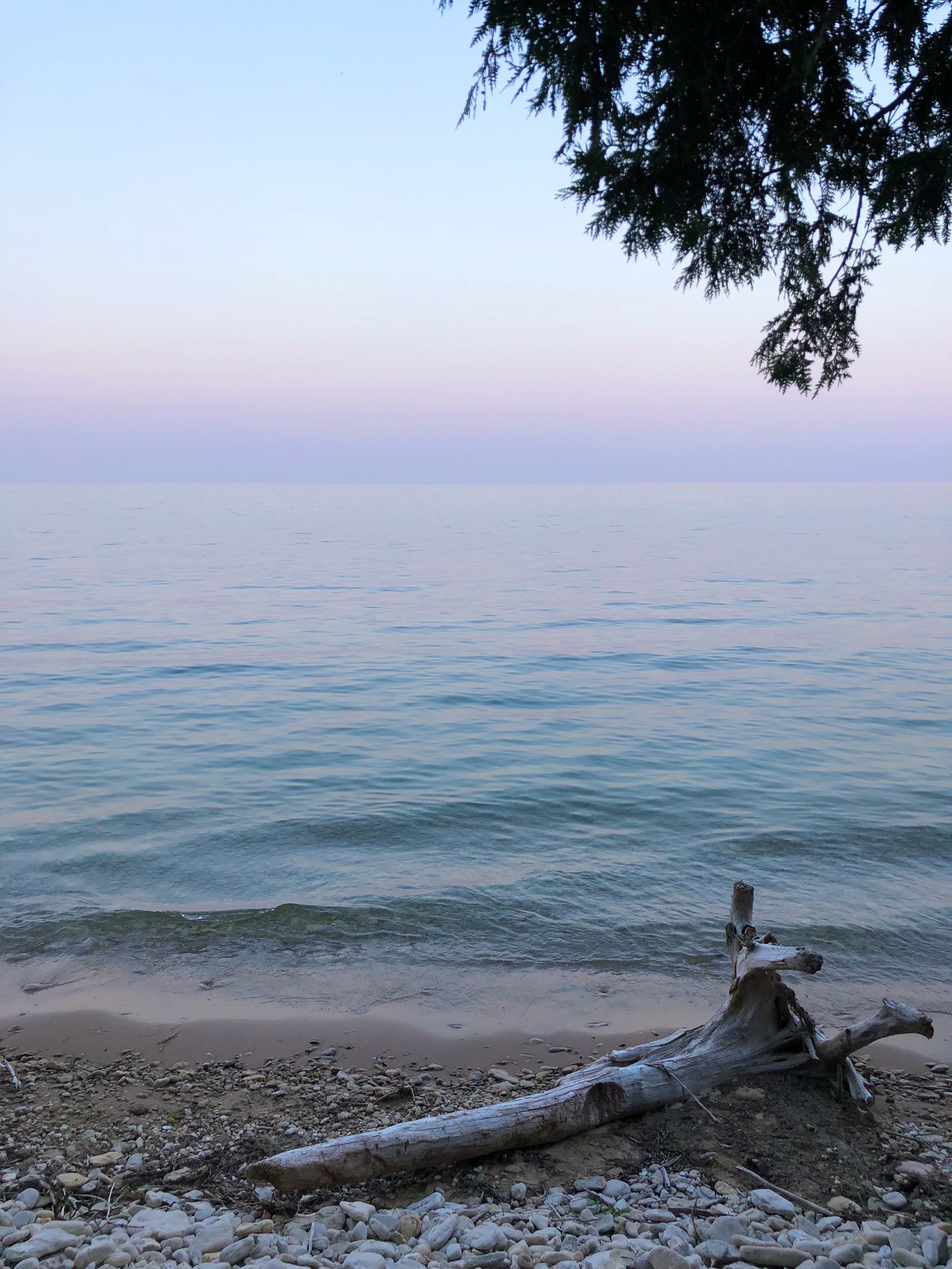No one told me about the wildflowers in Maine.
During a trip this past August, I was astonished by the vibrant colors this northern state wears in late-summer. She was dressed in a blanket of green ferns with accents of every hue, painted on a backdrop of blue skies. It was an unkempt, dazzling landscape to let my mind wander through as we drove by the harbor towns of New England, saltwater heavy in the air.
Below are the highlights of my family’s trip to Portland, Wiscasset, Boothbay, and Bar Harbor. Note: We are all seafood lovers, so there was a food-heavy angle to our itinerary.
I hope your adventure “down the coast” is filled with as many tasty meals, crisp beers, and beautiful wildflowers as ours was!
Maine’s Portland Head Light in mid-August
Portland
What to Do:
Portland is the largest of the towns we visited. The Old Port area is the perfect place to stroll—its cobblestone streets and 19th-century brick buildings are quaint relics of a time past. During the day, walk the rows of converted warehouses that hold small boutiques and knick knack shops. At night, enjoy the robust restaurant scene or grab a drink at a local brewery. There are also several sightseeing services offered from the wharfs along Commercial Street.
If you have a car, drive the 20 minutes to the Portland Head Light on Cape Elizabeth (pictured above). Grab a lobster roll and a blueberry soda at the Bite Into Maine food truck near the parking lot—this was our favorite roll of the trip. Then walk up and down the coast and snap some photos of the iconic 80-foot light house. It’s been guarding Maine’s rocky cliffs from shipwrecks since 1791.
While we didn’t have time to visit other attractions, the Portland Museum of Art and a restored Victorian mansion are both within walking distance of the Old Port area.
Restaurants:
Central Provisions serves an eclectic mix of small plates with quality ingredients. We ordered 11 or 12 plates for four people, which was just the right amount of food. My family sampled dishes like bone marrow toast, bluefin tuna crudo, and suckling pig—my parents even tried their first foie gras (I was shocked and proud!). But the favorite dish of the meal was crunchy cod cheek tempura that melted in your mouth like butter.
Central Provisions doesn’t take reservations, so we put our name down at 6:30 pm and walked around Old Port for about an hour and a half. To kill time, we had an appetizer of oysters and cocktails at a restaurant down the block called Eventide—we stood at the bar to avoid the line. If you like dirty martinis, they make a mean one with olive brine, oyster brine, hot sauce, and gin (or vodka, if you must).
Duck Fat is right next door, and another staple in the Portland food scene. Known for their poutine, sandwiches, and milkshakes, this café makes for a good lunch option. I also sampled a tasty, local IPA here called Liquid Riot. We stopped by this establishment on our last day of the trip, right before heading to the airport.
I have no complaints about the three restaurants listed above; each of them is worth a visit. But Central Provisions made for a memorable evening and was dubbed a highlight of our trip.

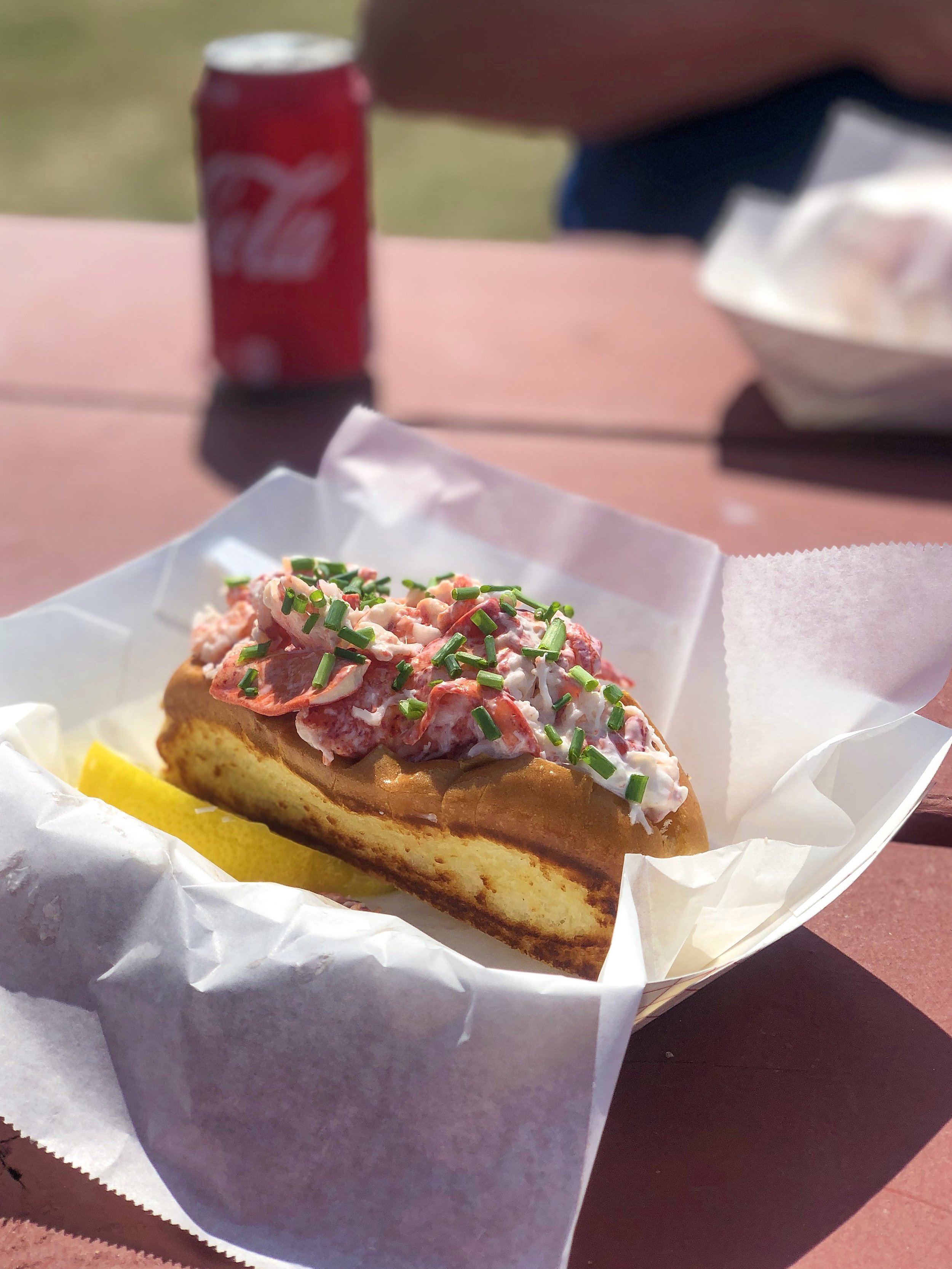
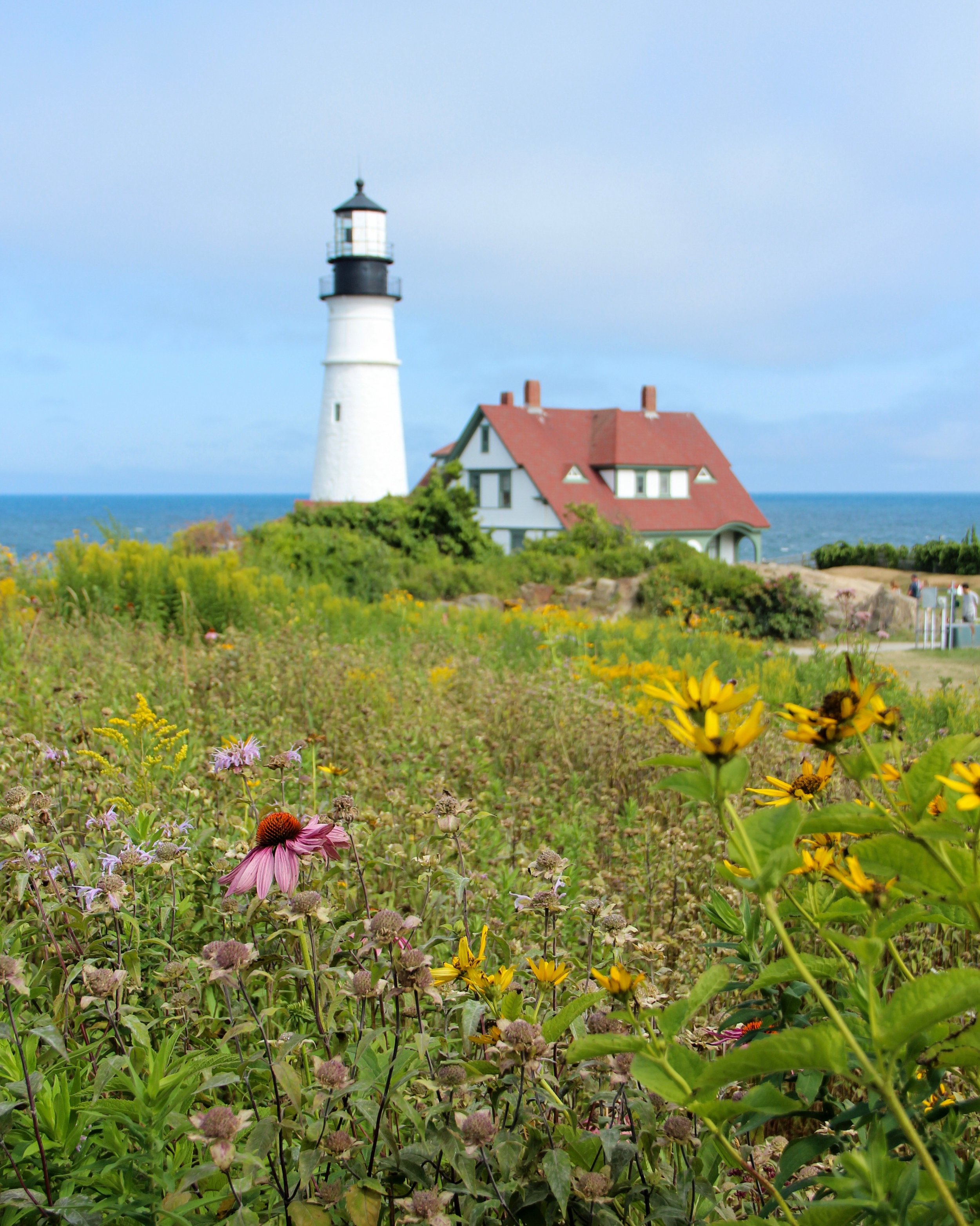



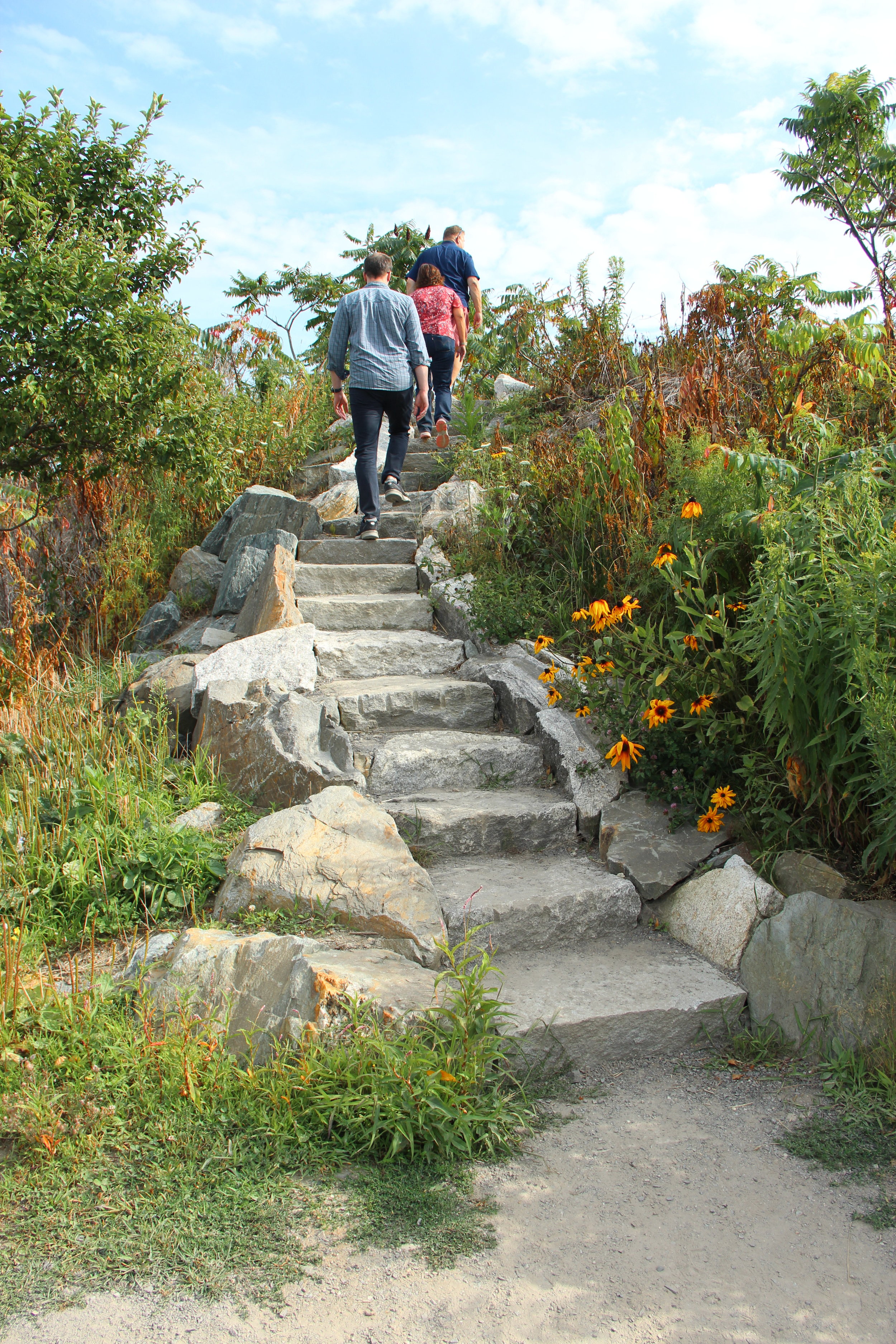
Wiscasset
Wiscasset is a small town situated right off of Route 1, the main highway along the coast of Maine. Because we were doing a lengthy road trip to see multiple harbors, we wanted to be close to this road. So we found a two-bedroom cottage on Airbnb with porch views of the Sheepscot River. It was centrally located and perfect for our party of four.
While driving from Portland to Wiscasset on Day 2 of our journey, we stopped at Castle Tucker, a historic mansion open to visitors during the summer and early fall. I adore old houses and their history, so my interest was piqued throughout the whole experience—but I will warn you, the tour was quite long. I think our guide had us for about 1.5 hours. Get all of the details about Castle Tucker, here.
The actual town of Wiscasset has a few cute boutiques, an antique shop opened in the afternoons, and the famous Red’s Eats lobster stand (warning: the line can get very long). Castle Tucker is about a 4-minute drive from Wiscasset’s main drag.
If you head about 10 minutes north, you’ll find Shuck Station Raw Bar in Newcastle, Maine. We ordered 2 dozen oysters and found some favorite (briny) varieties. These included Mere Point, Johns River, and “Wild Dams”—or wild oysters not specifically from a farm. This converted gas station-turned-restaurant was a great casual lunch spot with more than just oysters on the menu; my dad got another lobster roll and some tasty fries. Throughout the summer, they also have live music on the weekends. Note: The Mere Points with a dab of lemon were my favorite oyster combination of the weekend—but I like ‘em salty!
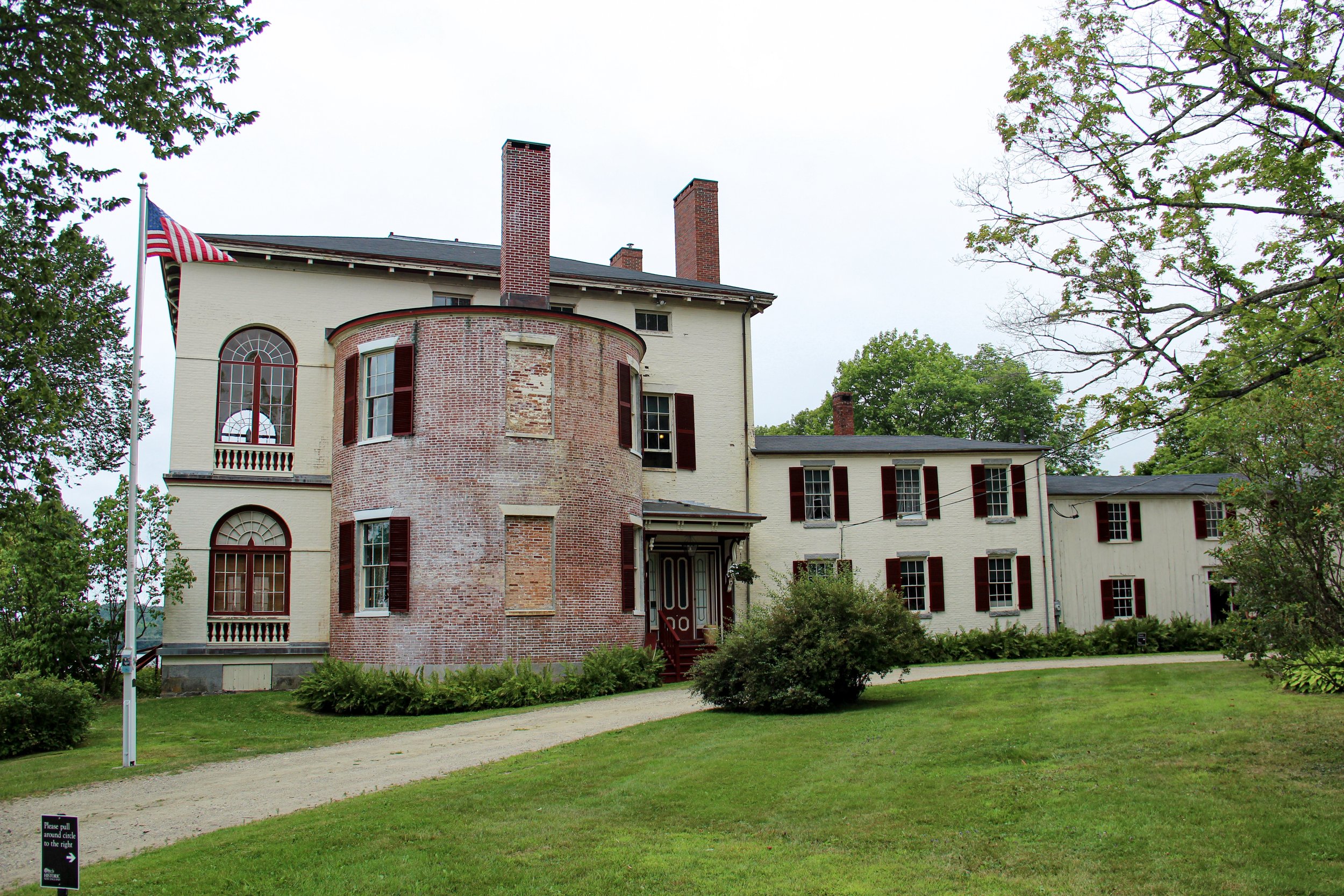

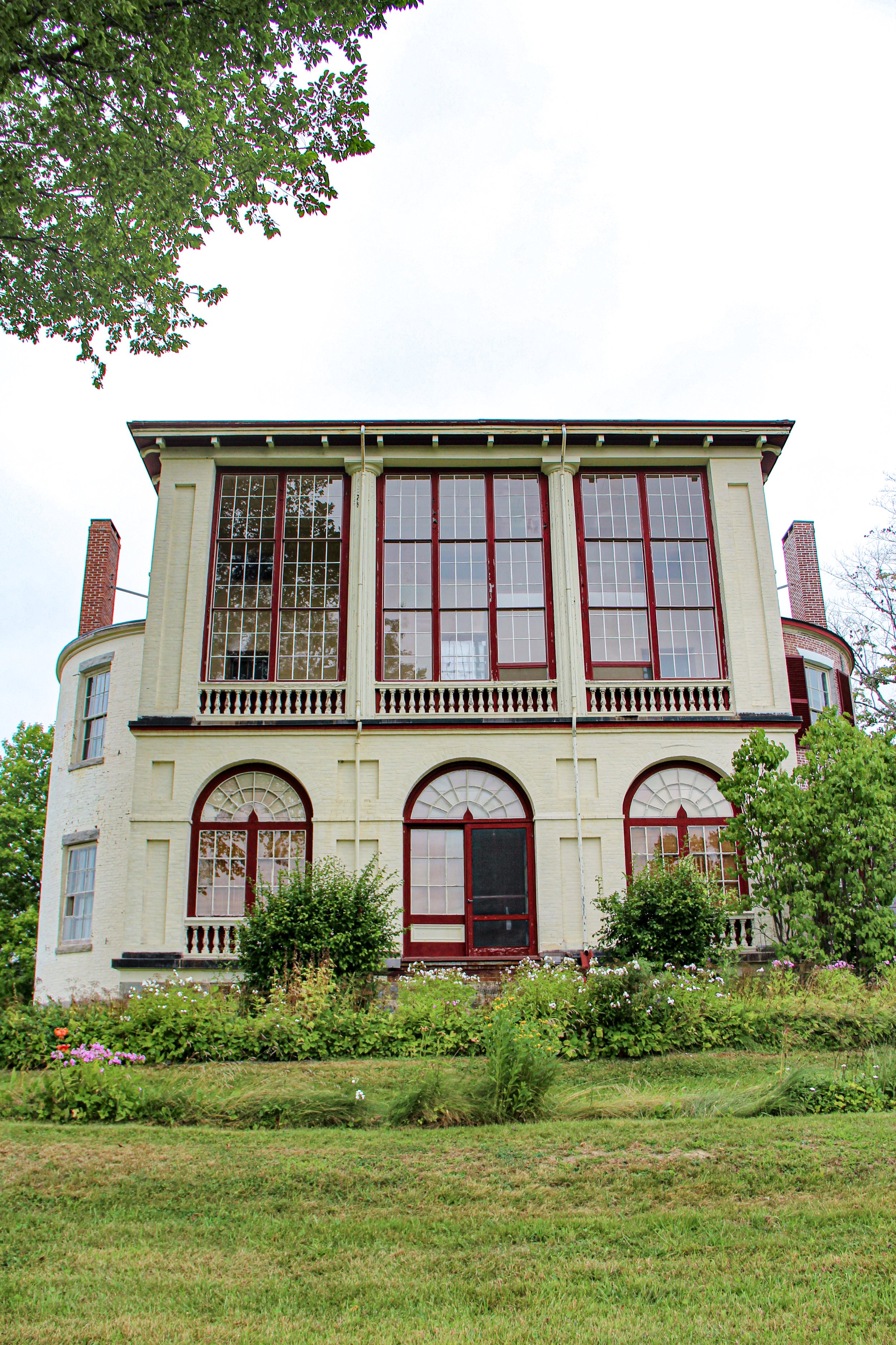
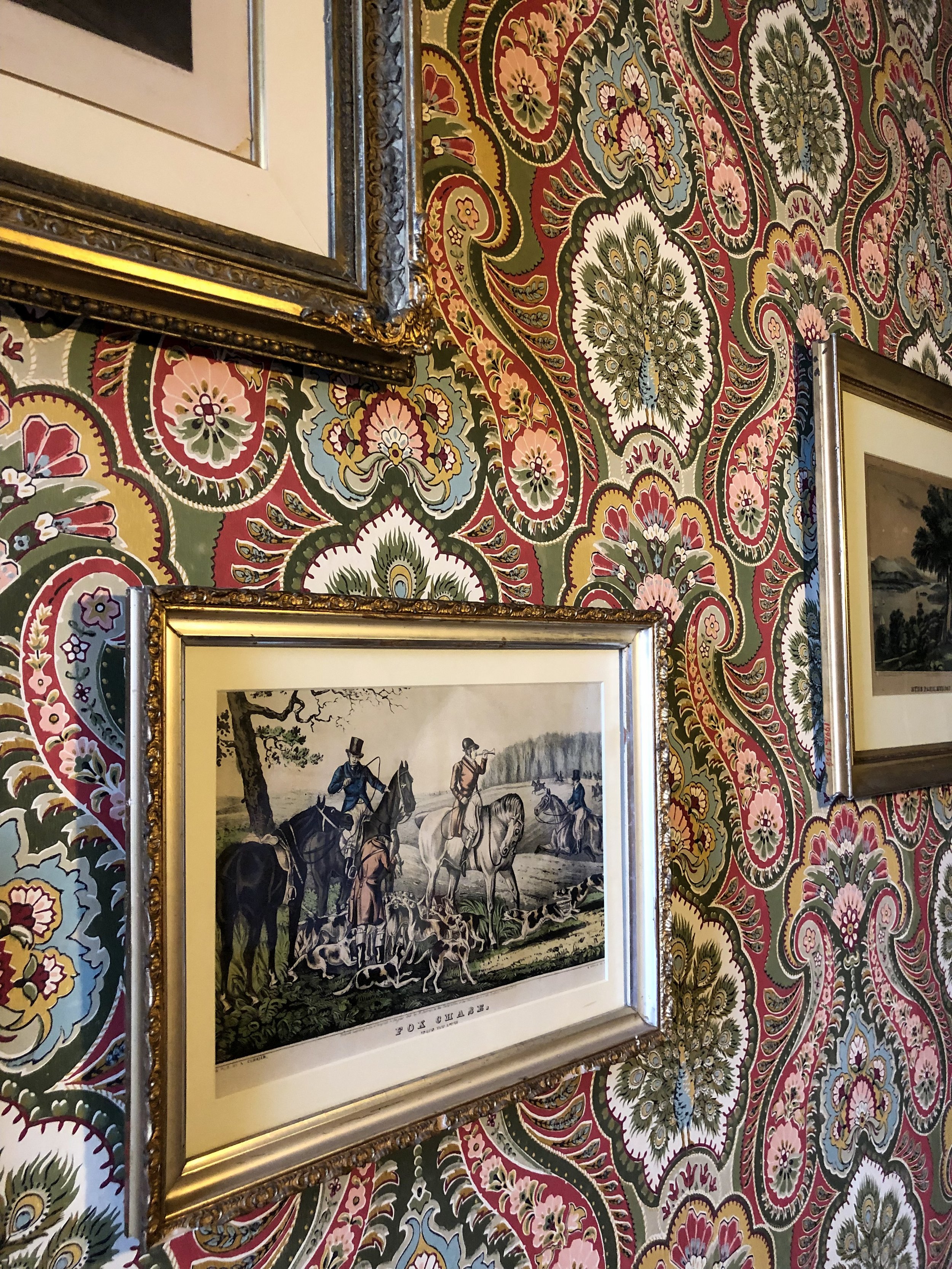
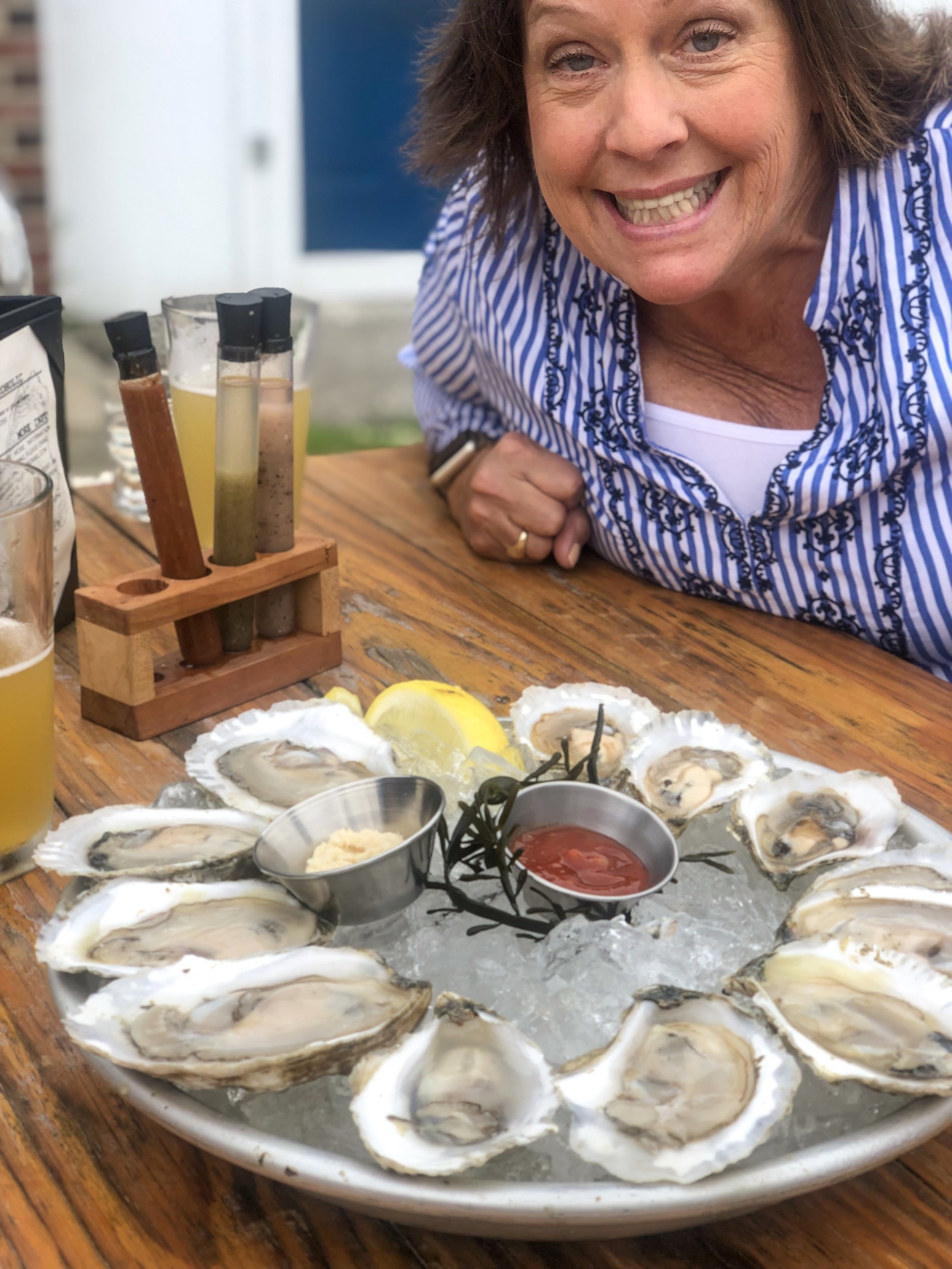
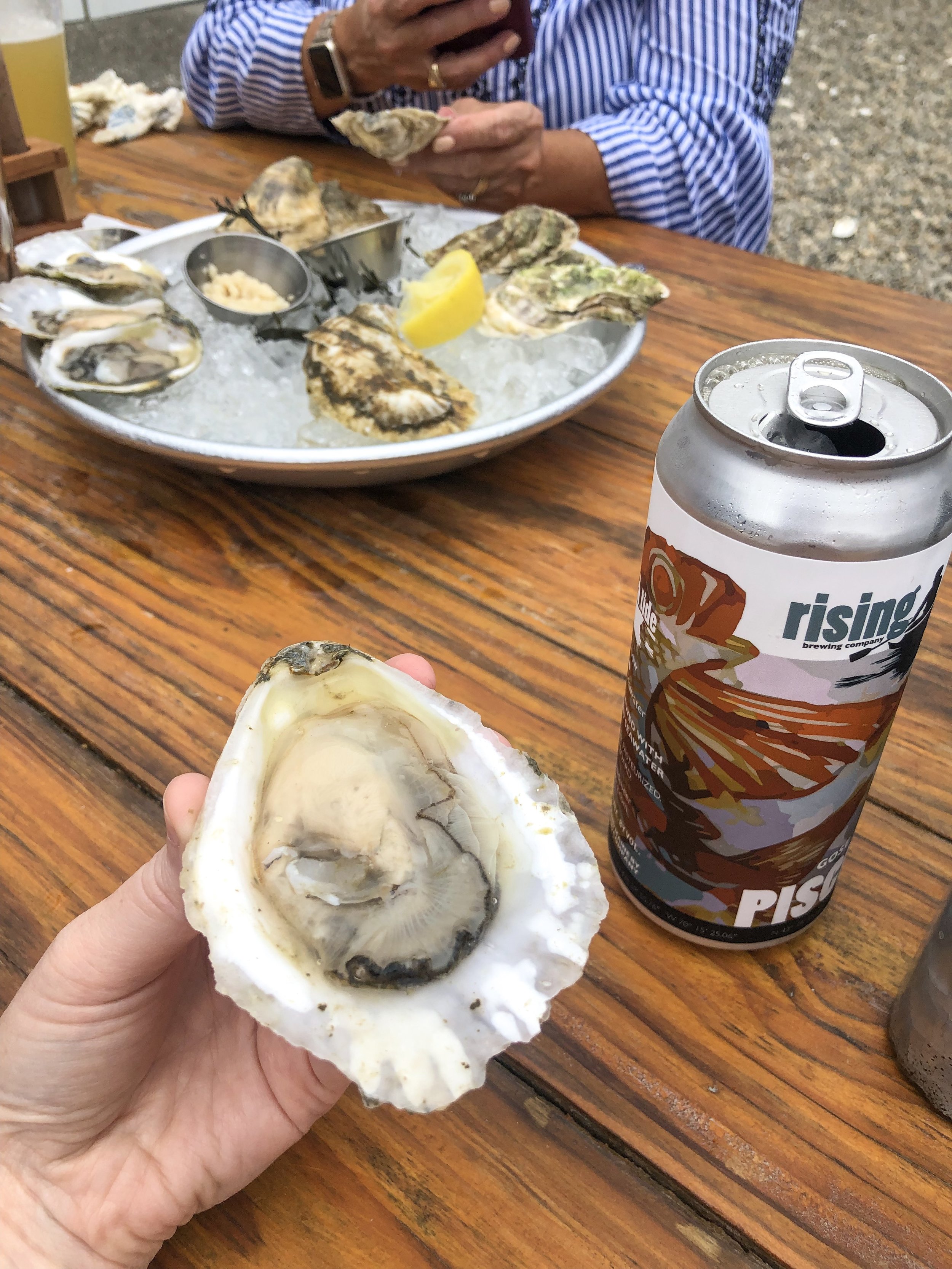
Boothbay Harbor
I visited Boothbay in high school (which is now many moons ago) but I wanted to return and do something on the water. One of my dad’s collogues recommended the Cabbage Island Clambake, an experience where visitors can take a cruise to a family-owned island and enjoy a big lobster dinner on its shores. I quickly booked tickets.
Our night started with a slow sail through Boothbay, past lighthouses and little islands, while the captain told us a few fun facts about the harbor. We opted to stand outside on the boat’s deck to get a good view. Capacity is limited within this area of the ship, so be sure to quickly walk up to the top of the boat when you first step foot on board. Also even in mid-August, it’s a good idea to bring a light jacket.
When we arrived on the Moore family’s island, their 99-year-old matriarch Bennie Alice greeted us. Believe it or not, she still works in the gift shop! My mother loved talking to her—Bennie told Mom that the family boat was named after her because none of her children could decide on which wife to name it after. Ha!
We roamed around the grounds a bit, then settled into a corner table on the porch of the family’s house/restaurant. At the first bell, a bowl of fish chowder was brought to our table along with a few drinks we’d ordered. At the second bell, we all lined up to get our meals from a fire pit at the edge of the water. Each tray included two lobsters, a bowl of oysters, a potato, an onion, an egg, and corn on the cob. After our meal, blueberry cake and coffee were served.
You can confidently assume we were very full and very happy with our “eat like a local” experience.
If you’re interested in the Cabbage Island Clambake, be sure to book your reservations in advance—it sells out quickly! You’ll pick up your tickets day-of at Pier 6; only or check are accepted. The whole experience takes about four hours. Both the boat and the island have a cash bar. And if you don’t know how to crack a lobster, the staff will show you exactly how it’s done.
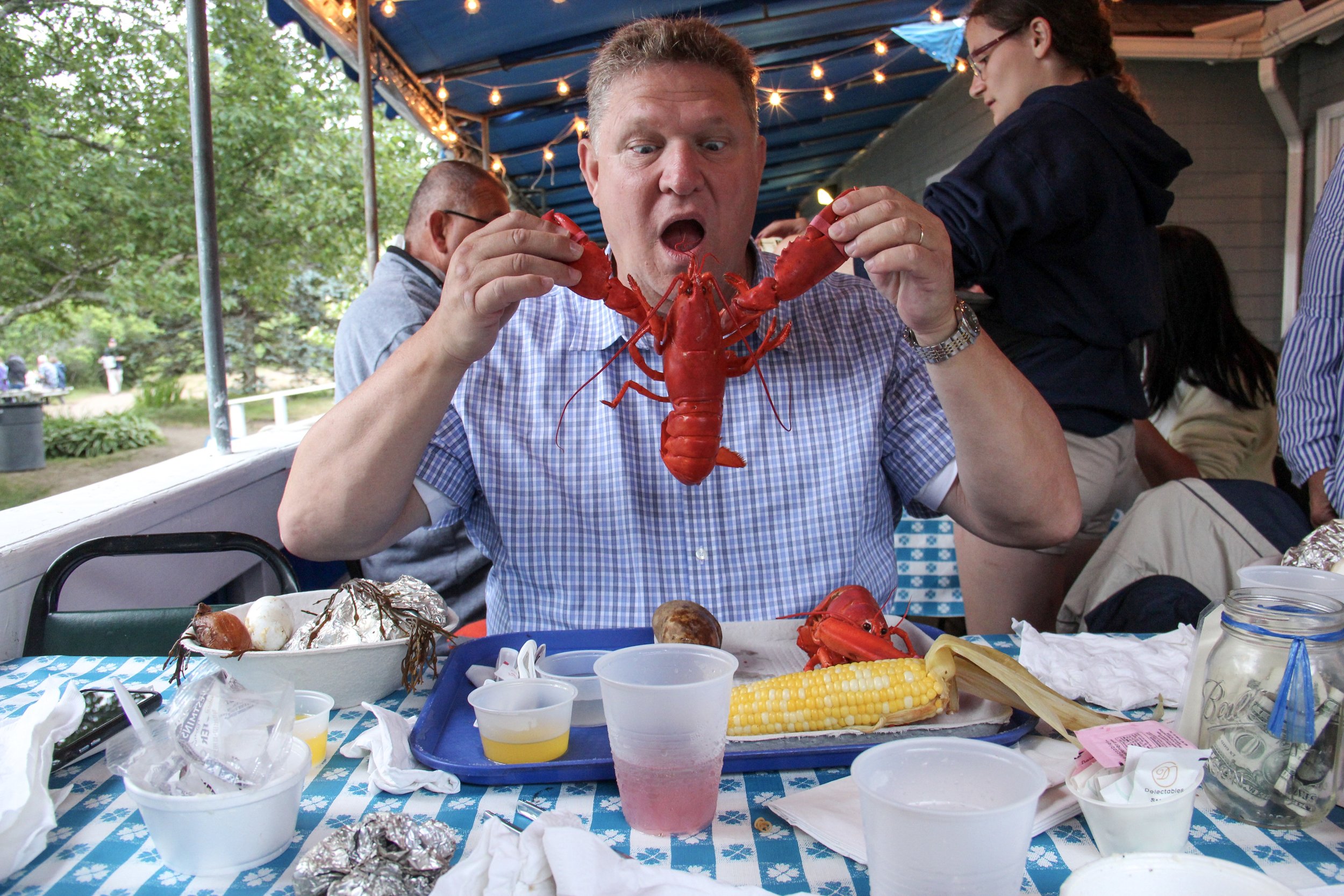
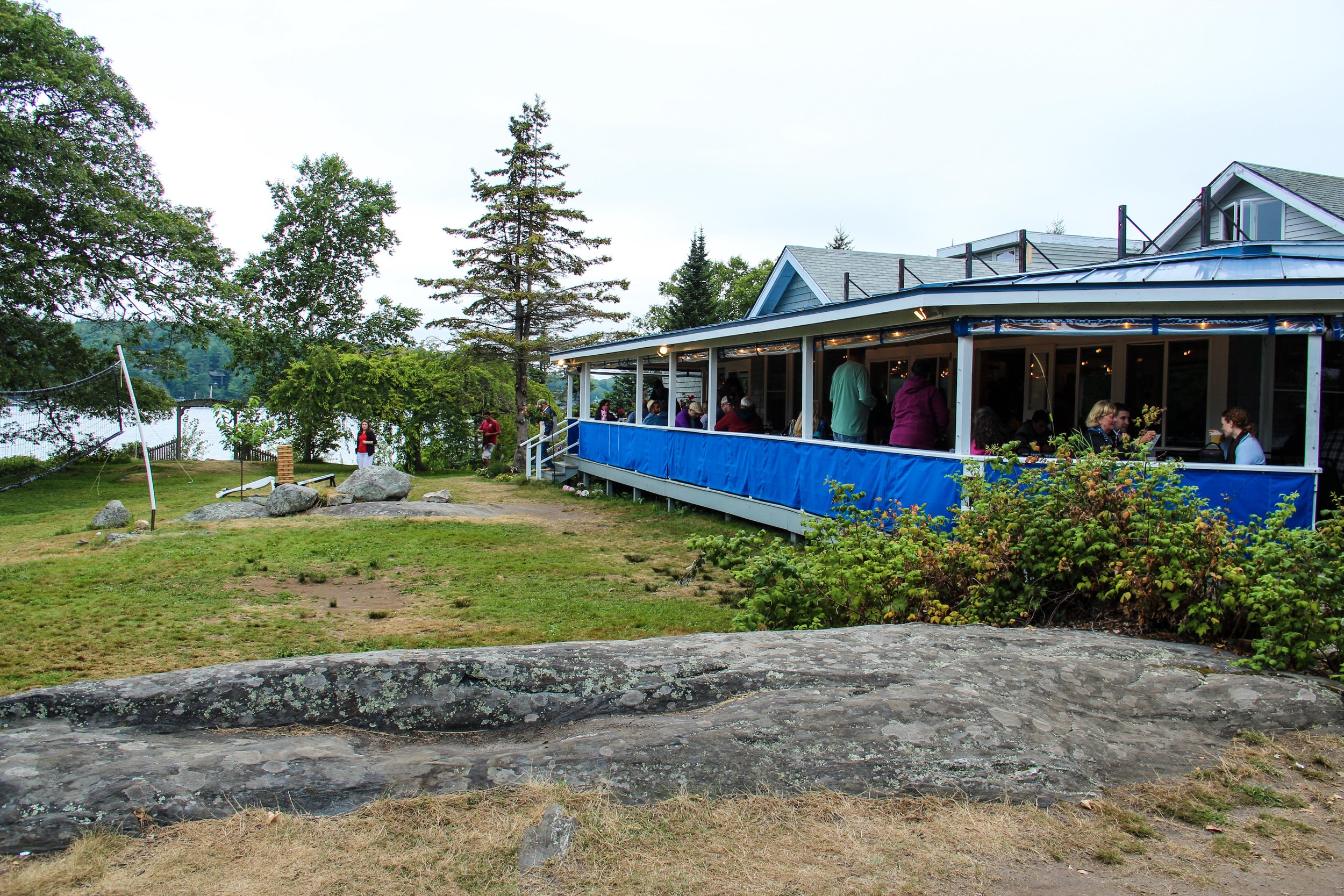
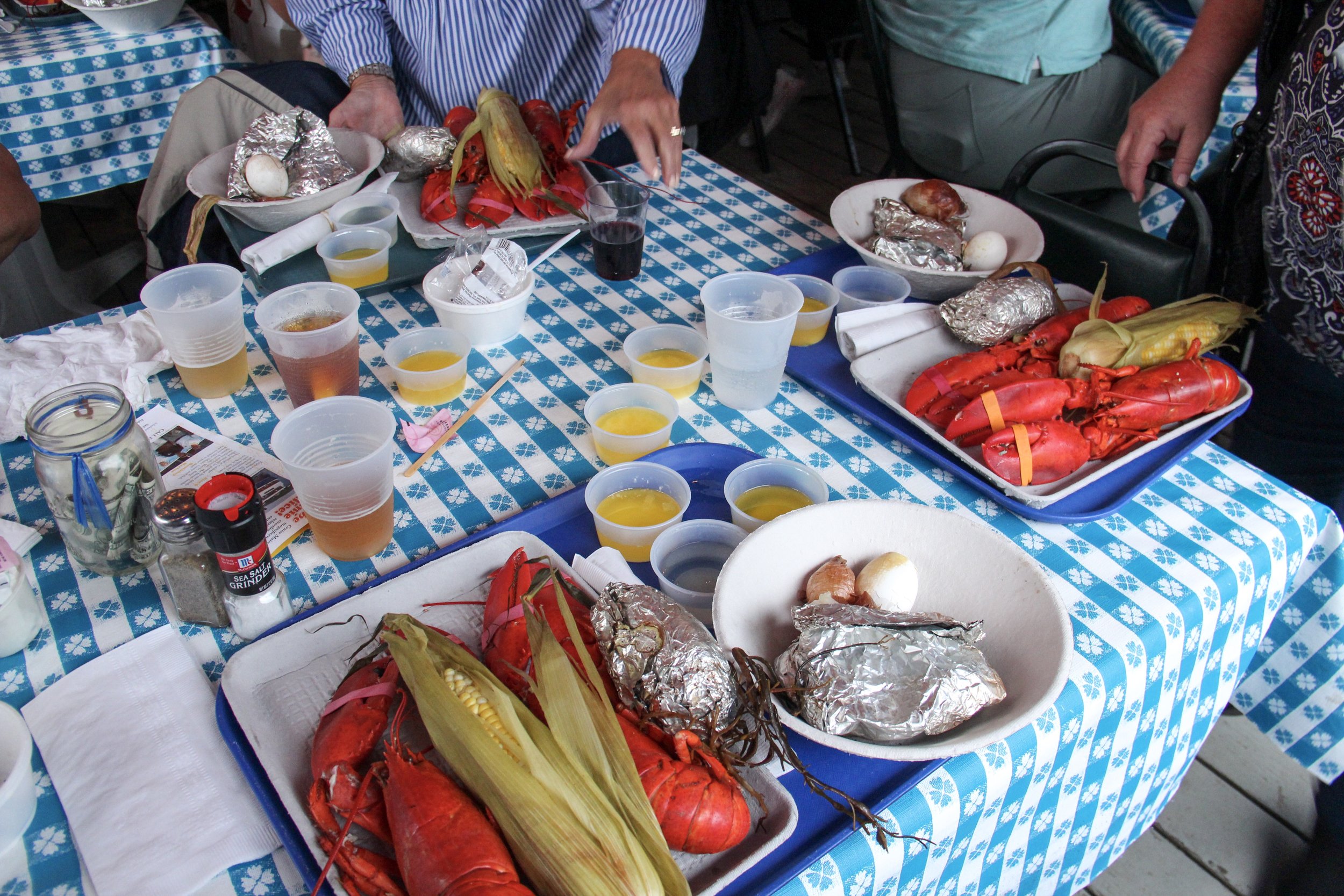
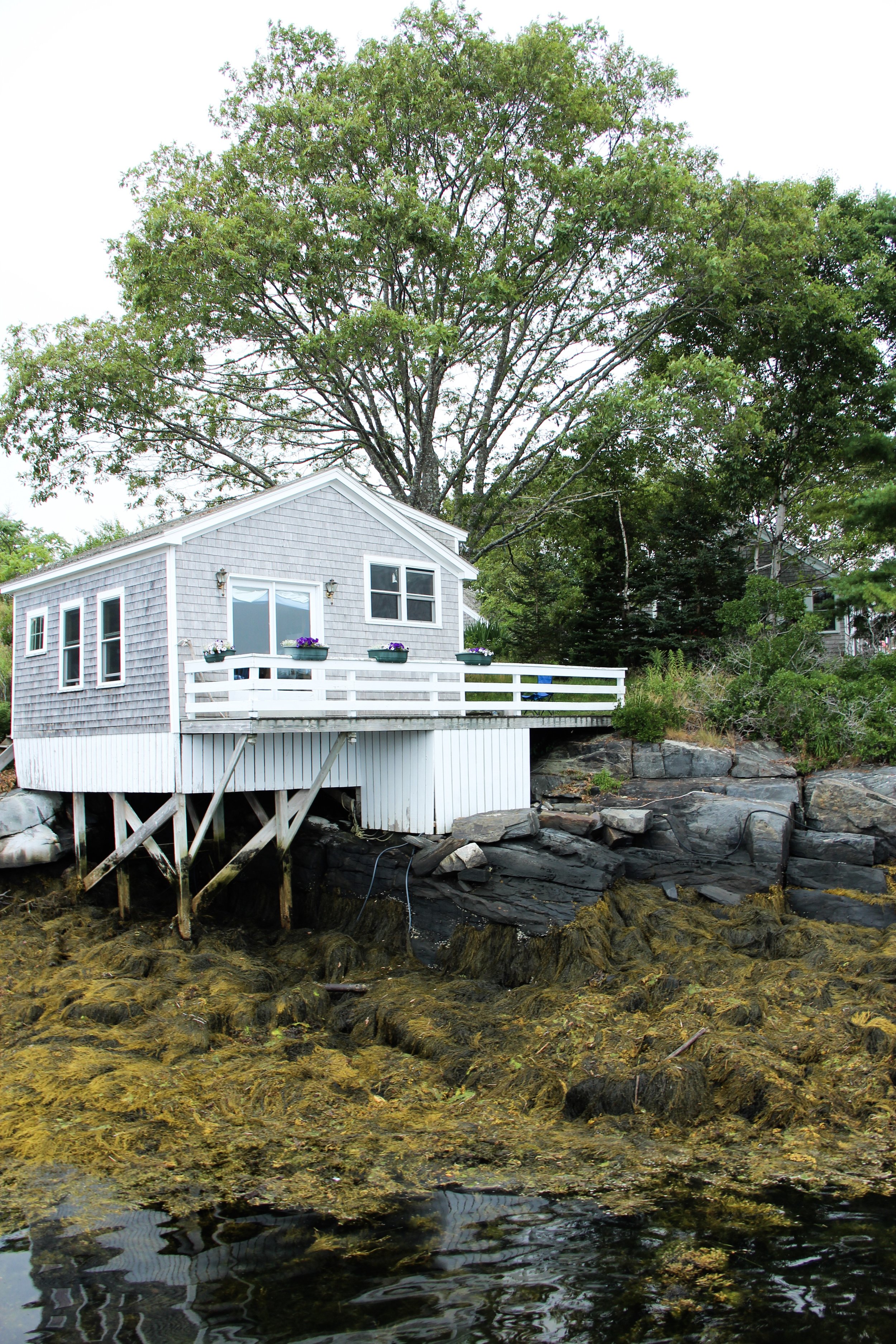
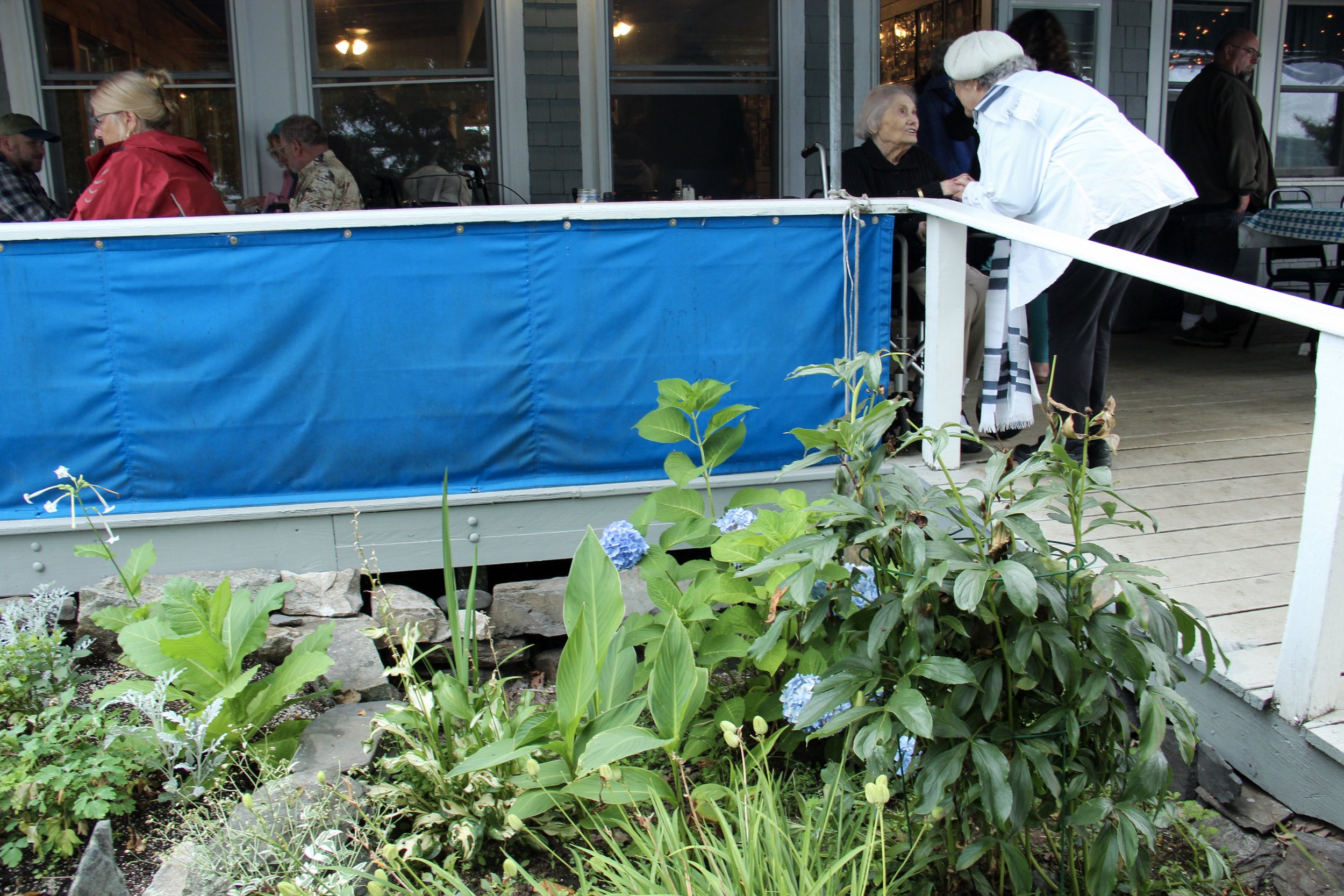
Bar Harbor
After an evening of sipping wine on our cottage’s porch while watching the fog roll over the Sheepscot River, we woke up early and hopped in the car for a two-hour drive north. Our destination: Jordan Pond in Acadia National Park and the town of Bar Harbor.
The scenic route took us through small towns and fields full of wildflowers. As we neared Acadia, the landscape changed—rolling hills became steeper and jagged cliffs lined the coast.
We’d made reservations at Jordan Pond House, a restaurant that’s been serving popovers and tea near the base of Jordan Pond since the 1890s. The local lobster stew, blueberry mojito, and—of course—a popover topped with butter made for the perfect lunch before a short walk around part of Jordon Pond. The only downside to this establishment? The parking situation is pretty bleak. We had to circle a series of two parking lots with no cell service for about 30 minutes before magically finding a spot. Give yourself plenty of time to get situated if you are driving to this restaurant.
The view from Jordan Pond House in Acadia National Park
Next we drove about 20 minutes to the town of Bar Harbor. It was bigger than we thought it would be, with several rows of shops, pubs, and restaurants. I’d suggest walking down to the water and then cutting up the Shore Path for some beautiful views of the coastline—you can spot this path on Google Maps. There are also whale watching cruises and scenic boat tours available off West Street.
Bar Harbor definitely caters to tourists—it’s packed with little inns and souvenir shops. There was even a cruise ship in the harbor when we arrived. But the town encompasses quintessential New England and we were glad we stopped by for the afternoon.
A glimpse of Bar Harbor, Maine
On our drive back toward Wiscasset, we took a slightly different route through the quaint town of Camden to get to our dinner reservations. The little village was surrounded by Victorian mansions that had been converted into B&Bs, each of which were glowing with warm lights as we drove by at dusk. Next time we visit Maine, I’d like to add Camden to the list!
Into Rockland we drove to eat at Primo, a restaurant situated on a working farm that prides itself on having a “full circle kitchen.” The dining area is in—you guessed it!—another converted Victorian mansion, complete with several intimate dining areas, a winding staircase, and two upstairs bars.
Primo describes its story best: “What started out as one chef and two cooks in the kitchen, one greenhouse and one acre of vegetables has now become a full staff of 60 with 2 greenhouses, over 200 laying chickens, 150 broiler chickens, 5 ducks, 15 pigs and 3 acres of vegetables continuously rotating throughout the season.” Everything we sampled was fresh, and every piece of the animal was used in one dish or another. You don’t have to be daring—there’s pasta and fish on the menu—but we did sample some pig ear and pig brain! Guess what? Tastes like bacon.
After a delicious last dinner in Maine, we drove the 40 minutes back to our cottage and took up our posts on the front porch. We watched as the nightly fog rolled through Wiscasset and fanned out over the river, like a blanket being spread over a sleepy village.
Tips for your Maine adventure:
We made a few reservations in advance, as Maine is much more populated during the summer season. The Cabbage Island Clambake, Jordan Pond House, and Primo Restaurant all require planning.
Give yourself a little time to just pull over and explore small towns. We did this once, but we missed a cute flea market because of our schedule!
Renting a car is basically mandatory. There’s not much public transportation.
On our next trip, I’d love to visit a brewery, do a whale watching tour, and take a hike up Cadillac Mountain! But I’m happy with what we accomplished in three nights :)
I always travel with a quick-dry towel, Band-Aids, a travel guide, and a portable battery for my phone.

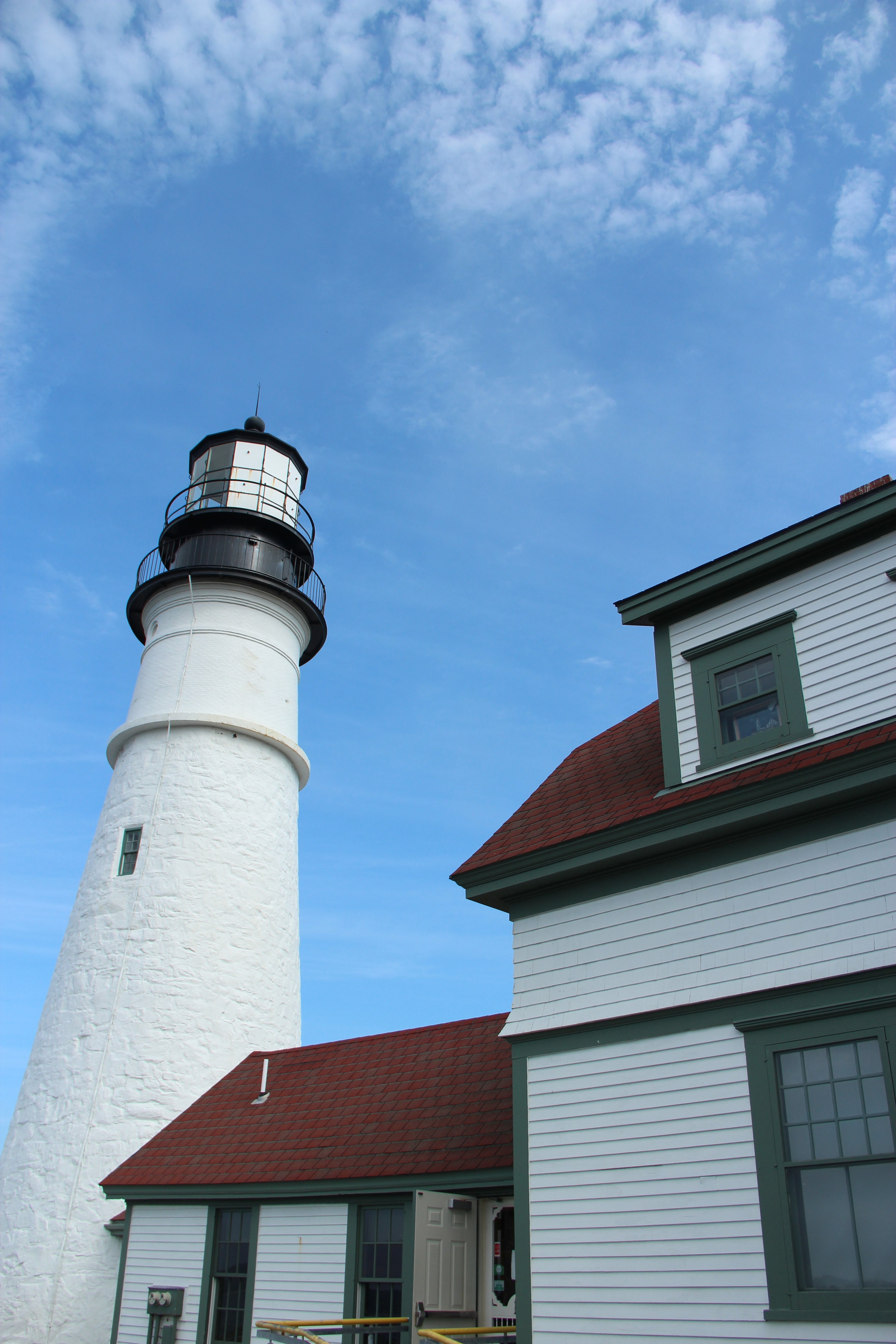

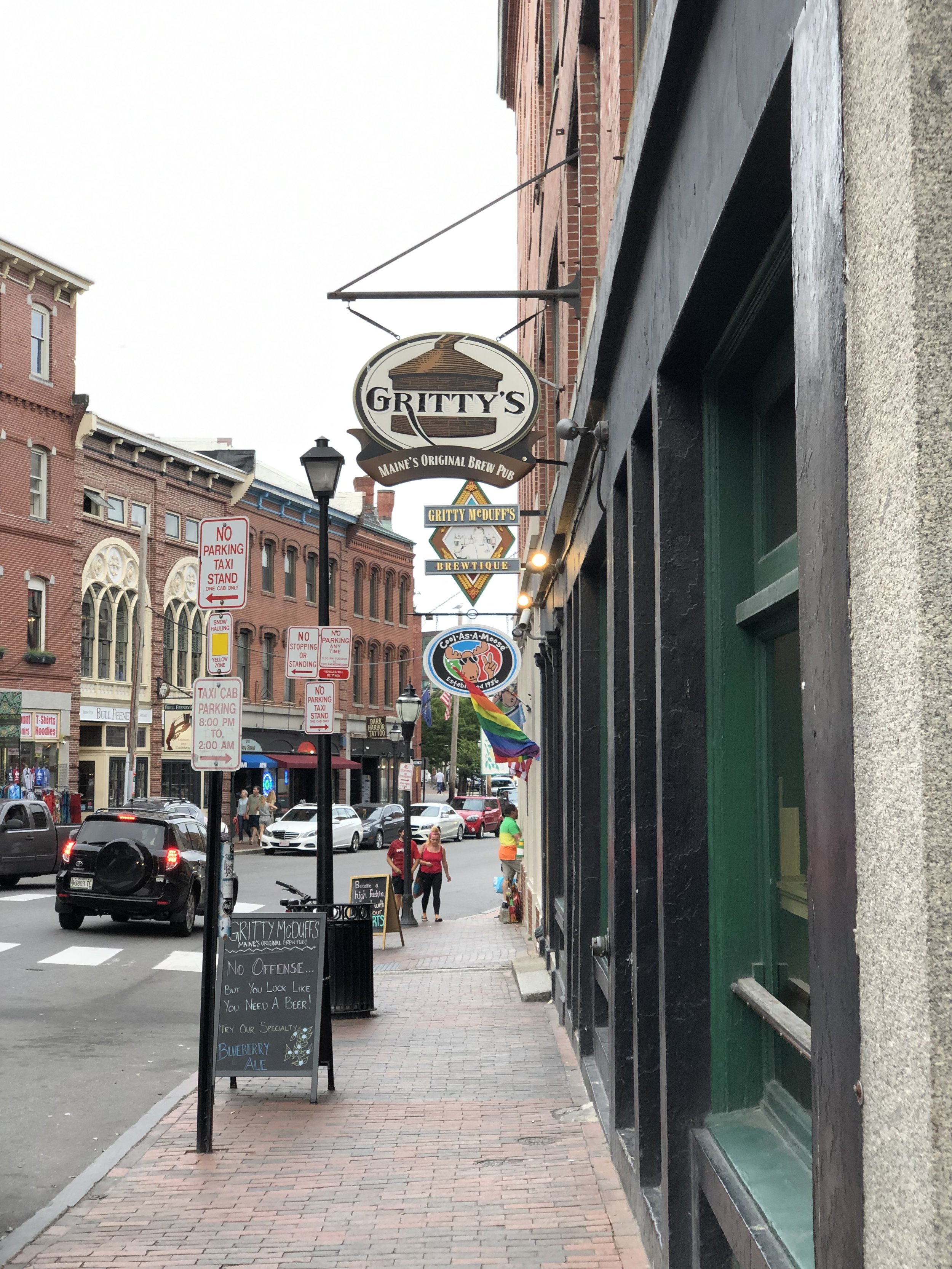

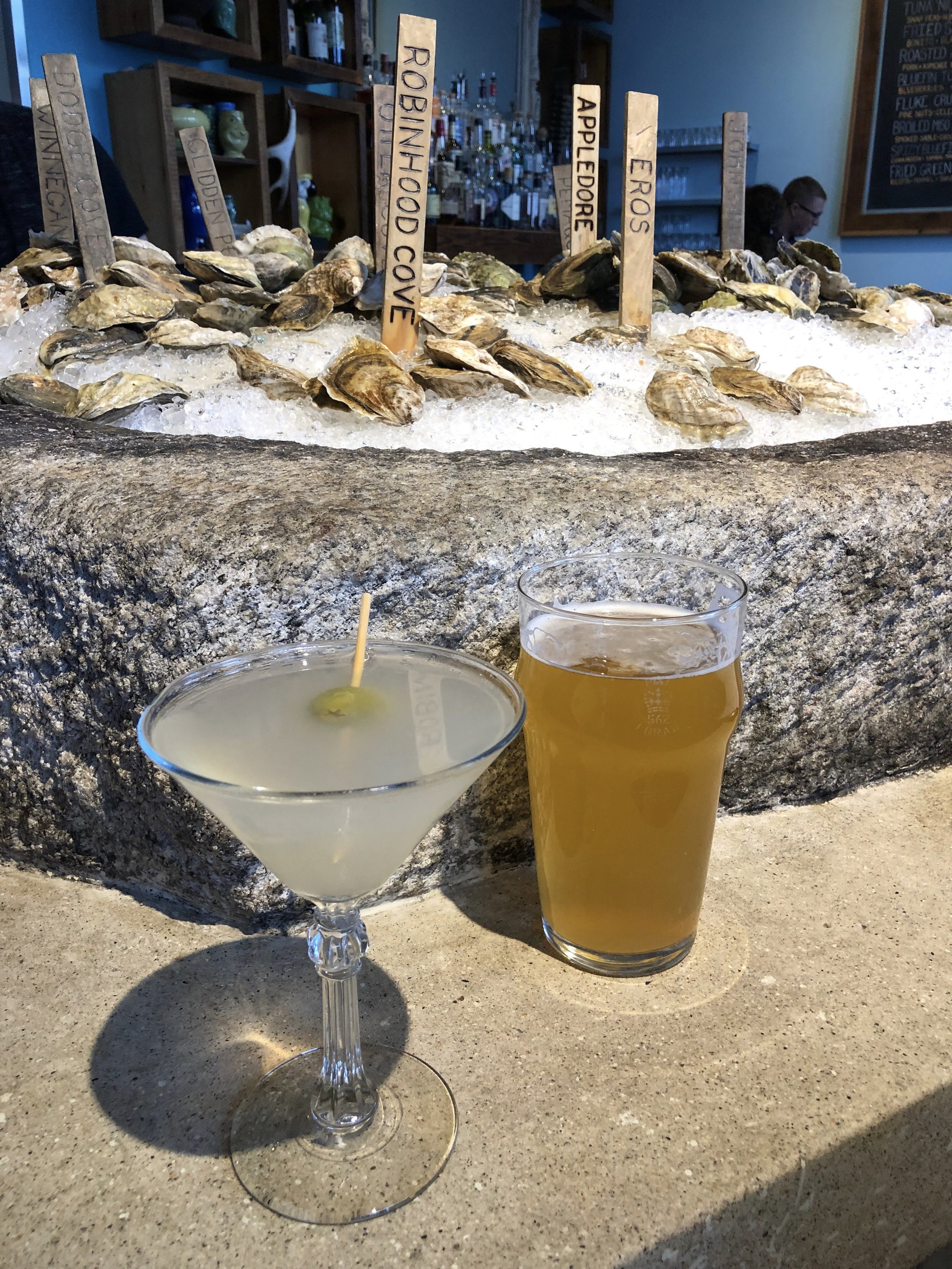
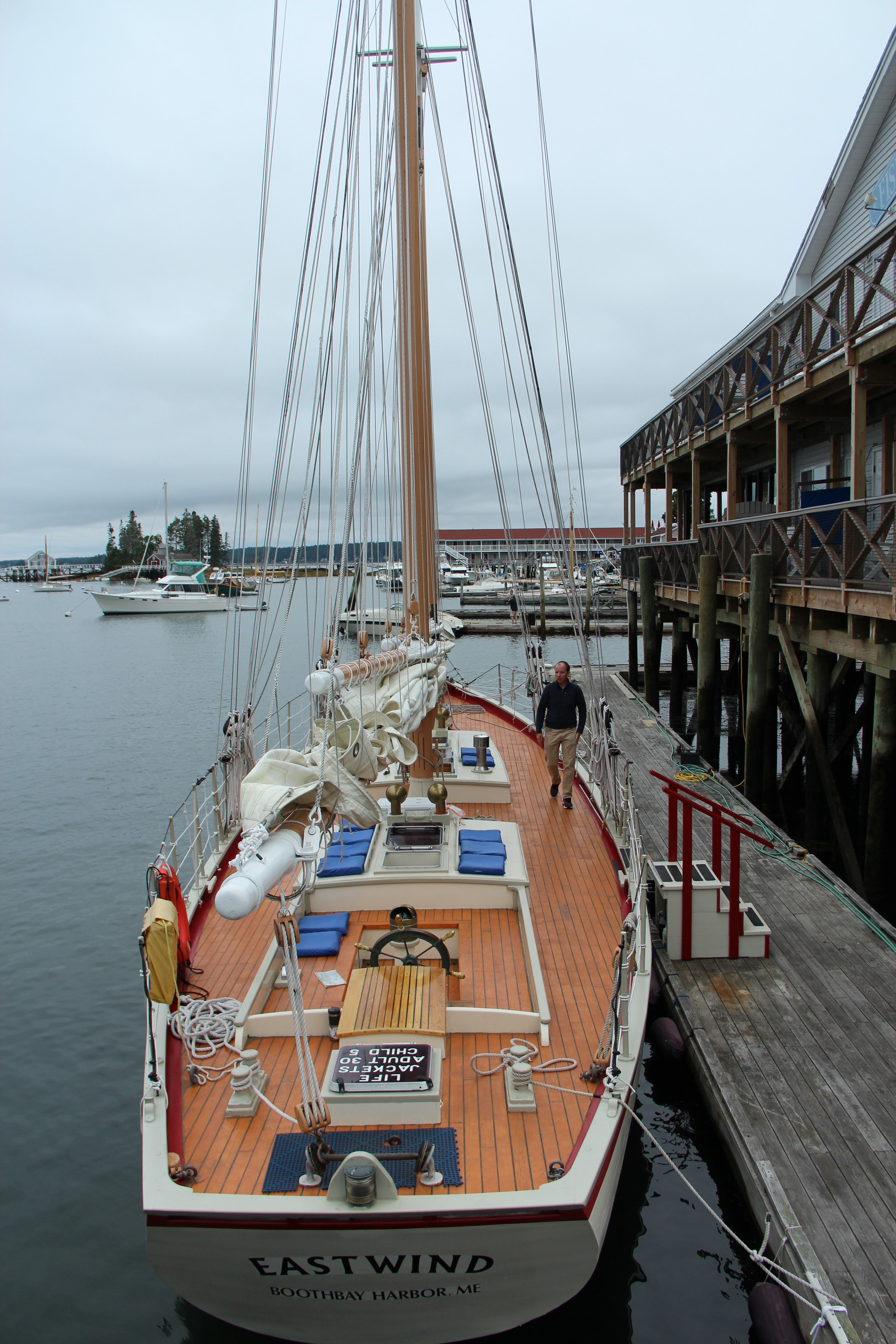


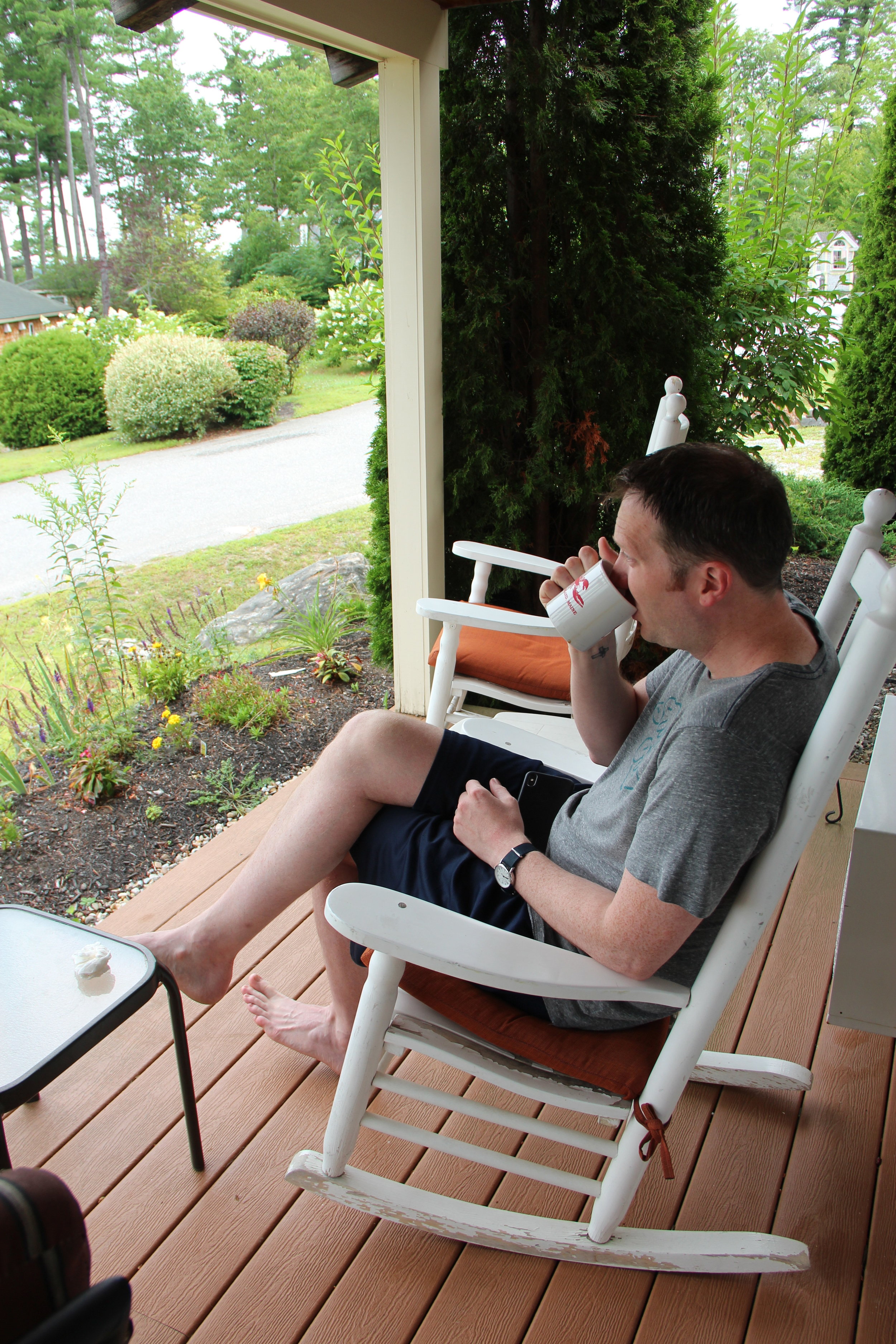



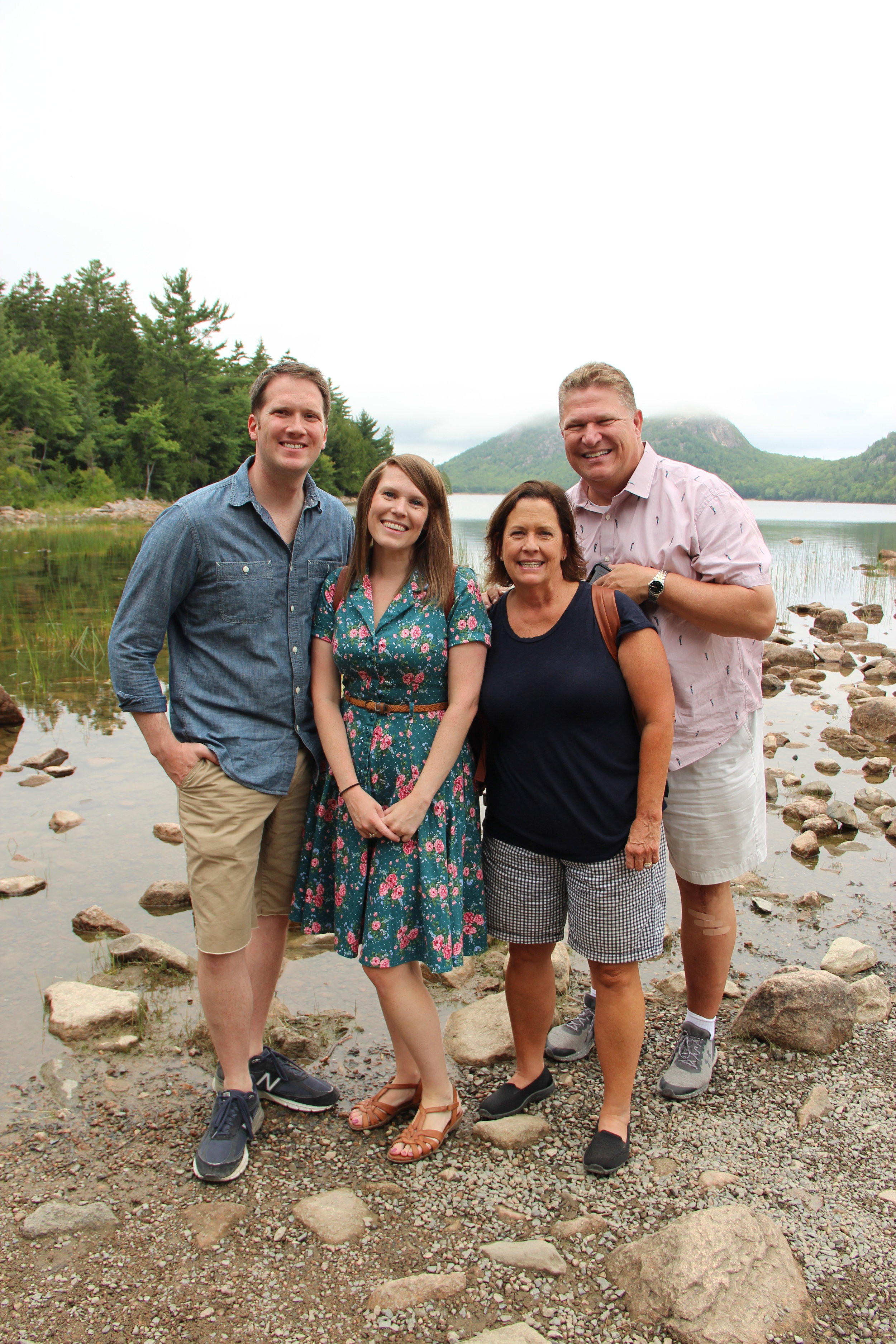
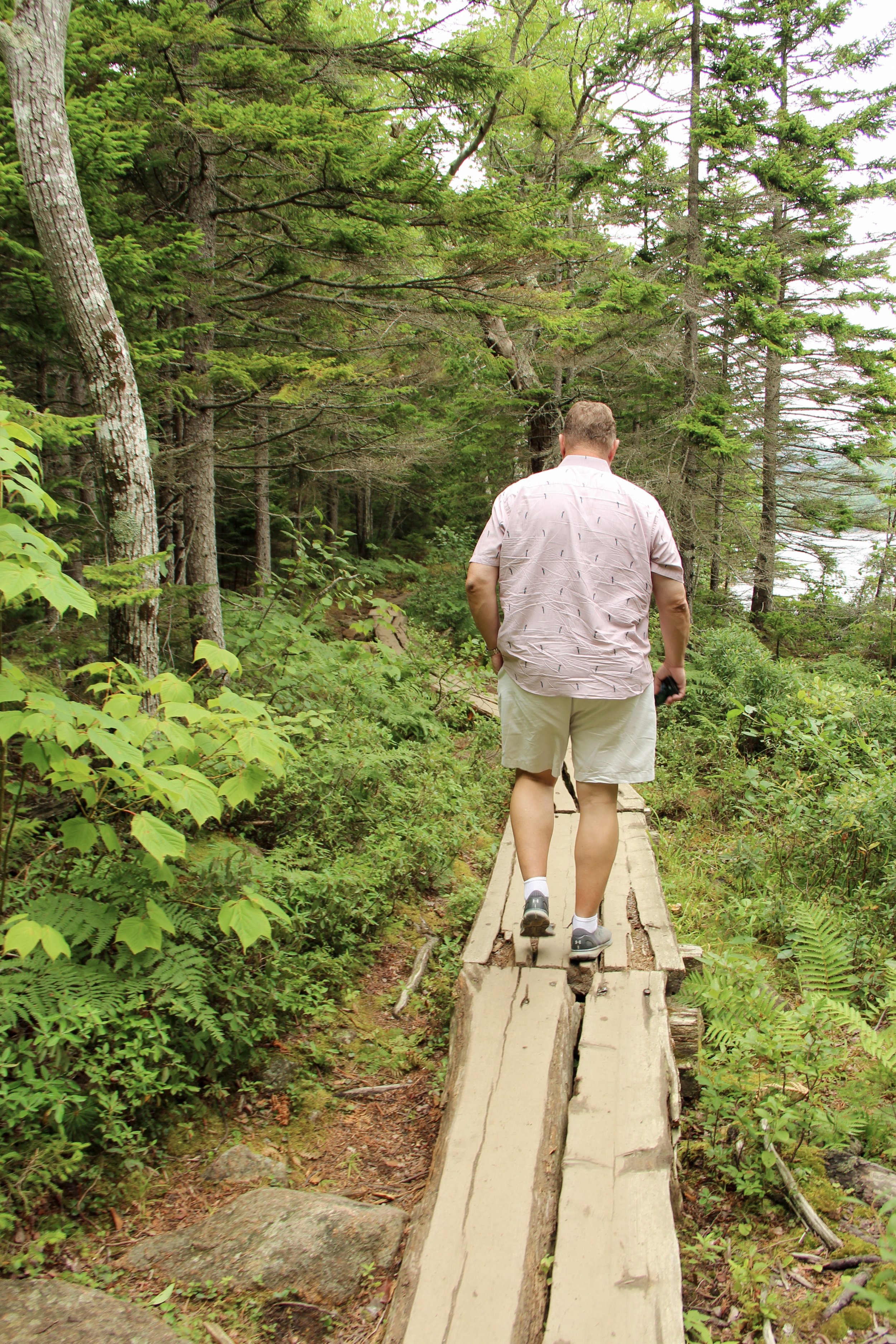
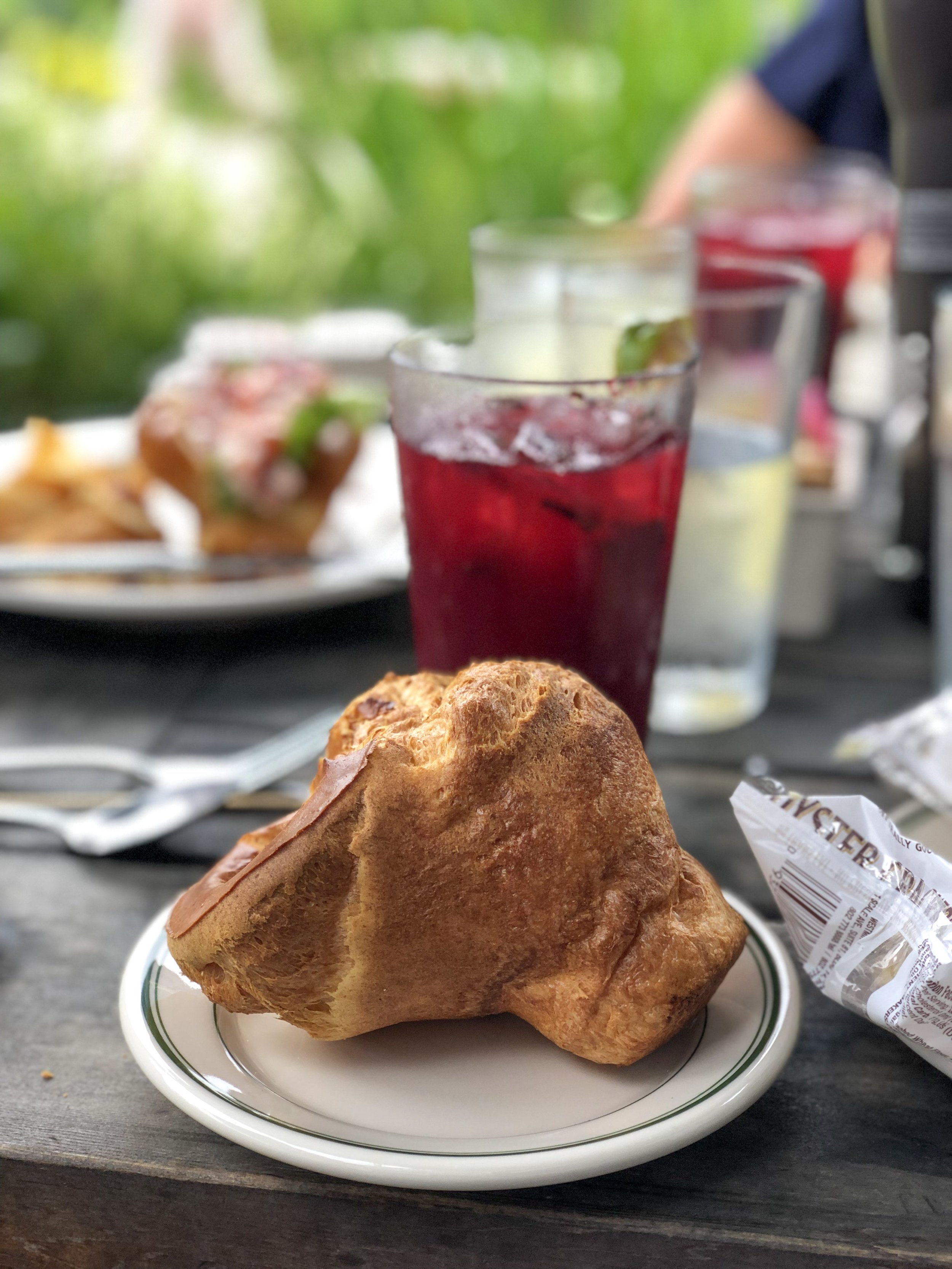
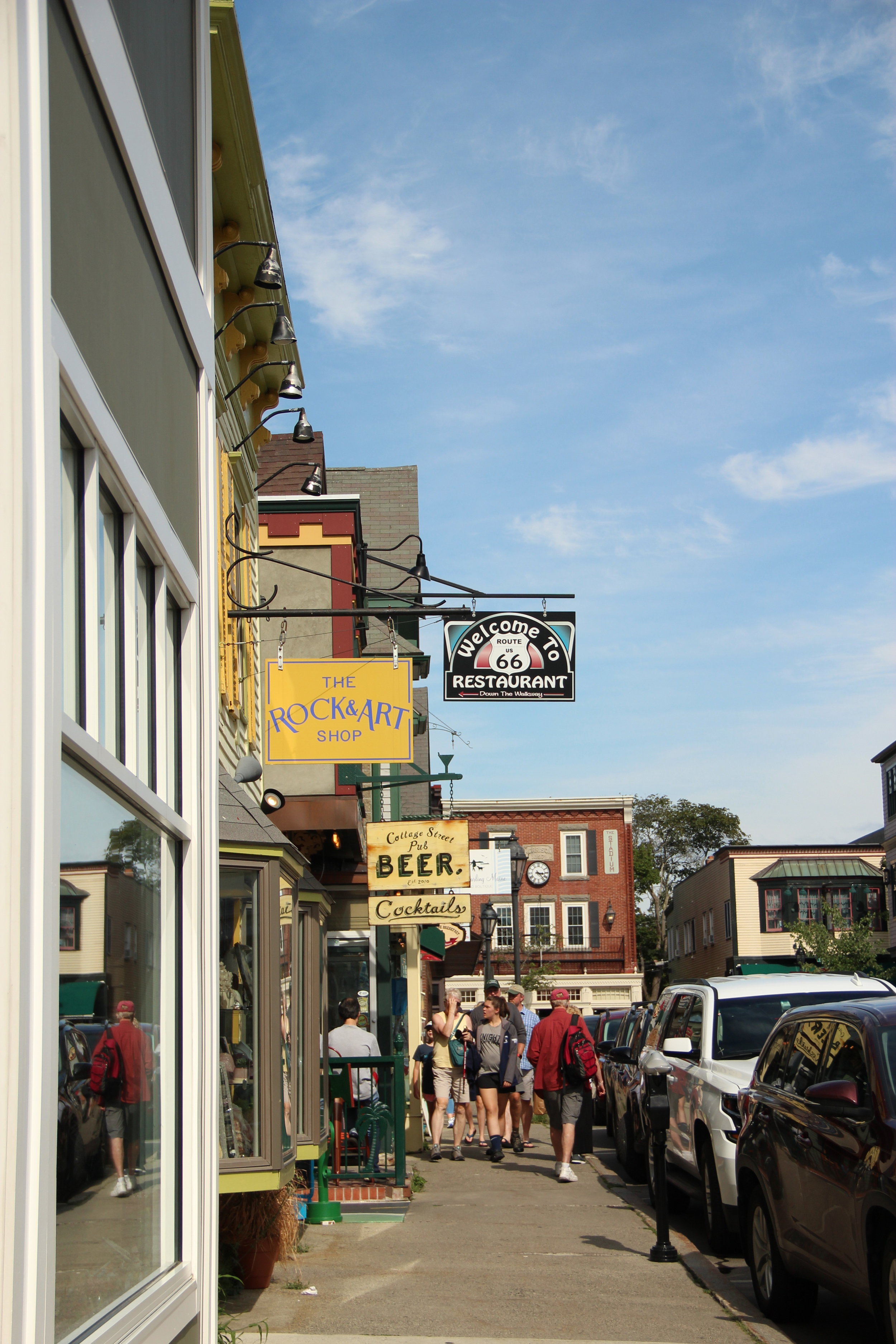
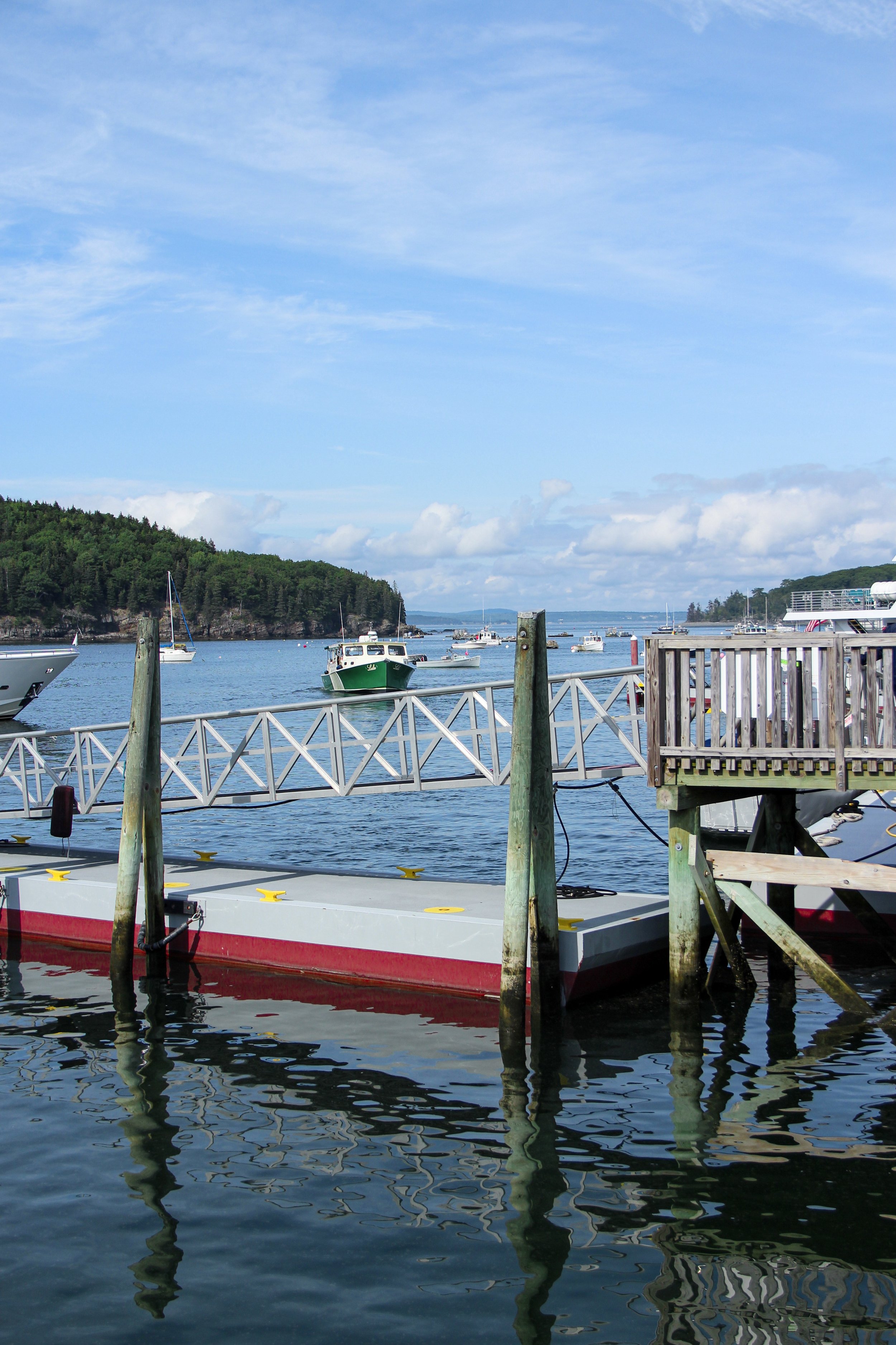
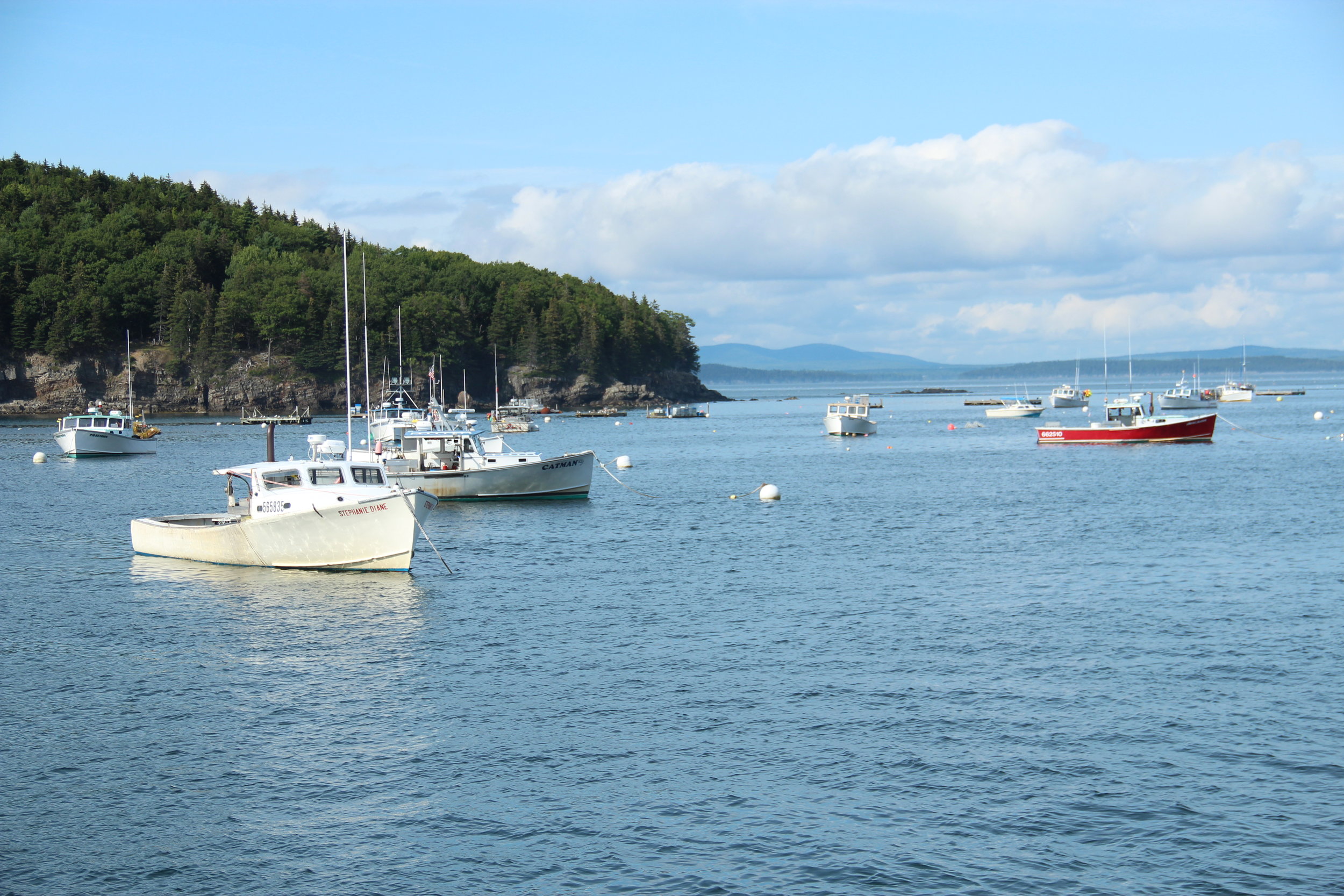
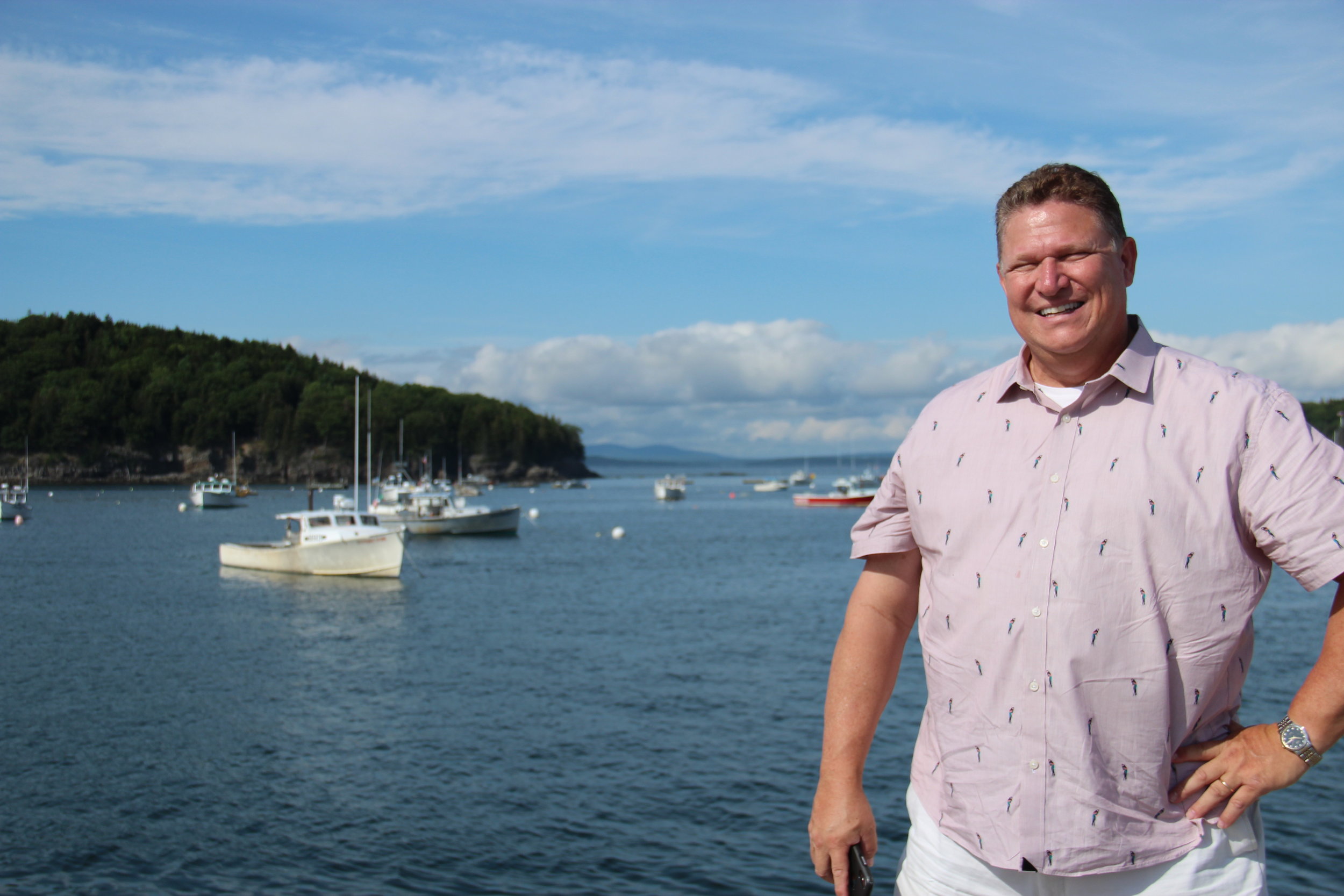


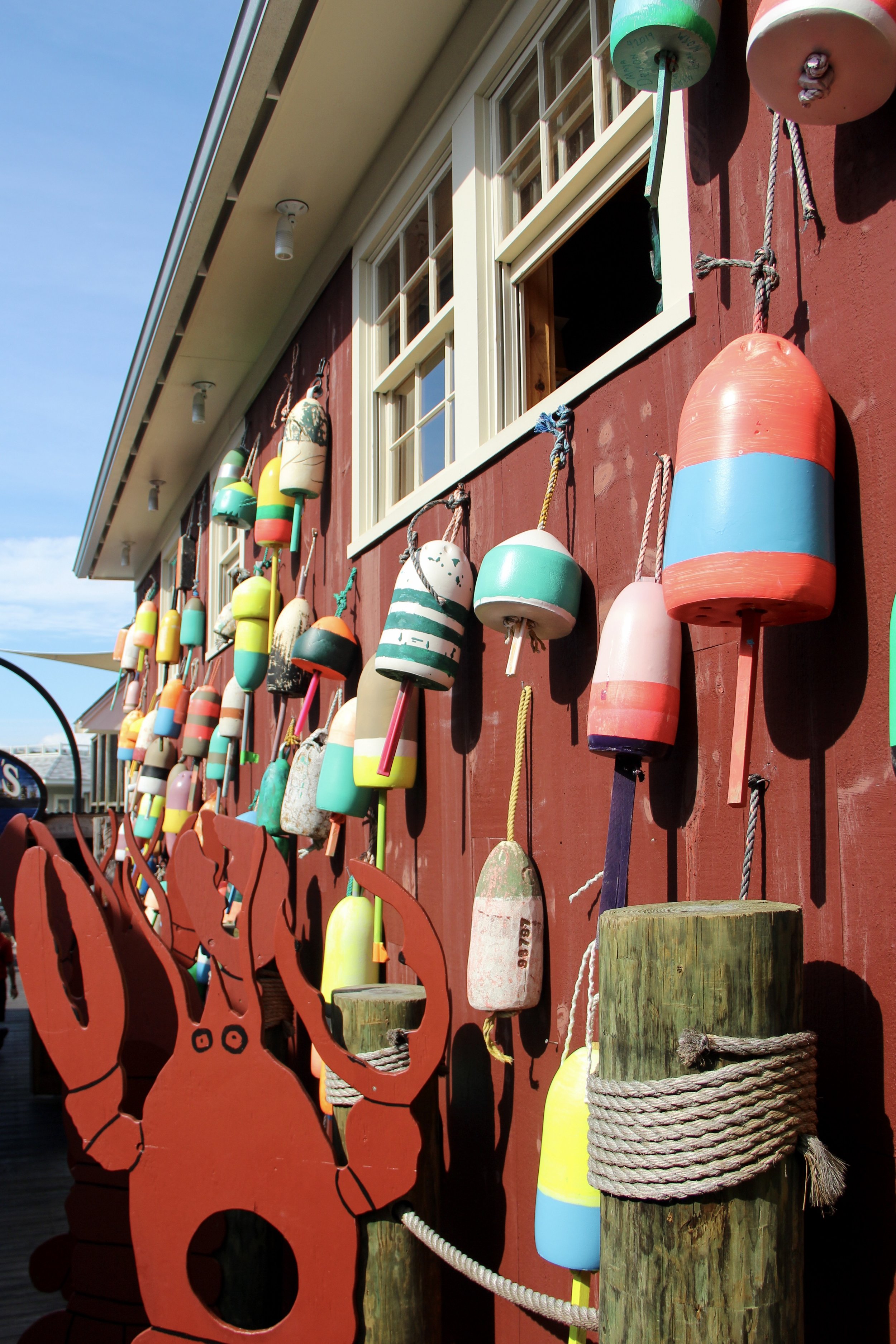
“Maine is a beautiful place that I paradoxically want to hoard to myself and share with everyone I meet.”




